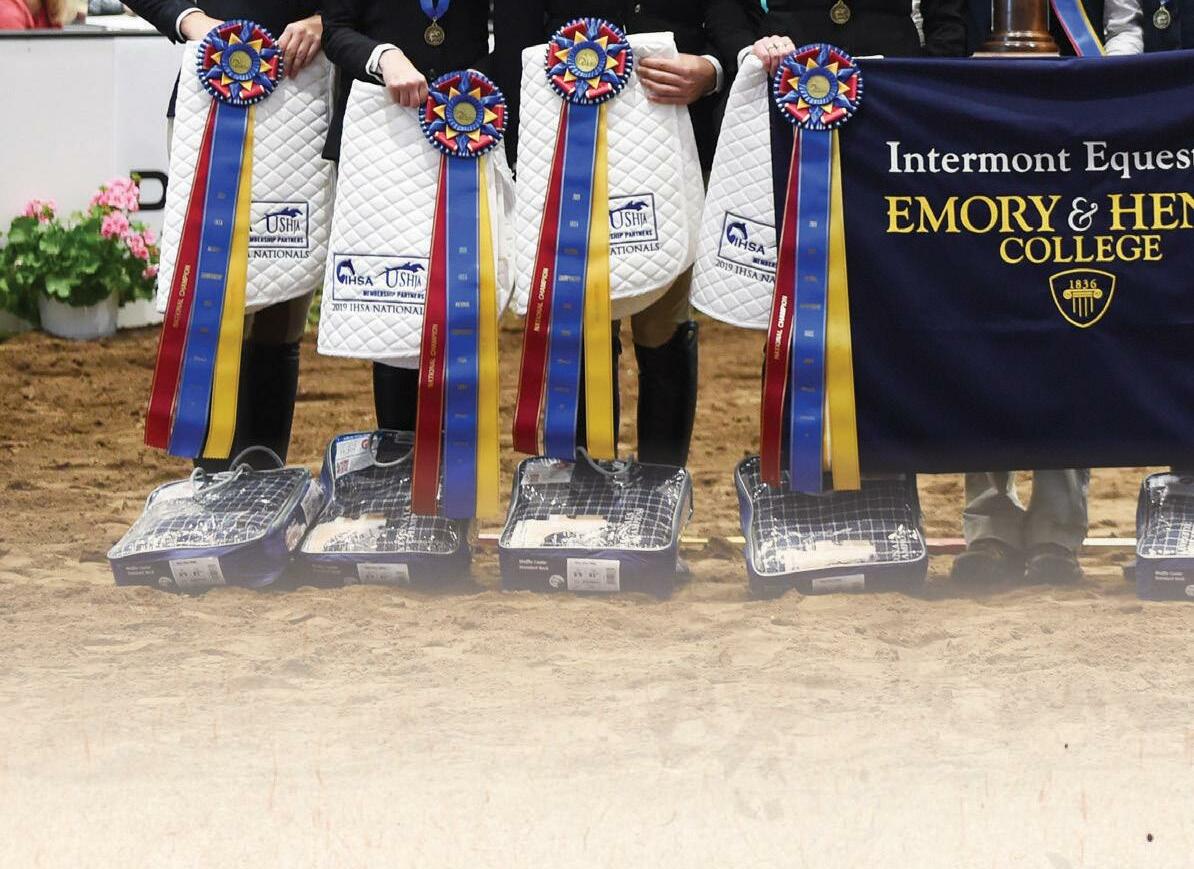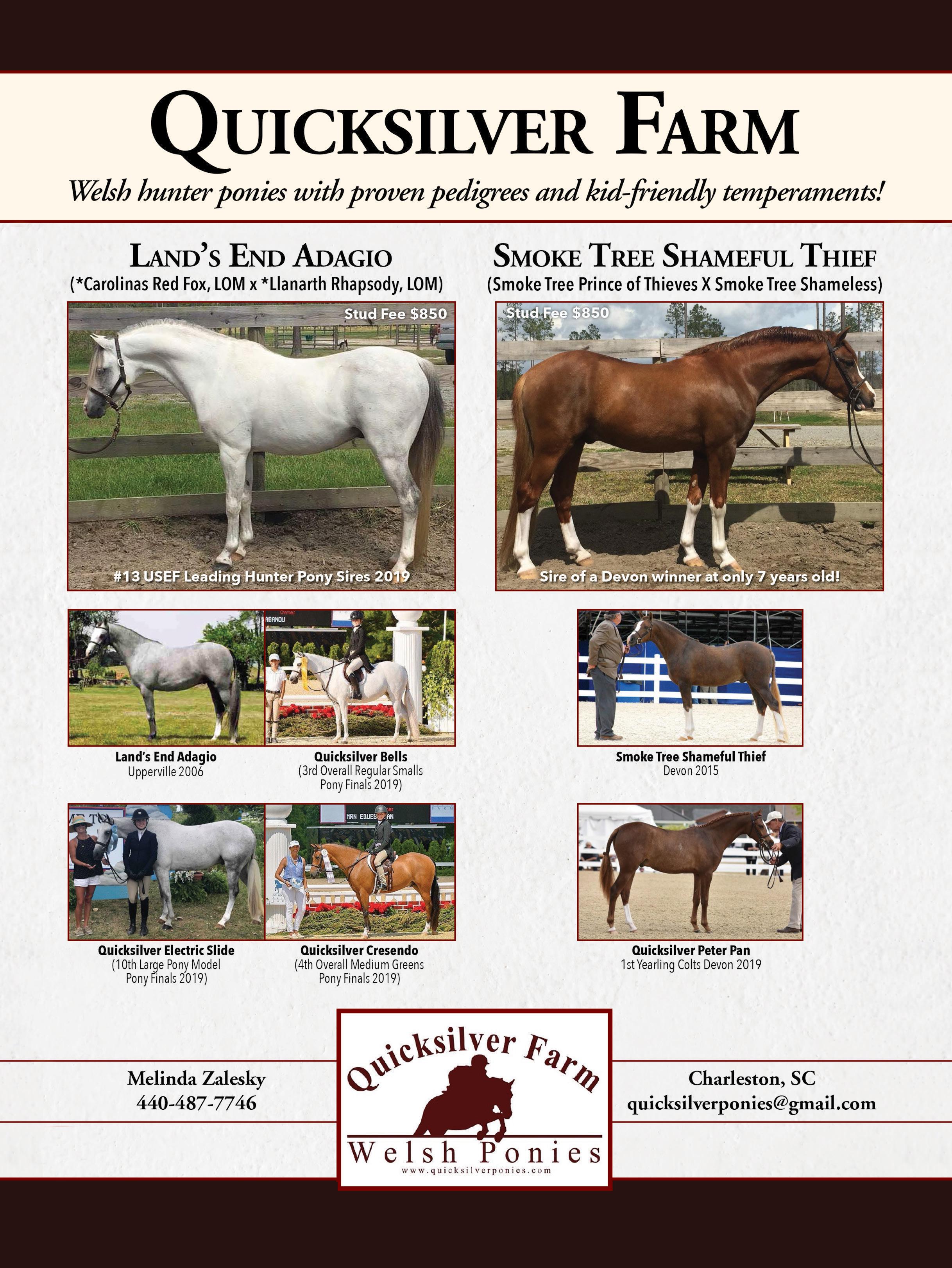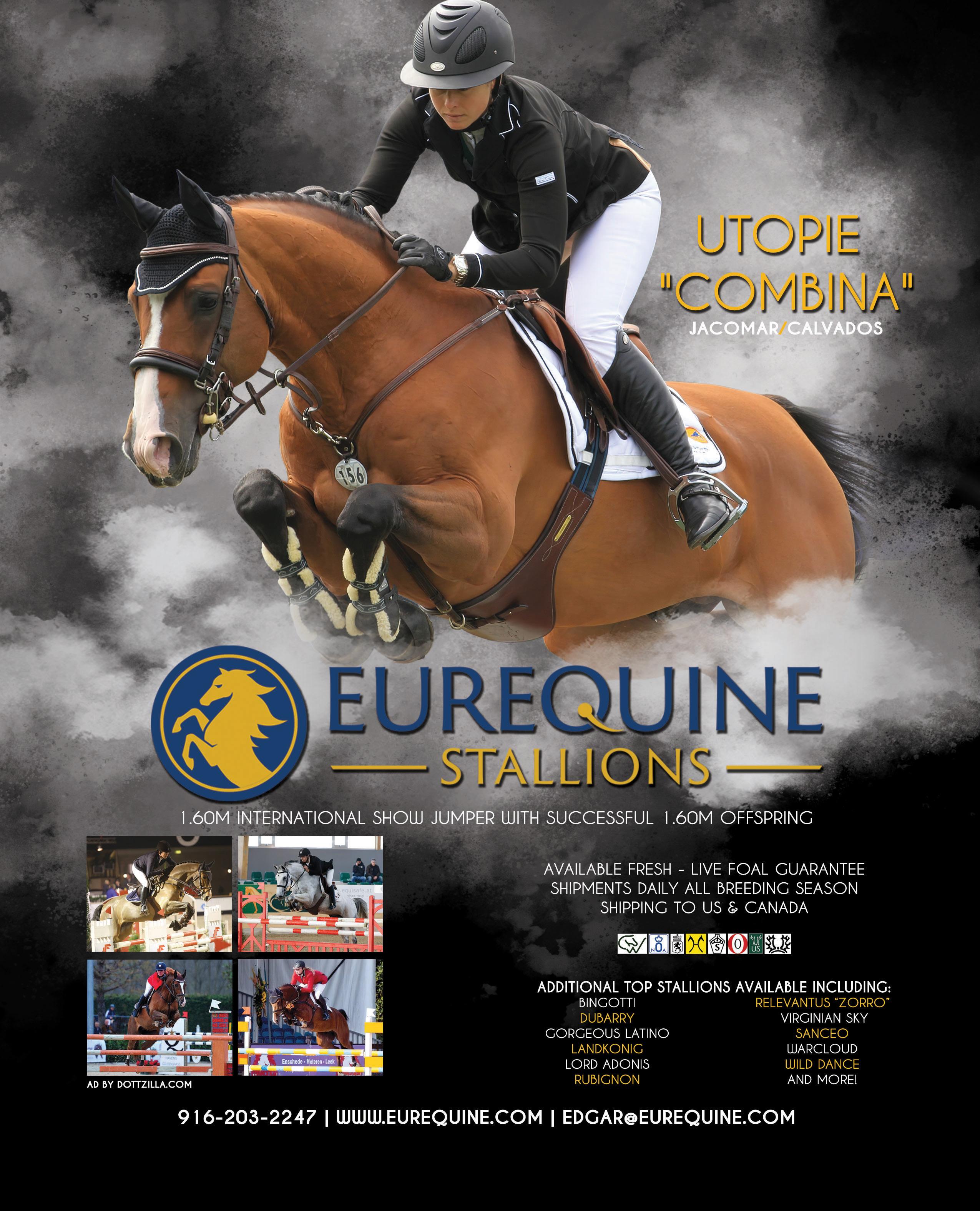






















































Business and Bias in the Equestrian Industry Grit, Toughness, and Contemporary Equestrian Coaching English Riding: History, Culture, and Industry Evolution

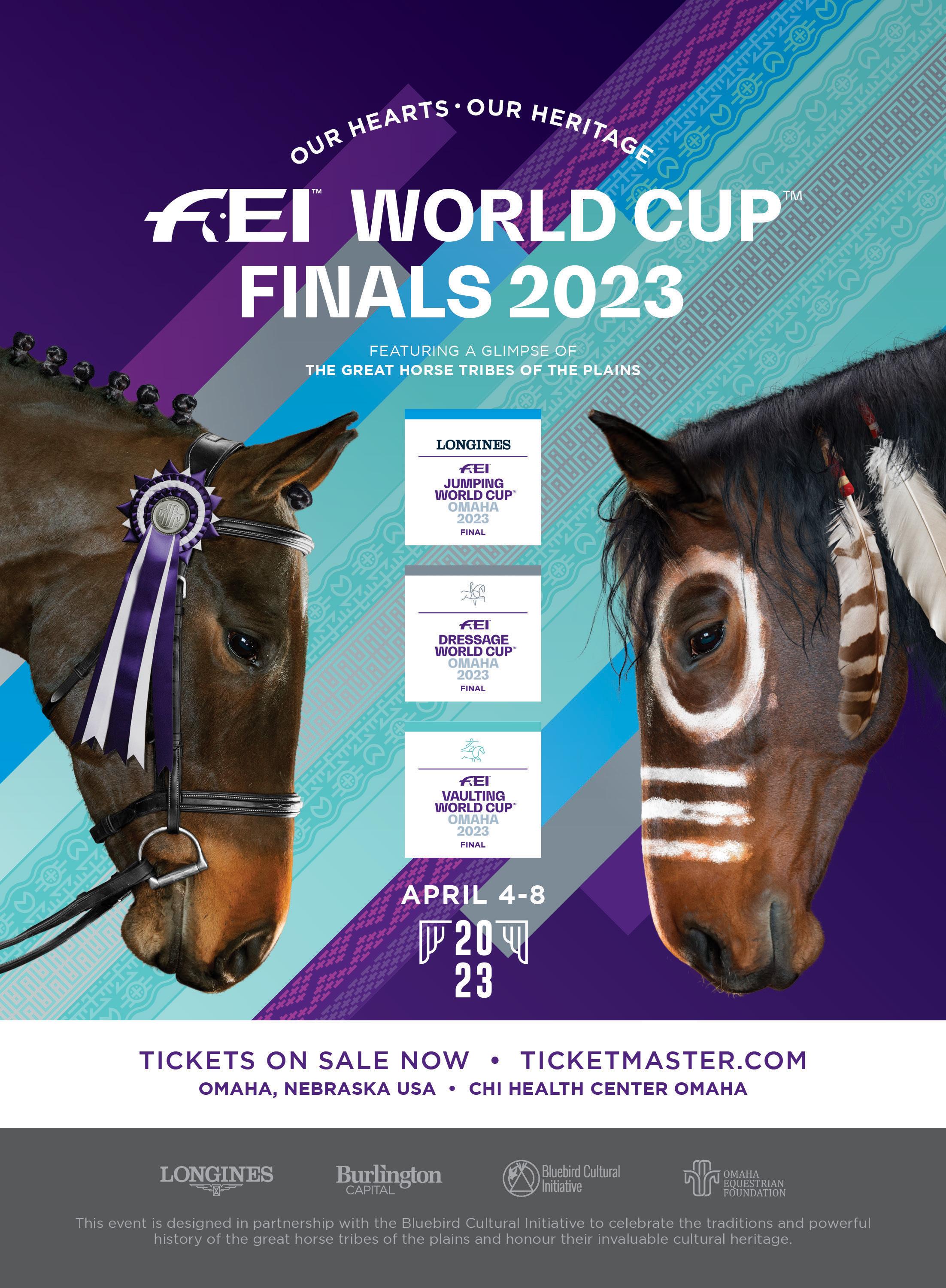








THE
BRITISH HORSE SOCIETY (BHS)


CENTER
offers world-class equine qualifications, quality instruction and care, and a strong voice in rider and horse safety.

Recognized in 32 countries worldwide, join the BHS at SBS and take your equestrian career to the next level.
offers world-class equine qualifications, quality instruction and care, and a strong voice in rider and horse safety. Recognized in 32 countries worldwide, join the BHS at SBS and take your equestrian career to the next level. For equestrians aged 17 or older with both day and boarding options available.
For equestrians aged 17 or older with both day and boarding options available.
Stoneleigh-Burnham School Equestrian Center
MORE AT SBSCHOOL.ORG/
LEARN MORE AT SBSCHOOL.ORG/ EQUESTRIAN
EQUESTRIAN THE BRITISH HORSE SOCIETY (BHS) INTENSIVE CERTIFICATION PROGRAM AT STONELEIGH-BURNHAM SCHOOL (SBS) EQUESTRIAN CENTER BRITISH HORSE SOCIETY INTENSIVE CERTIFICATION PROGRAM
574 Bernardston Road | Greenfield, MA 01301 | (413) 773-8333 sbschool.org/equestrian
574 Bernardston Road | Greenfield, MA 01301 | (413) 773-8333 sbschool.org/equestrian
Imagine taking a riding lesson in between science and English class. Whether a beginner or competing on a national level, Foxcroft School supports every girl’s passion for riding. Riders of all skill levels can find joy in our top-tier equestrian program and 500-acre campus. Girls new to riding will have an exciting world of horsemanship to explore under the guidance of our expert instructors. Experienced riders can qualify for our Exceptional Proficiency (EP) program and train for greatness while receiving an outstanding education.
“Riding with Foxcroft and competing down at the Winter Equestrian Festival in Florida

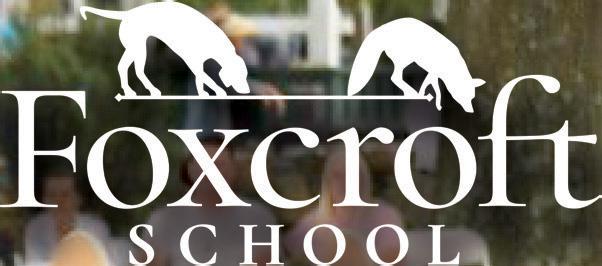



“Riding with Foxcroft and competing down at the Winter Equestrian Festival in Florida has given me an unbelievable experience in the horse world that I will never forget. I have grown so much in my riding abilities and confidence.”
— Georgia R. ’22
A boarding and day school for girls in grades 9-12 & post-grad
©Anne Gittens Photography

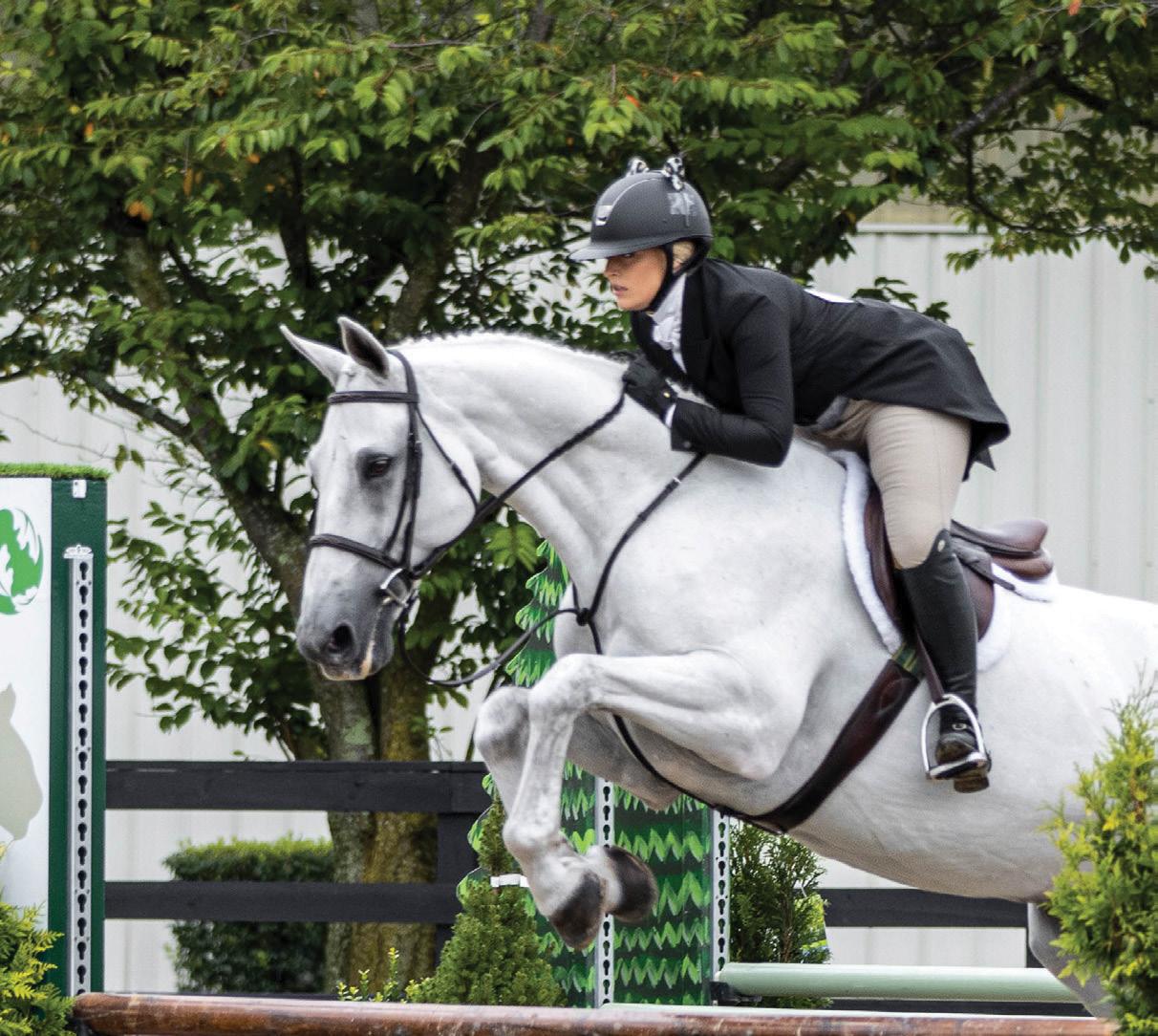



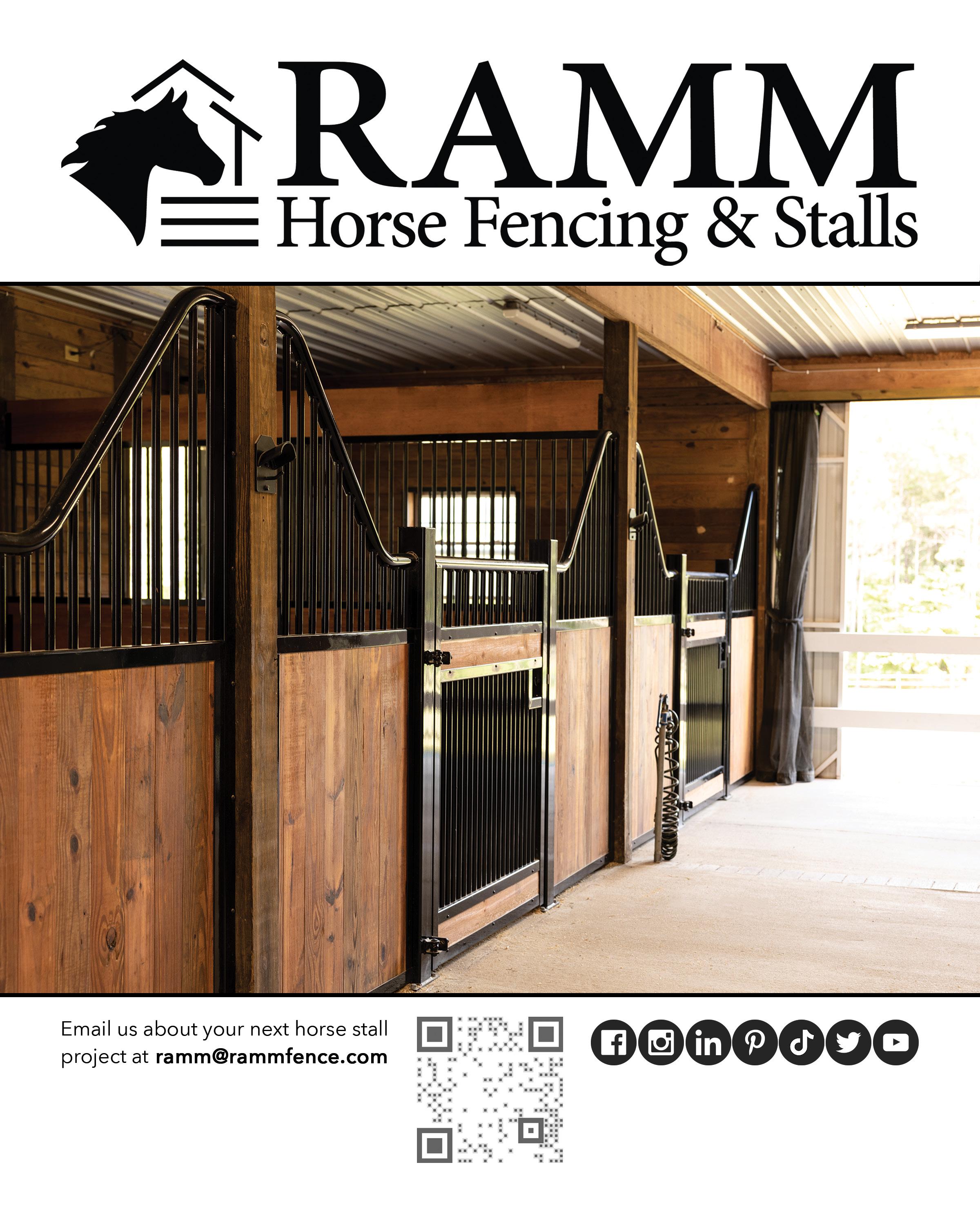

• World-class equestrian center
• Exceptional equestrian studies program
• National championship team
• World-class equestrian center
• Exceptional equestrian studies program
Your future is bright at SCAD.
• National championship team
Your future is bright at SCAD.

To learn more about SCAD equestrian or explore other award-winning programs, visit scad.edu or email admission@scad.edu.
To learn more about SCAD equestrian or explore other award-winning programs, visit scad.edu or email admission@scad.edu.
Science + Love. Helping Horses Thrive.
Our Purina PhD Nutritionists tackle problems using science. And our love of horses keeps us at it until we get it right. Even with our most established feeds, we keep innovating. Even when it takes years of research, we don’t stop until it’s right. We’re dedicated to the scientific method, but it can’t capture the feeling of seeing a horse reach their full potential. It takes science and love to help your horse live their best life.
Put our research to the test at HorseInnovation.com


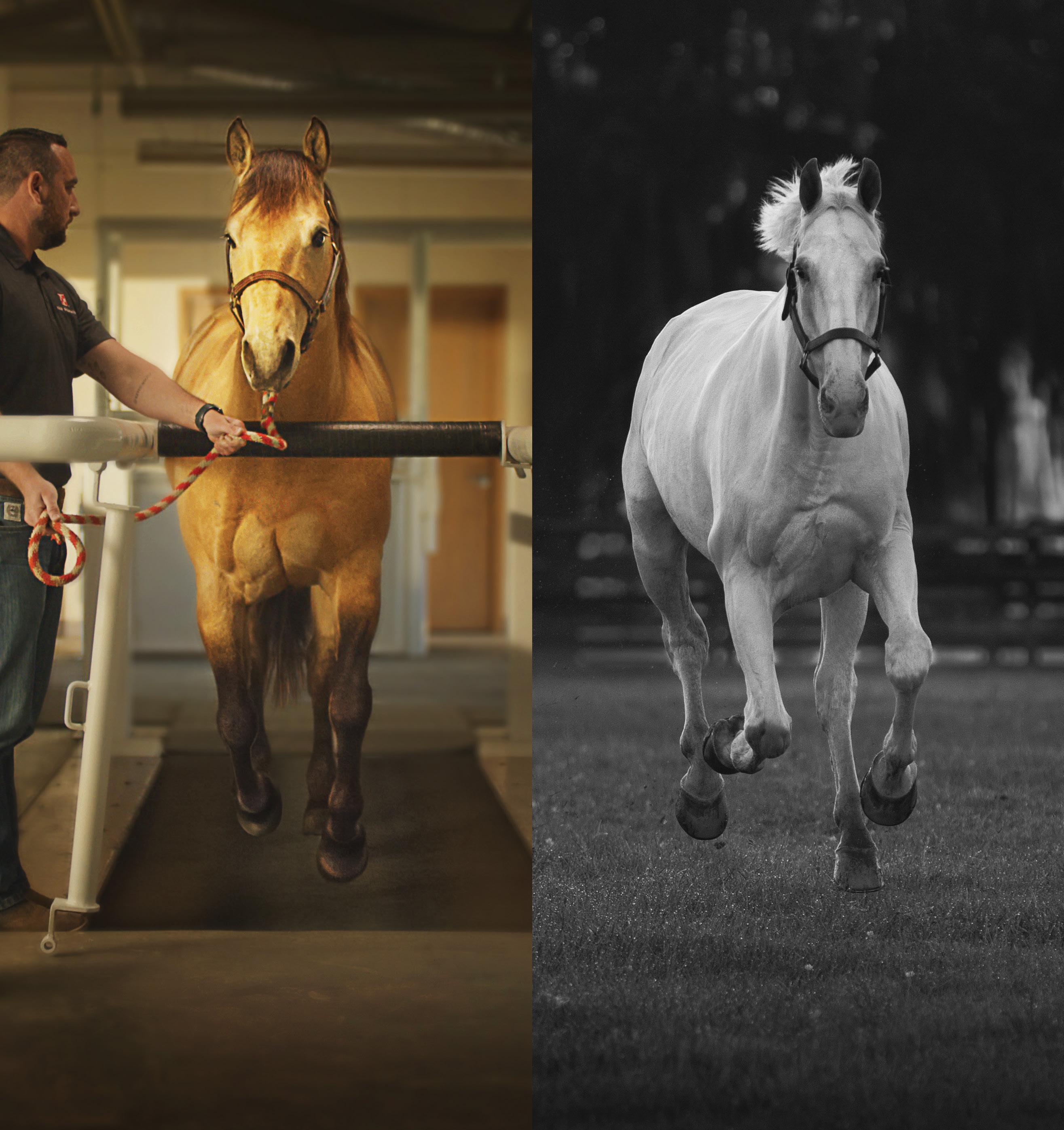
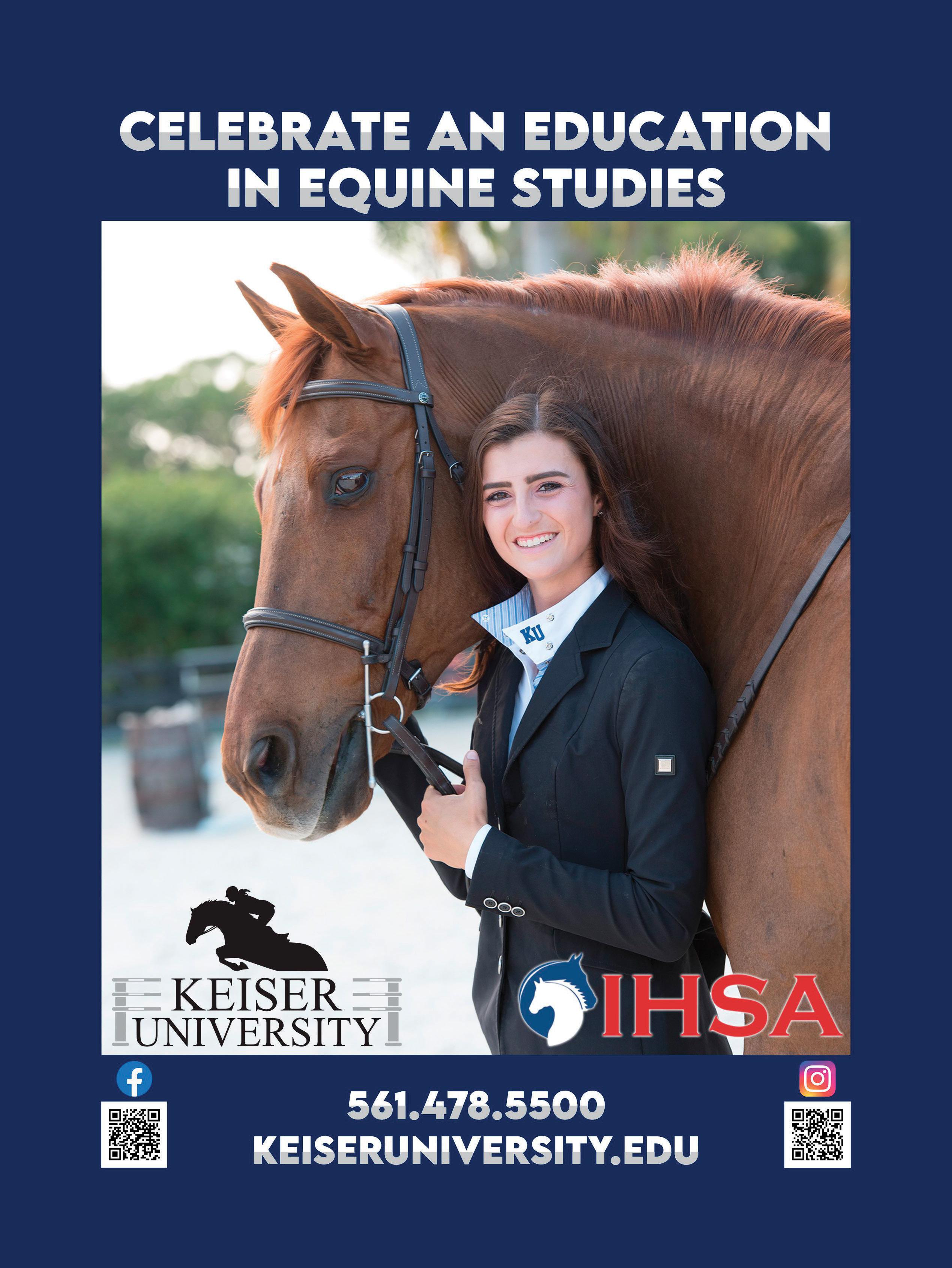

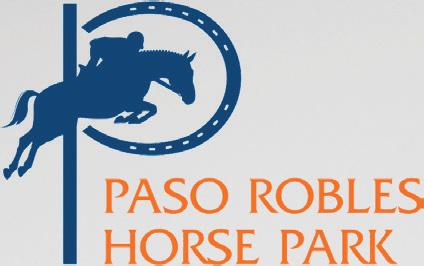

WEB: theplaidhorse.com

WRITE: Piper Klemm, Ph.D. 14 Mechanic St, Canton, NY 13617
CALL: 541-905-0192
EMAIL: piper@theplaidhorse.com
FACEBOOK: facebook.com/theplaidhorsemag
TWITTER: @PlaidHorseMag INSTAGRAM: @theplaidhorsemag


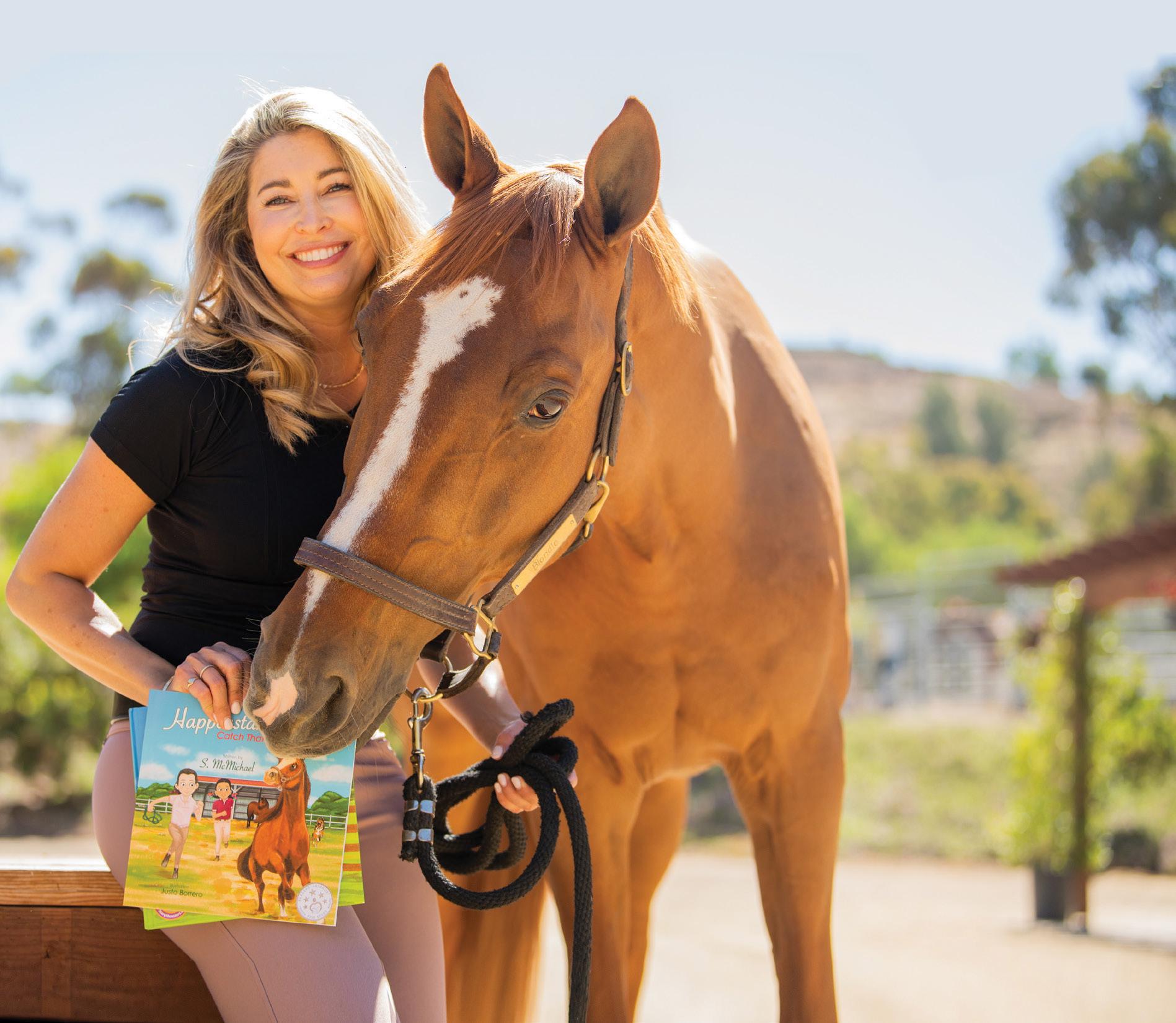
PINTEREST: pinterest.com/theplaidhorse ISSUU: issuu.com/theplaidhorsemag
subscriptions@theplaidhorse.com
PHOTO: ES EQUINE PHOTOGRAPHY

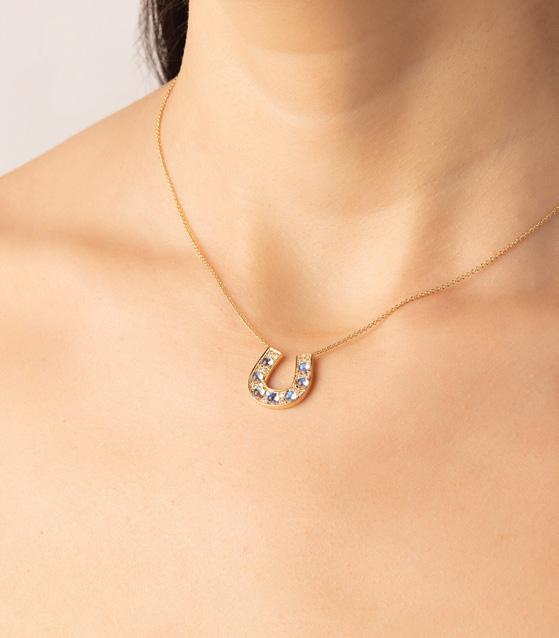

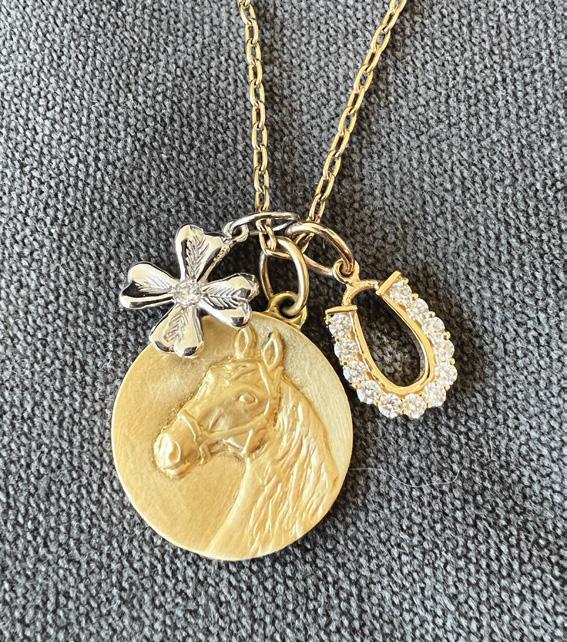

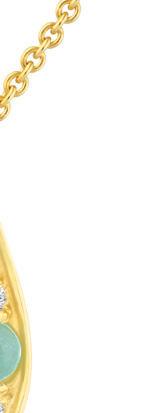















of
warmer
of winter in warmer
Quality. Function. Beauty.
Quality. Function. Beauty.
Shop online at lauracea.com or visit us at WEF by the Tiki Hut
Shop online at lauracea.com or visit us at WEF by the Tiki Hut @shoplauracea lauracea.com

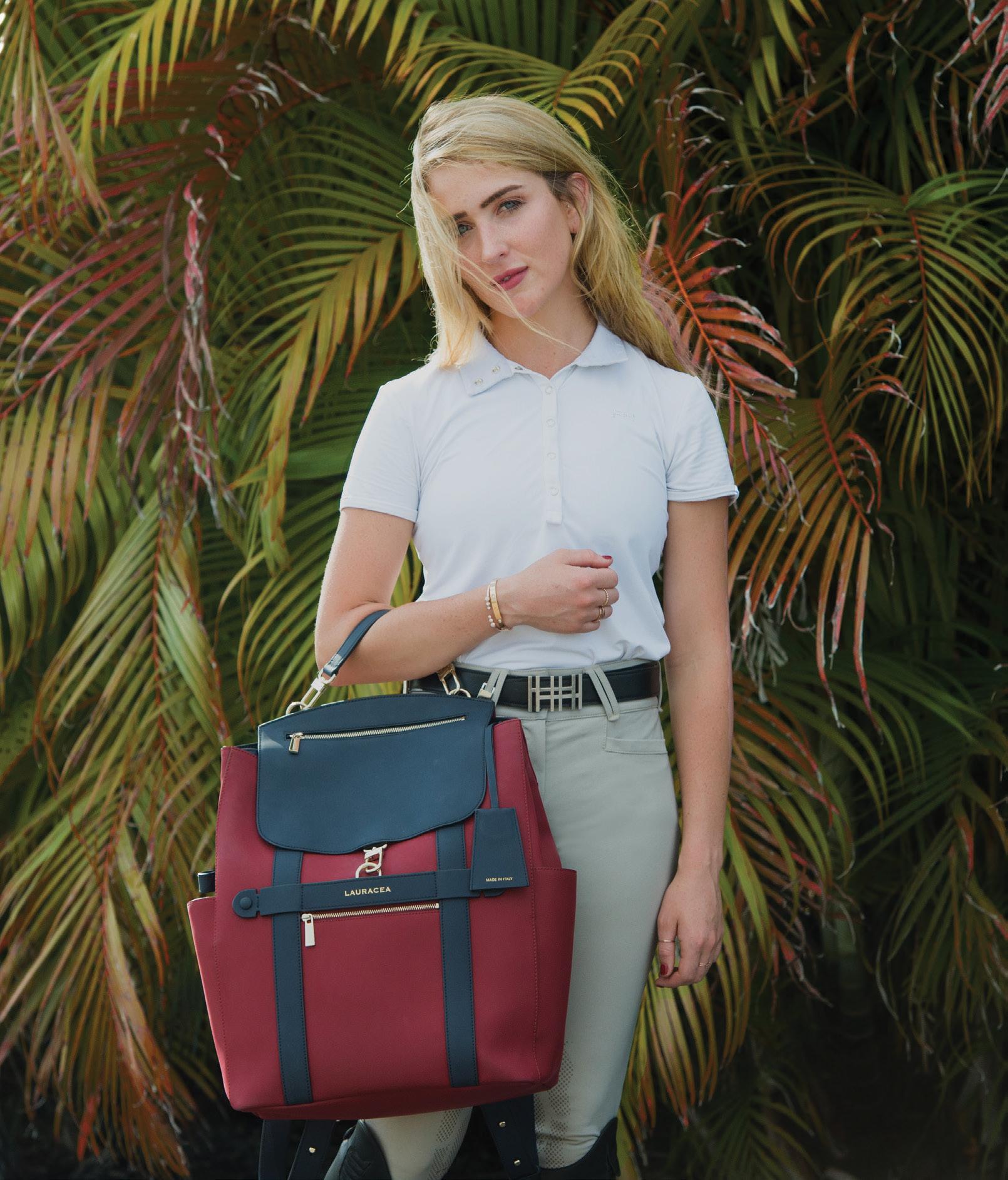
lauracea.com

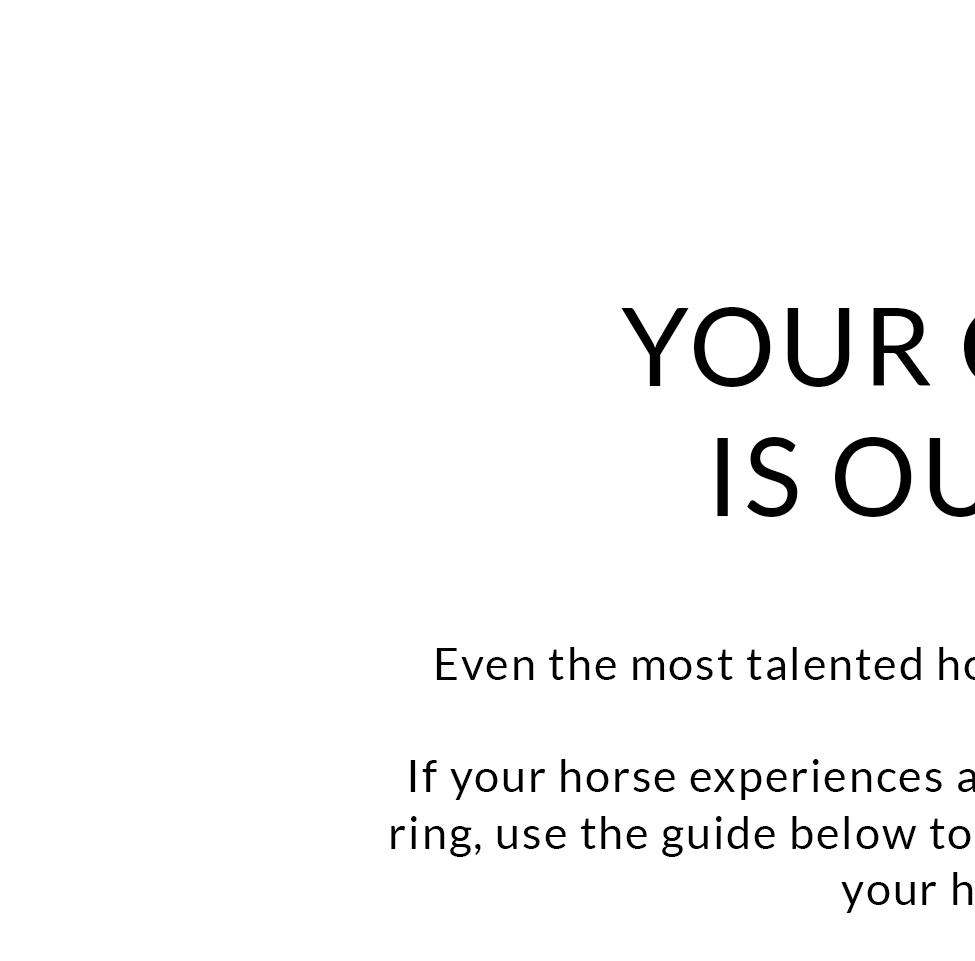



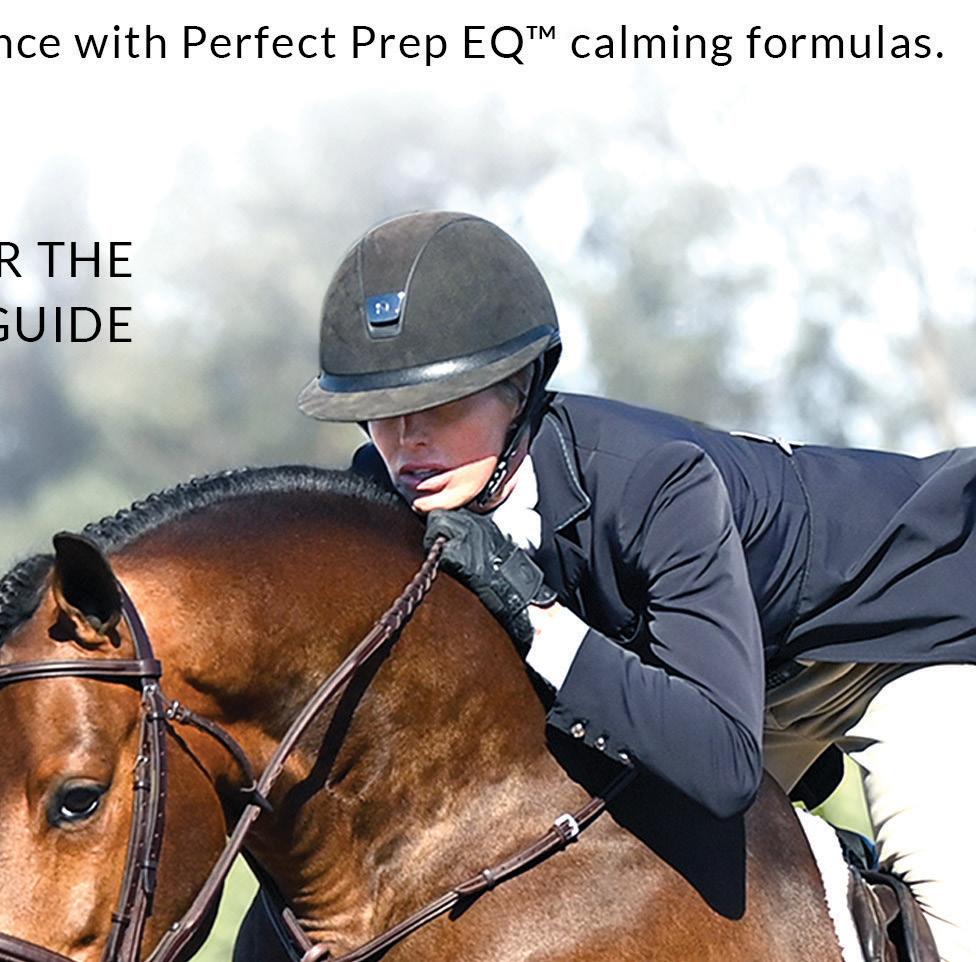











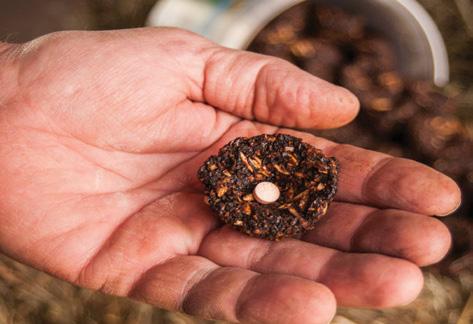
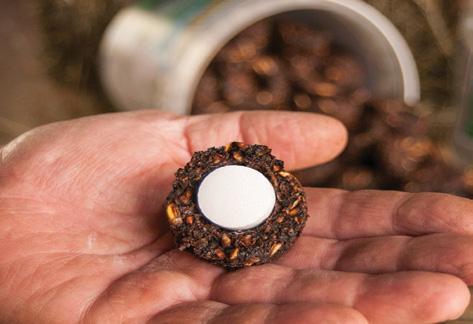




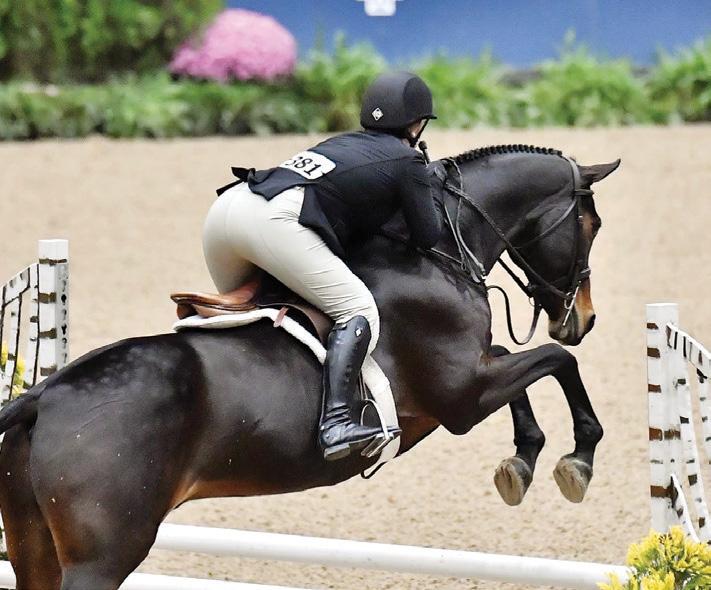
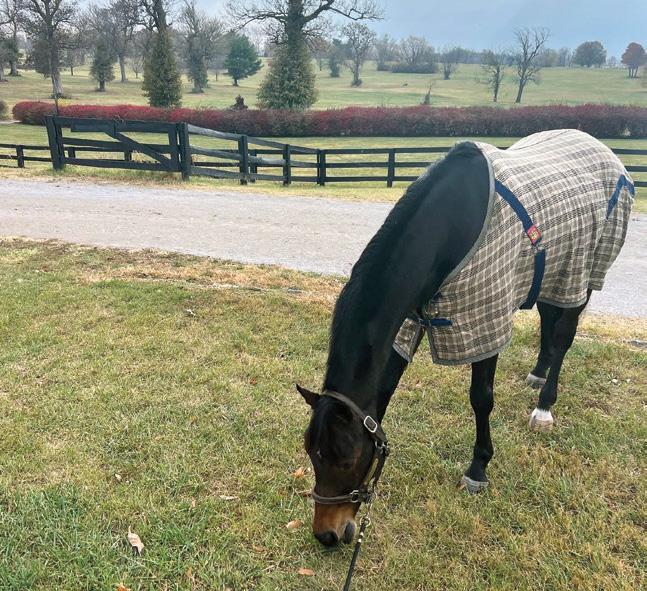




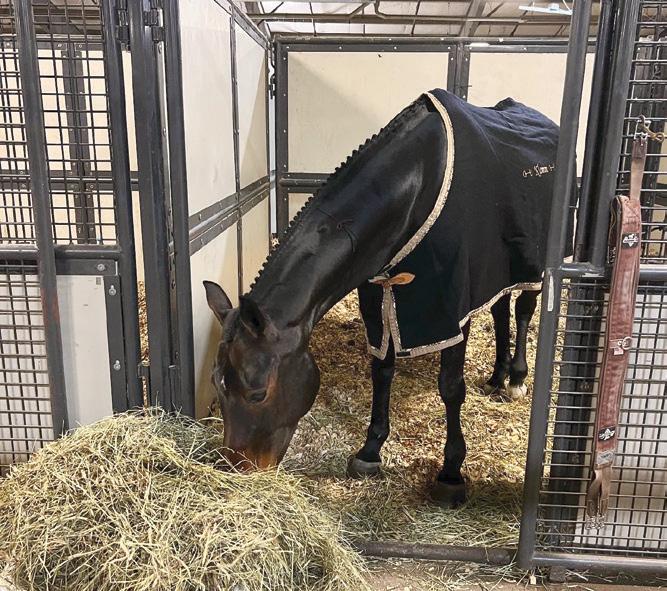
 Klemm, Ph.D. TPH PUBLISHER Follow me on Instagram at @piperklemm
Klemm, Ph.D. TPH PUBLISHER Follow me on Instagram at @piperklemm
Built Right or Not at All
Built Right or Not at All
Your barn is the setting of your horse’s story. We ensure every ride, every bath, every moment is a chapter to remember.
Your barn is the setting of your horse’s story. We ensure every ride, every bath, every moment is a chapter to remember.




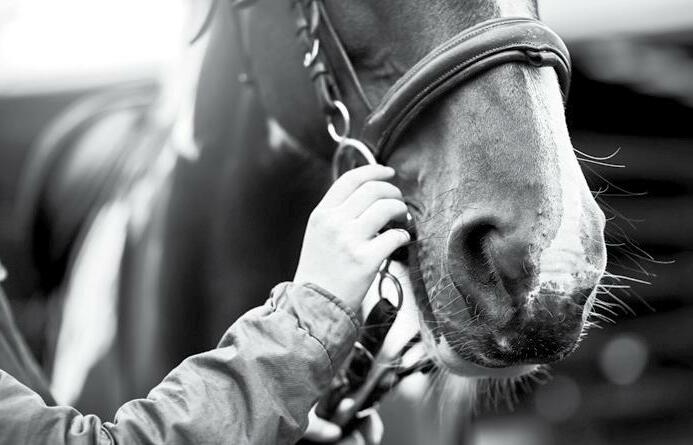
717.687.0292 | BandDBuilders.com
717.687.0292 | BandDBuilders.com
THE WINNING PRODUCTS? Fels Naptha Laundry Bar and Stain Remover, Out White Brite Laundry Whitener, OxiClean, and Scotchgard.
It’s always great to be ahead of the game, so another solid purchase is the Scotchgard Fabric Water Shield. It repels water, blocks stains, and makes stains easier to remove. Before using, make sure the breeches are as
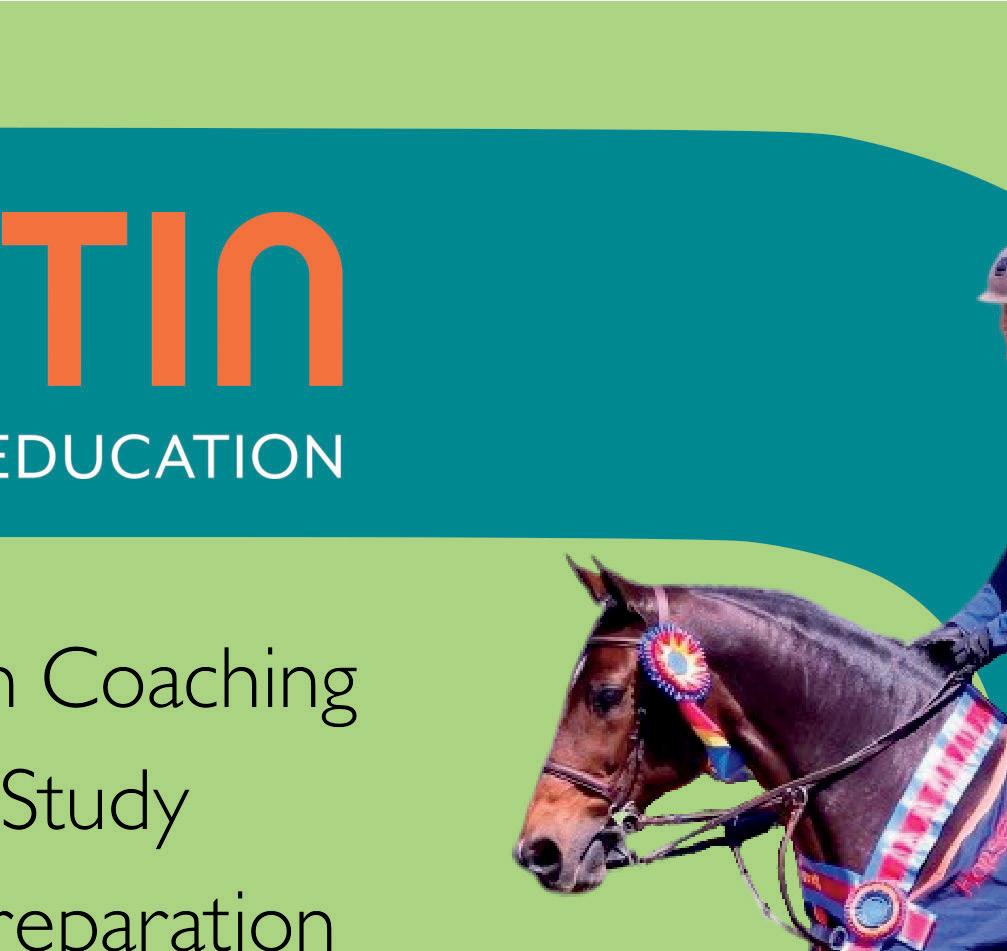





clean and dry as possible. Spray generously, hang to dry, and repeat once a year.

For stained breeches, soak overnight in Out White Brite Laundry Whitener or Oxiclean. If stains are exceptionally stubborn, soak the breeches for multiple days.
Next, gently scrub the stains with Fels Naptha Dial Laundry Soap, and wash. Repeat if necessary.
PHOTO: ADAM HILL THE PLAID HORSE COMMUNITYHigh performance yet distinctly feminine, our fall collection is designed to inspire confidence in and out of the saddle. Shop your local Kerrits retailer or online at kerrits.com.
 KRISTIN LEE PHOTOGRAPHY
KRISTIN LEE PHOTOGRAPHY





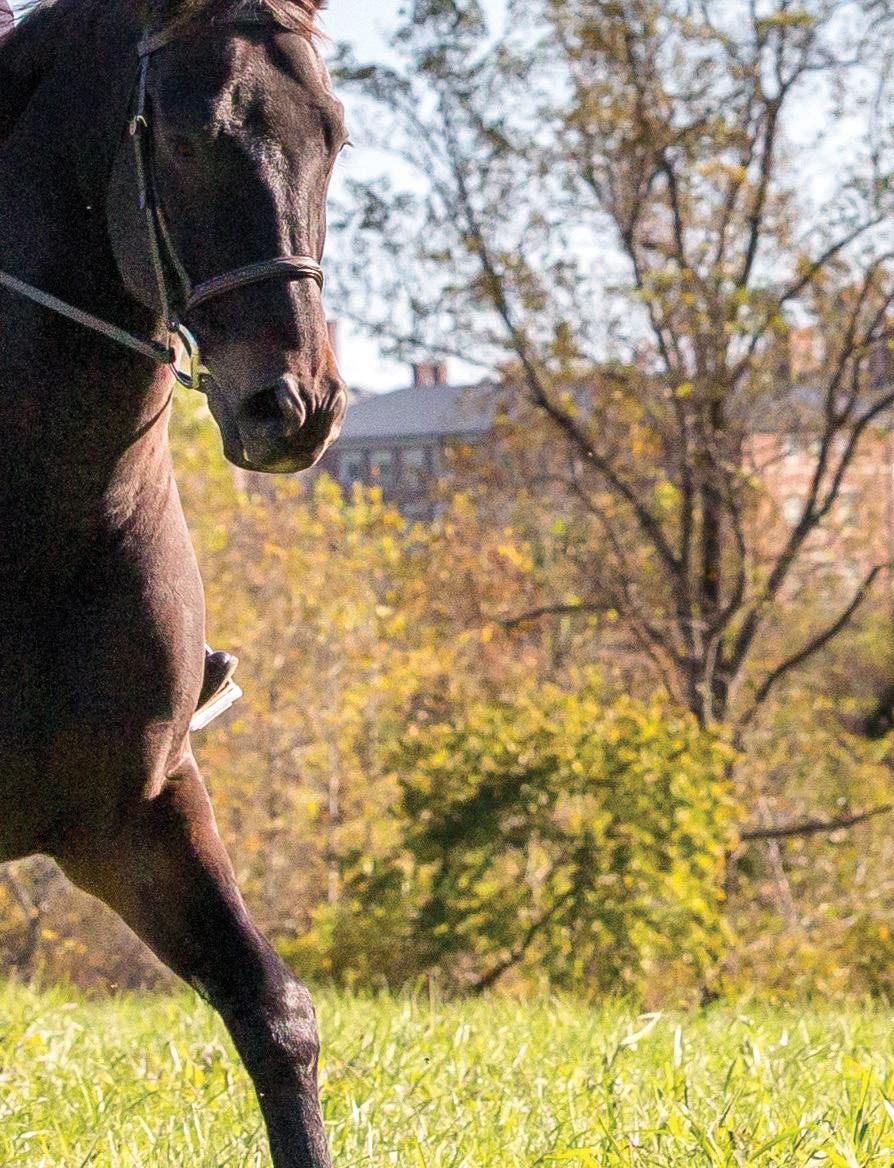
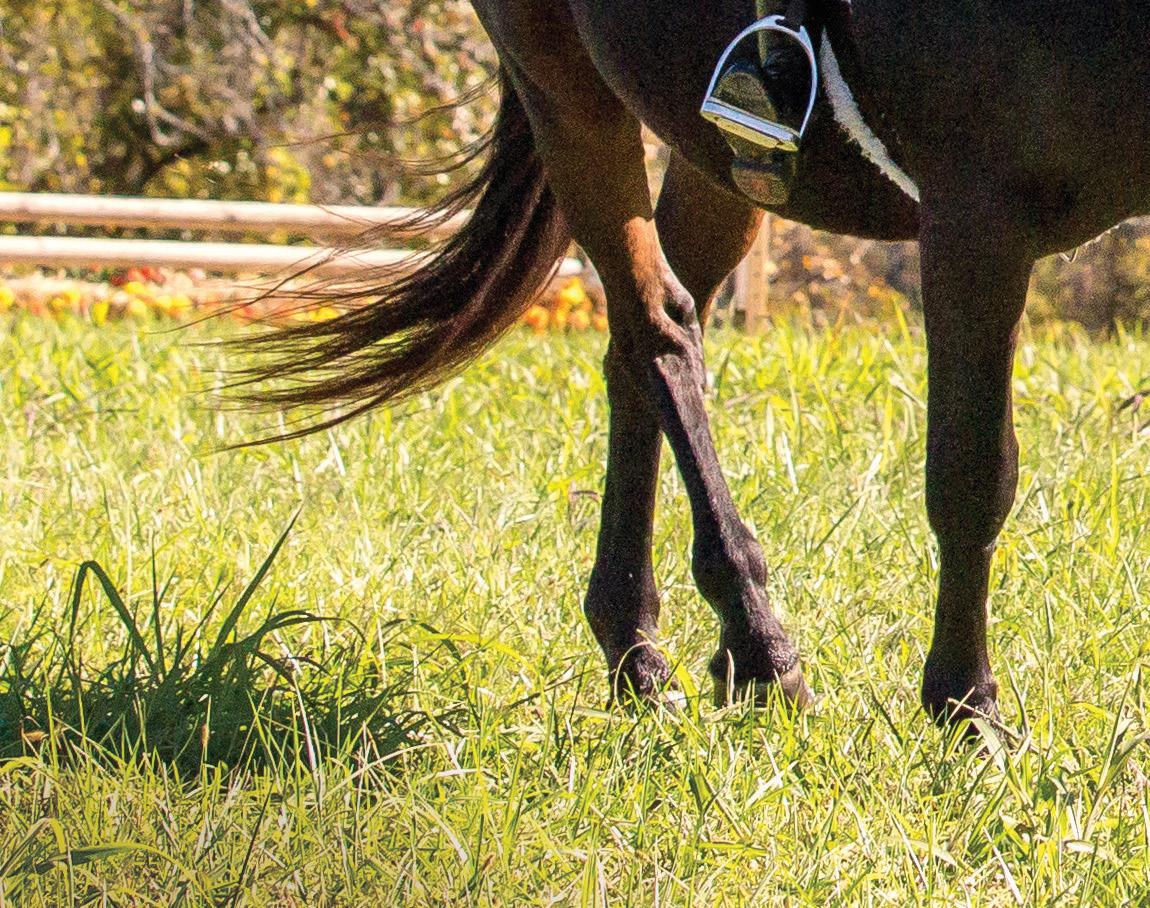
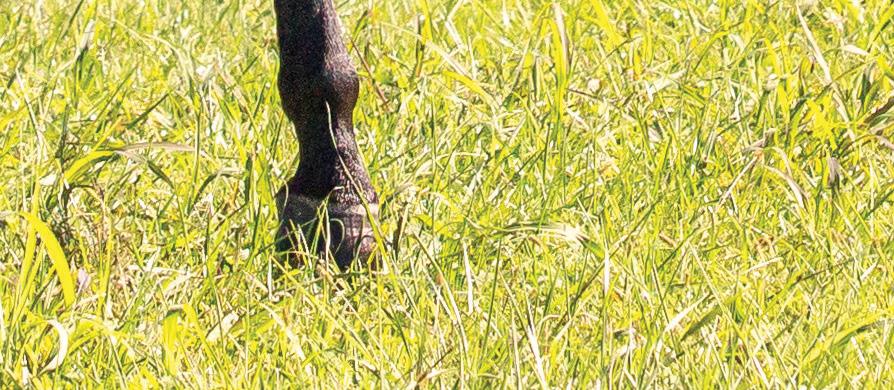
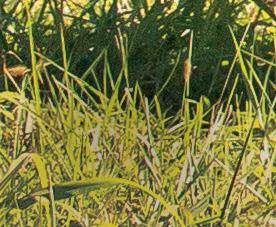 Sita Moses ’23
Sita Moses ’23




NESTLED IN THE rolling hills of Sweet Briar, VA, is a collegiate equestrian program that has been a part of campus culture for over 100 years. In fact, Sweet Briar College is one of just a few colleges to o er both NCEA and IHSA Equestrian teams at the varsity level.
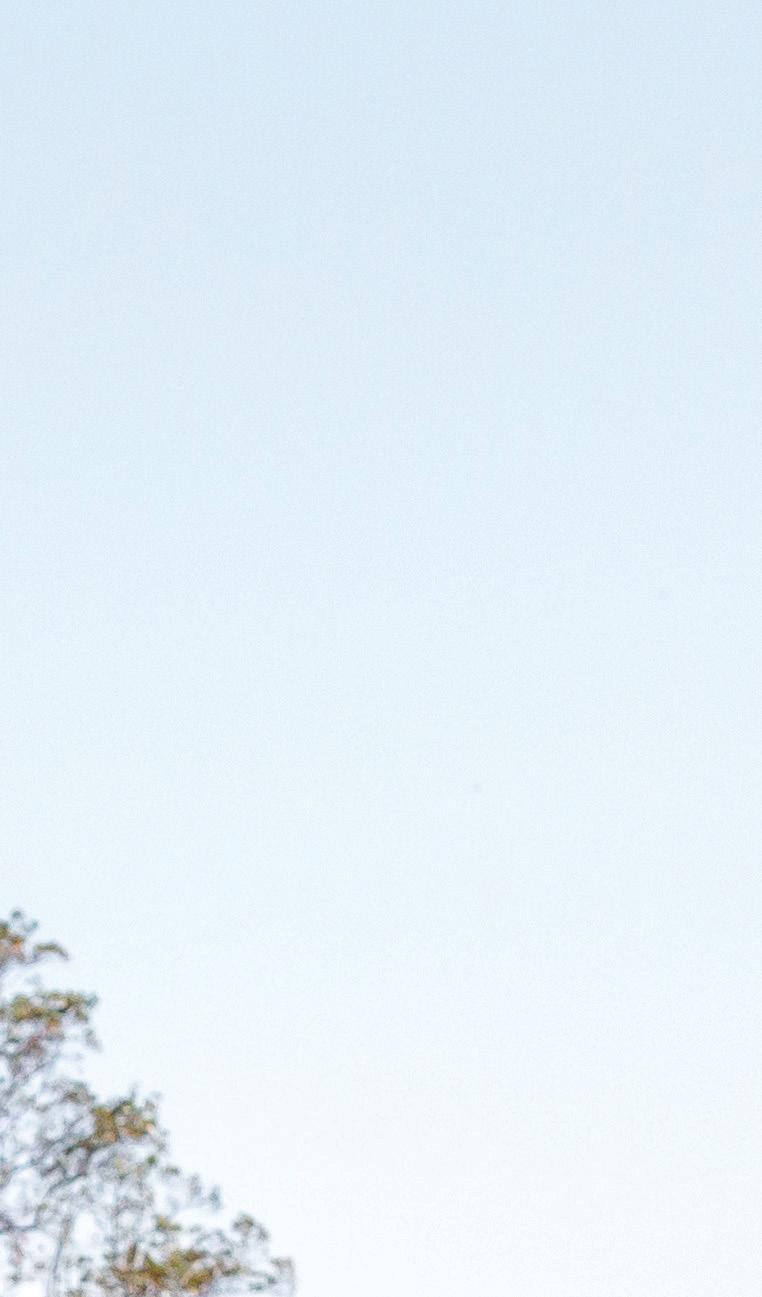


“We have a phenomenal group of instructors, sta and horses. Our program is supportive, competitive, and fun, while educating our students to be knowledgeable regarding horses and the sport of equestrian,” says Merrilee “Mimi” Wroten, the Director of Riding and the head NCEA coach at Sweet Briar.

FROM LEFT: Riding class on a walk; Katherine Atherton ’25 at 2022 NCEA Nationals. 2022 ECAC Fences Rider of the Year, Freshman Rider of the Year and 2022 NCEA All-America Honorable Mention Flat Rider; Brittany Aiken ’22 in the Howell Lykes Colton Stables; Overhead of the Harriet Howell Rogers Riding Center
OF RIDING AND HEAD COACHThe equestrian program offers both mounted and classroom courses. These courses include topics such as: mounted lessons for all level riders, preparing horses for and competing in horse shows, field riding, schooling horses, horse care, stable management, and instruction on teaching riding. Sweet Briar’s instructors and staff bring years of experience and knowledge, which provides students with numerous op portunities to be a part of an inclusive, supportive, and successful program.
Many former students excel in equine related careers in a variety of fields, such as veterinarians, horse show managers, photographers, realtors, lawyers and insurance agents.
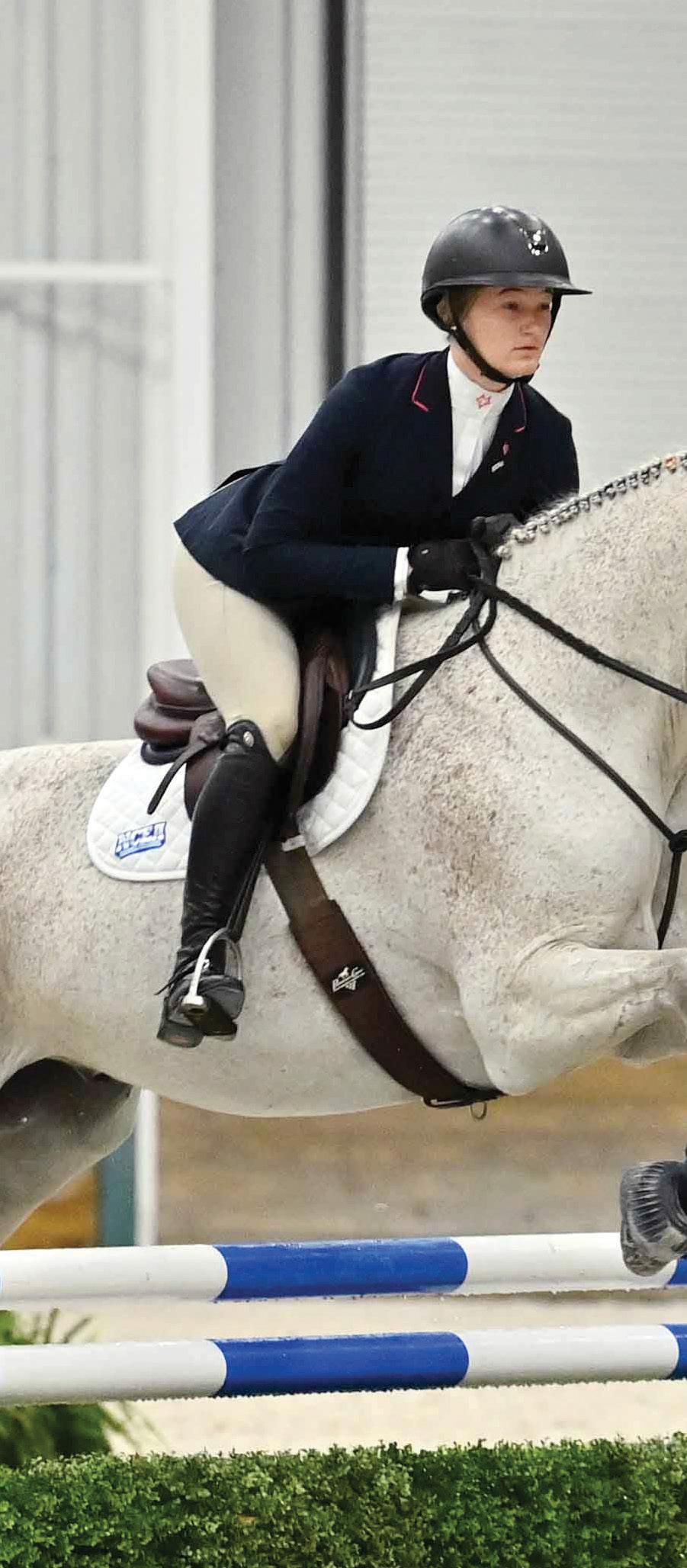
Sweet Briar has a full calendar of activities that offer options for riders of all interests and levels.
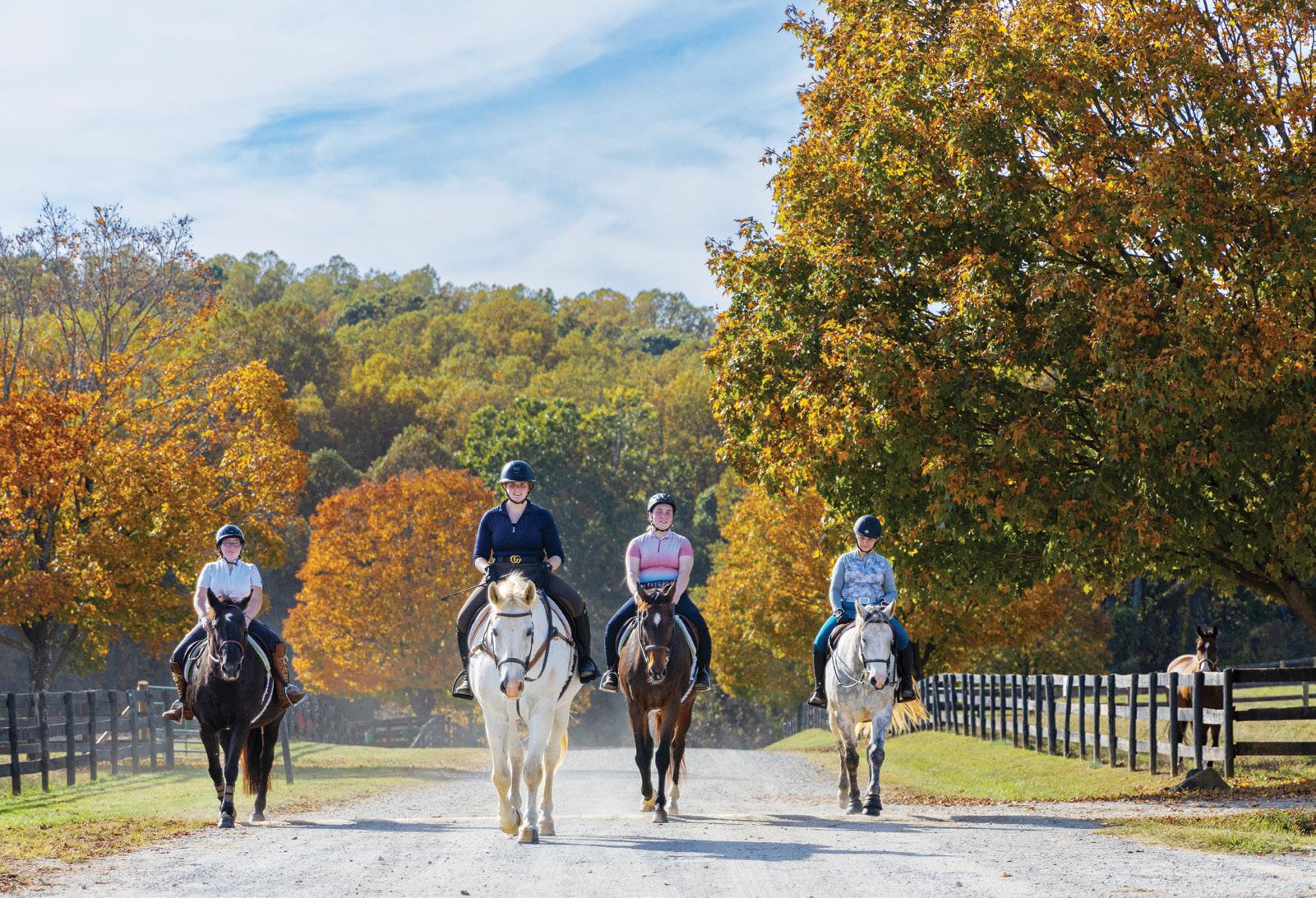
On campus they host several levels of hunter/jumper/equitation shows, a hunter trial, a hunter pace, and other recreational activities. Horses and riders ready to compete have the opportunity to head off campus to participate in both local and rated shows.
Sweet Briar’s equestrians develop as riders in a very well-rounded manner. “We compete in multiple hunter/jumper/ equitation collegiate competition formats. Some competitions challenge students’ catch riding skills while others allow the horse and rider to compete as a practiced pair,” adds Wroten. The NCEA and IHSA competitions will randomly select the horse that the student will be competing on the day of the competition, testing the rider’s catch riding abilities. ODAC and ANRC competitions, on the other hand, allow student athletes to use their own or a college-owned horse when they compete. The variety of competitions
Sweet Briar riders can attend adds to the program’s already glowing reputation.
In 2022, the Sweet Briar Vixens IHSA team was the IHSA Zone IV Region IV Champion for the fourth year in a row. The team participated in the IHSA National Championships and placed third overall. Sweet Briar rider Emmy Longest, ‘24, claimed the IHSA Open Equitation on the Flat Individual Championship.
This college is a trend setter when it comes to competing, as they were the first ever Division III school to be a member and compete in the NCEA Equestrian format. In 2021, the Sweet Briar team was the NCEA Single Discipline National Champions. This past year, the NCEA team won the 2022 ECAC Single Discipline Championship and was the 2022 Runner Up National Champion.
At Sweet Briar, the barn is located on campus within walking distance of the main
“We have a full calendar that includes shows on and off campus, hunter trials, a hunter pace and other recreational activities.”
—MERRILEE
DIRECTOR
quad. For students participating in the riding program, this is a convenient perk.
The college owns over 50 horses that stu dents learn from and ride. With 80 large box stalls and ample turnout, the facility is able to accommodate student-boarded horses as well as the college-owned herd.
“Our main barns were recently renovated to provide state of the art facilities. The attention to detail in the stables provides a safe and beautiful environment for our horses and students to thrive,” Wroten says. The Sweet Briar equestrian facility has an impressive 120 x 300 indoor arena, which is one of the largest indoor college arenas in the country. Three outdoor rings, including a large competition ring complete with sprinkler system and lighting, provide students multiple areas to enjoy their time in the saddle.
In addition to the arenas, the renovated stable also features a heated viewing area and a dedicated locker room for the
riders. The barn is surrounded by 2,840 acres of stunning Virginia countryside campus, providing plenty of room to ride through forests and fields.
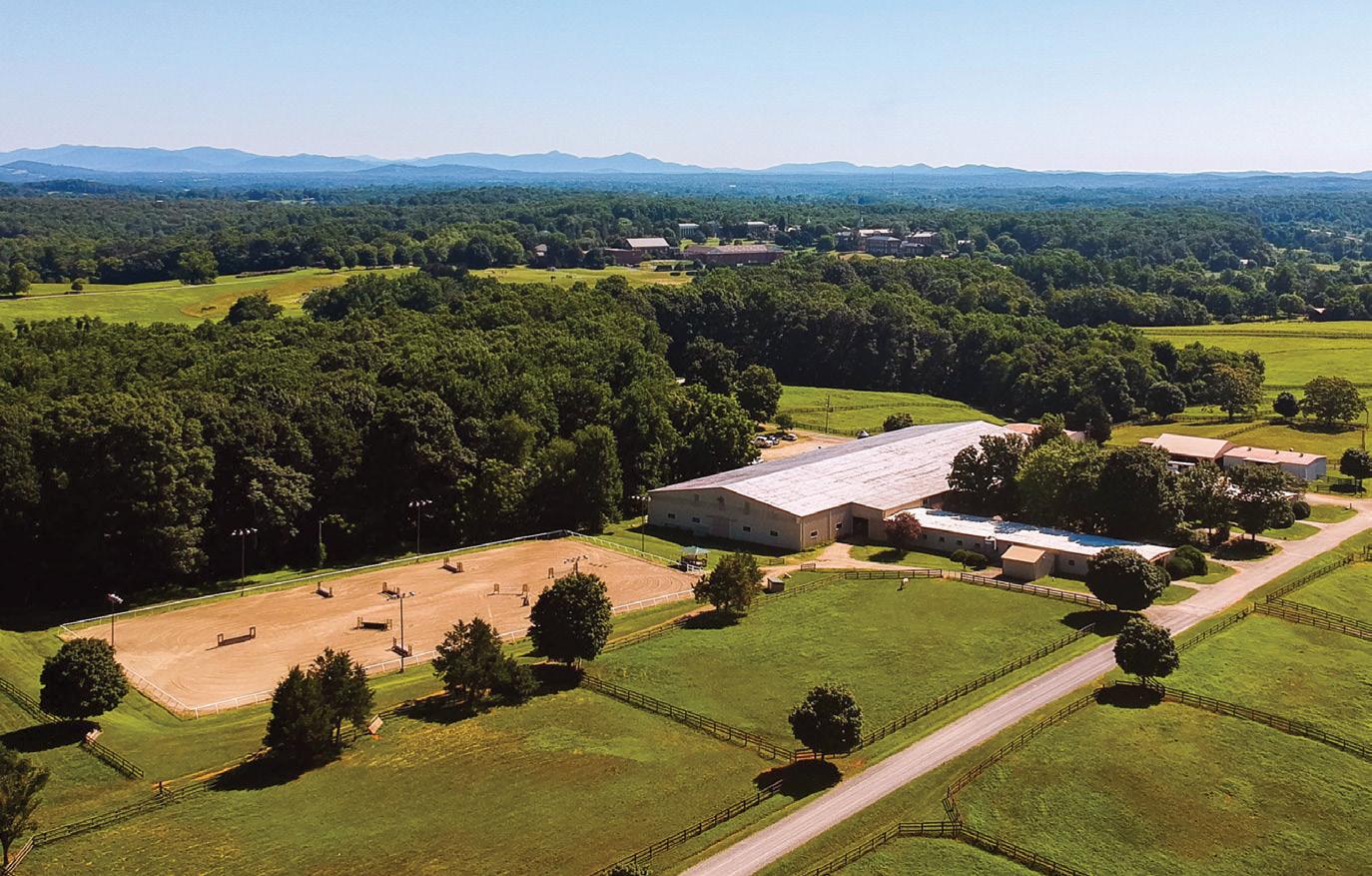
As a Liberal Arts college with a women’s leadership core, Sweet Briar helps prepare students for a variety of professions connected to the equine industry. Sweet Briar’s alumnae are a testament to what this college, and its equestrian program, can do for its students’ future careers.
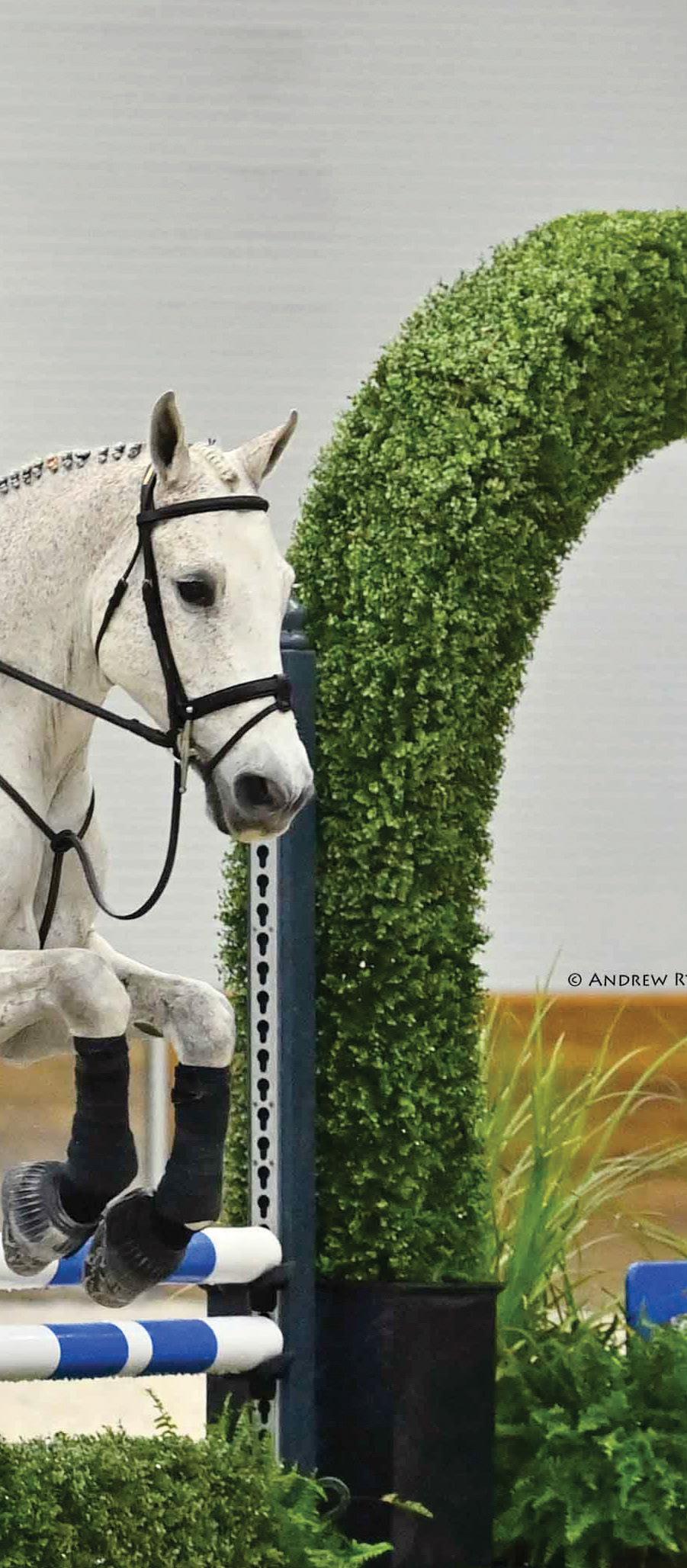
Even decades ago, Sweet Briar was setting its students up to be leaders in the workforce and in the saddle. Lendon Gray, a 1971 graduate, became an Olympian who represented the USA internationally in Dressage and later became president and founder of Dressage for Kids, Inc.
It comes as no surprise that many graduates go on to become equine veterinarians after graduate school. Dr.
Sarah Mouri, a 2006 alumna, became an equine veterinarian and works in the horse capitals of Kentucky and Florida.
Another alumna, 2010 graduate Maxine Emerich-Jaquish, worked in several mainstream engineering positions before combining her work with her love of hors es. She is now the manager and operator of Engineered Equine Performance.
“We have several areas where students can share, strengthen, and develop leadership skills. Our riding council is a student-led club that helps provide support and leadership to the entire program, our trail guides take students out to enjoy the trails and we have student workers in the stables who help at all levels to care for the horses and facilities,” says Wroten.
In addition, Sweet Briar’s equestrian certificate program gives students the op portunity to assist teaching beginner level riders and offers hands-on opportunities to learn about the management of horses and equestrian facilities.
For students with post-grad goals, Sweet Briar graduates have an impressive 93% acceptance rate over the last 12 years. Planning, organizing, and goal-setting while being flexible are skills that horses teach us.
Whether students want to simply enjoy horses, compete, train, or pursue a career within the equine industry, these skills translate well into other areas of their lives. Sweet Briar’s supportive program cultivates learning opportu nities, empowering women to become tomorrow’s leaders.


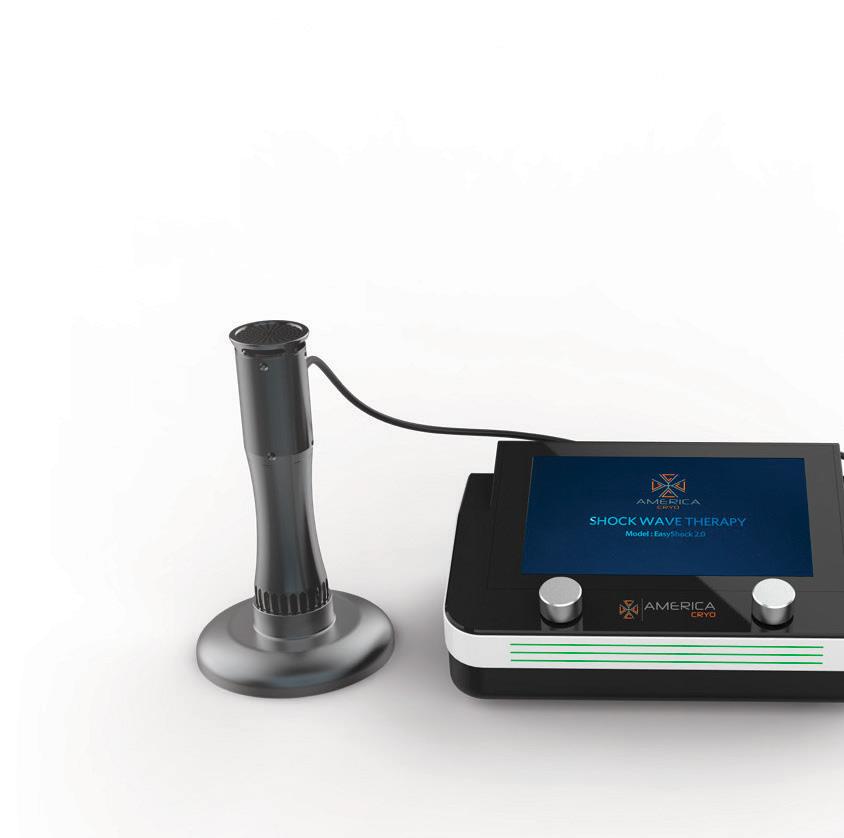









Works like a dream to deep clean removing dirt, dried sweat, and sand for a powerful Boss of Gloss winning finish.
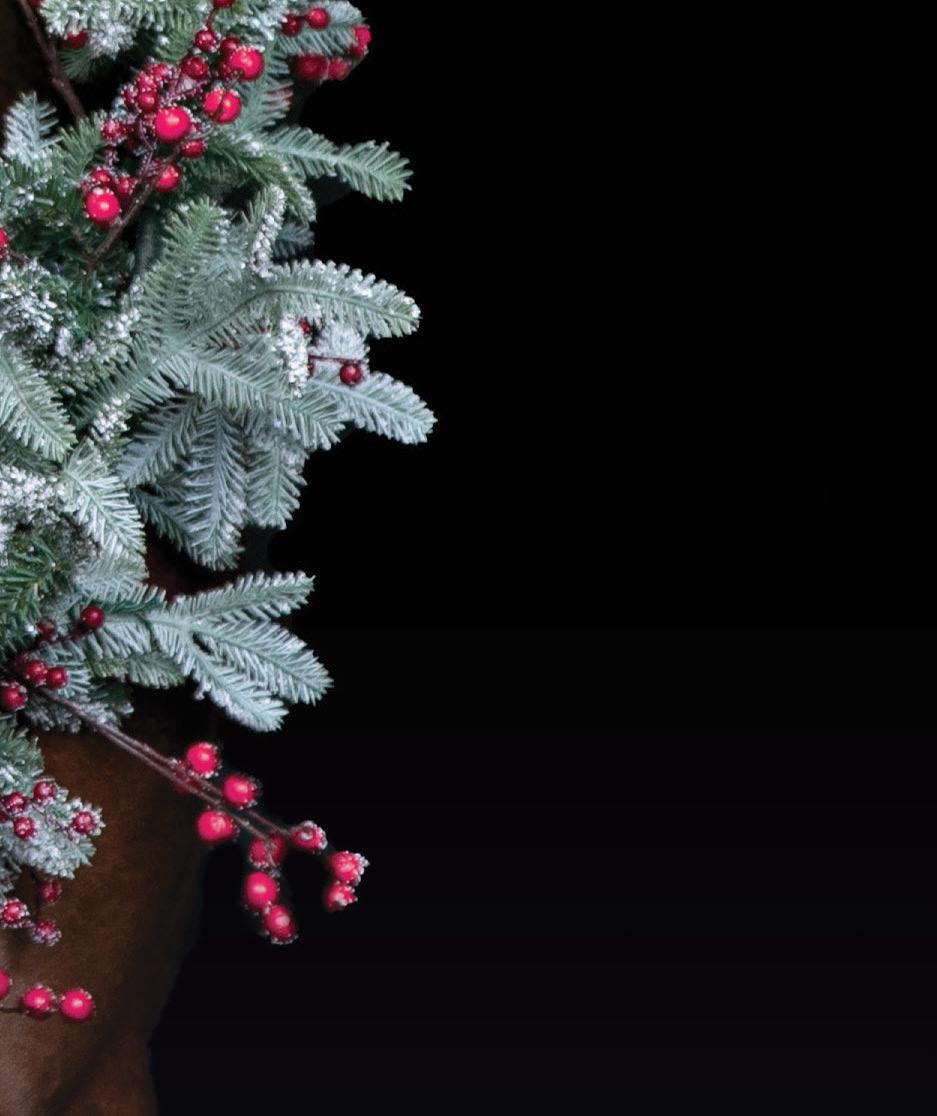
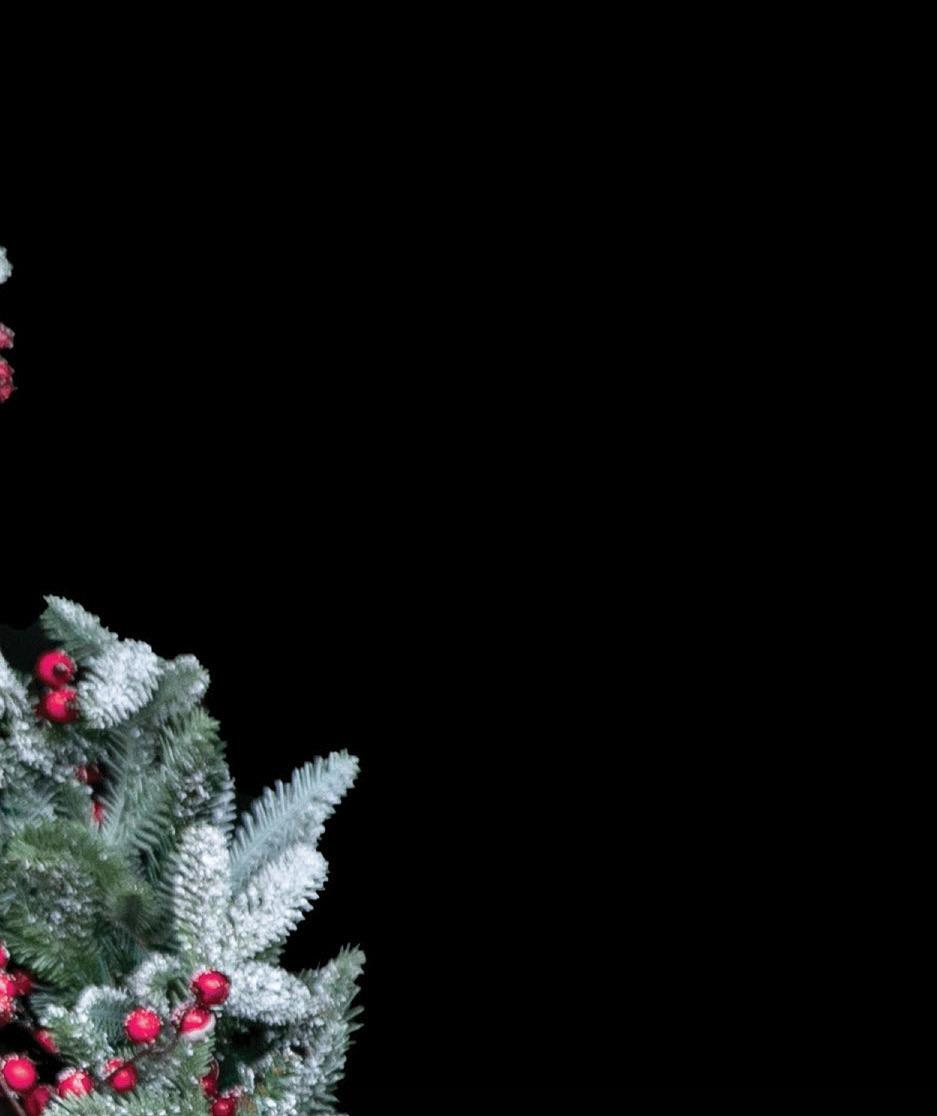
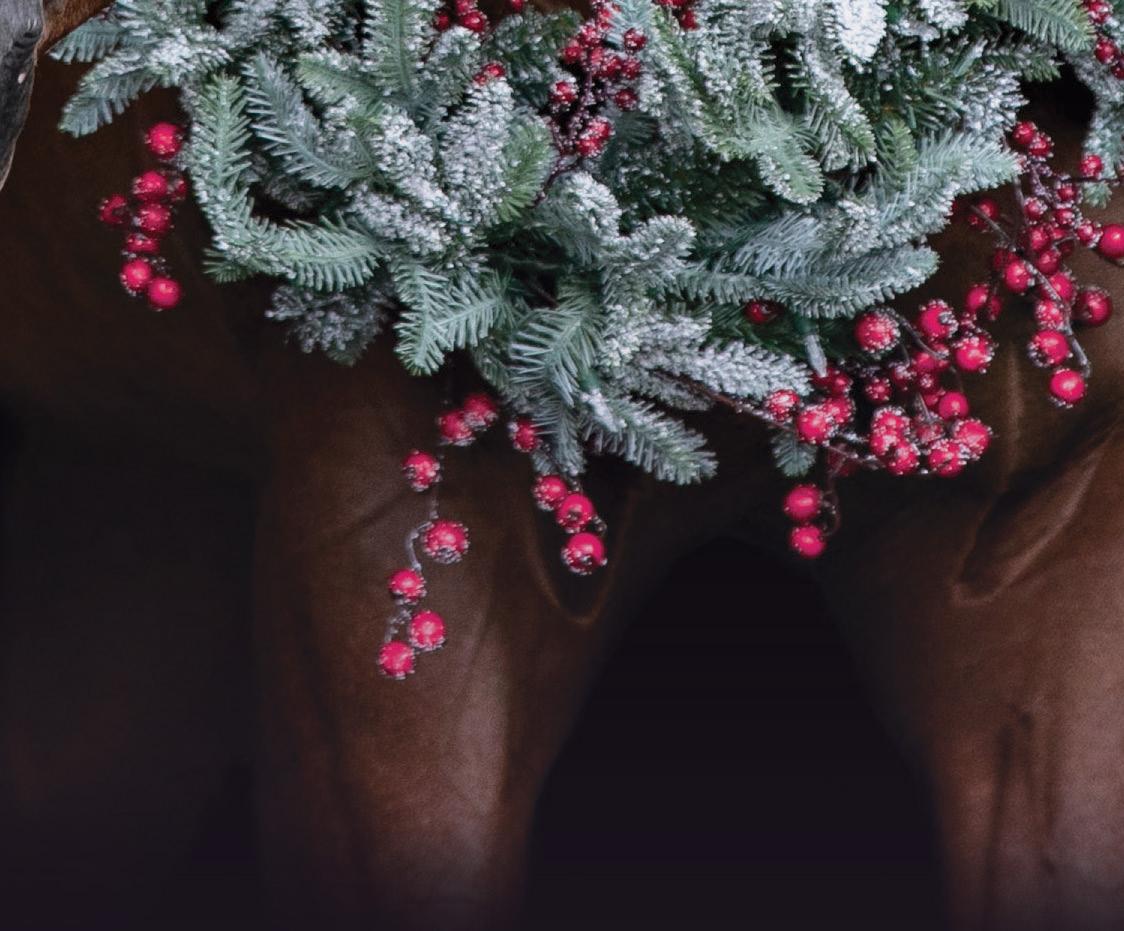


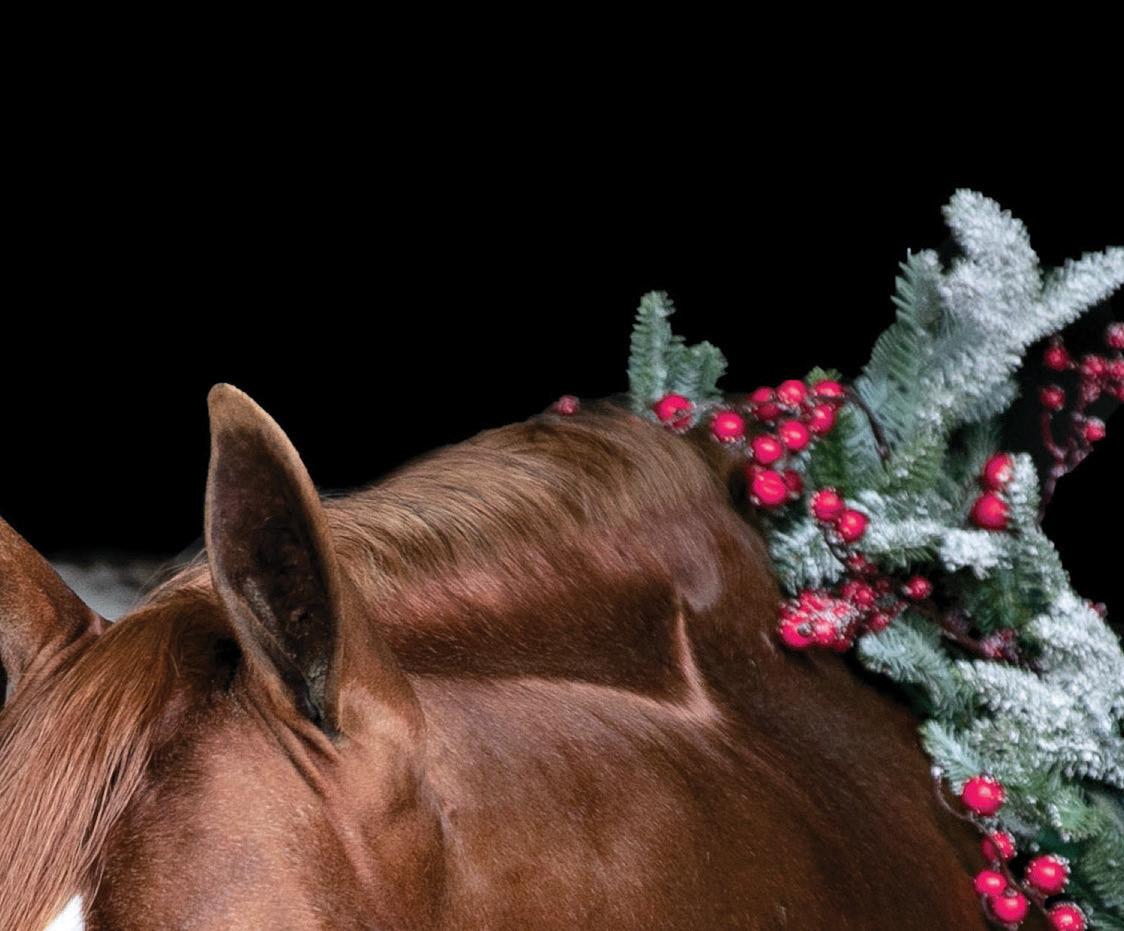











ultimategloss.com
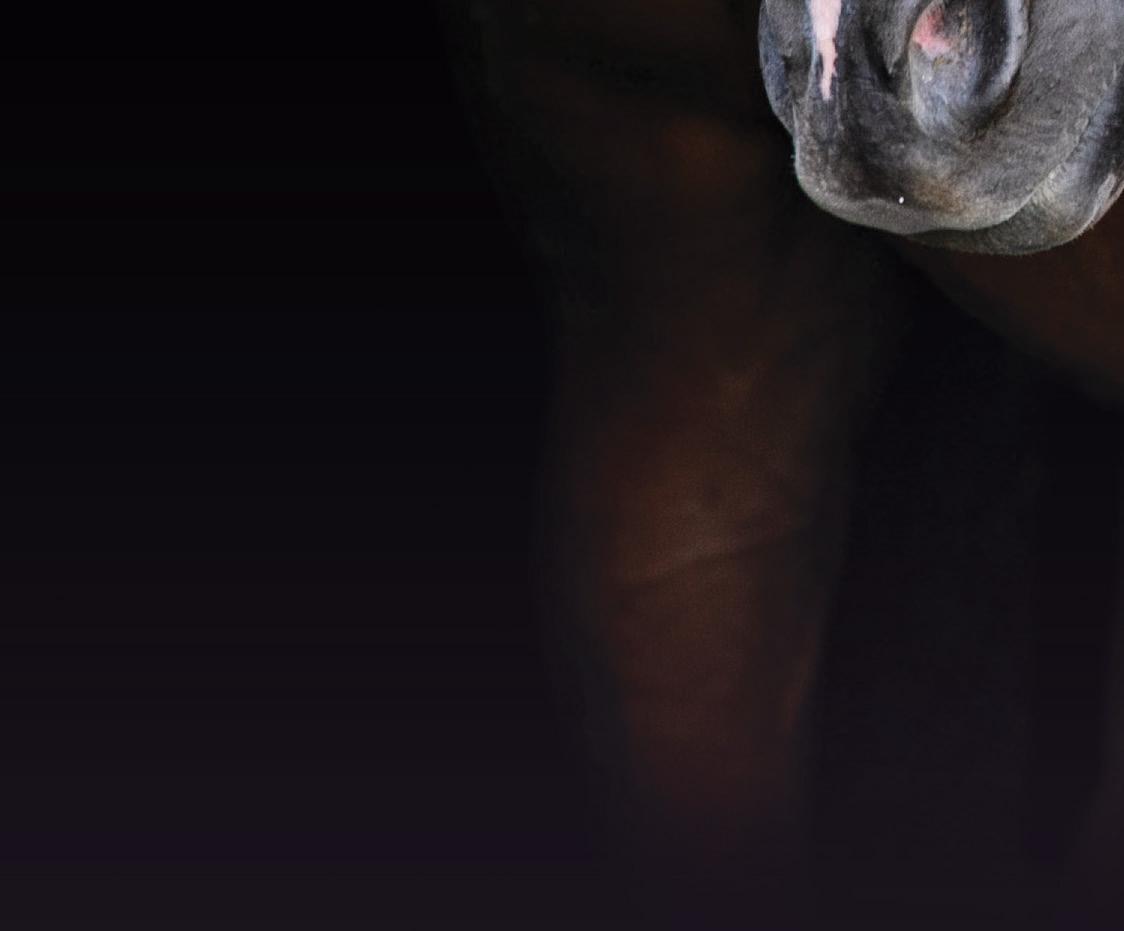





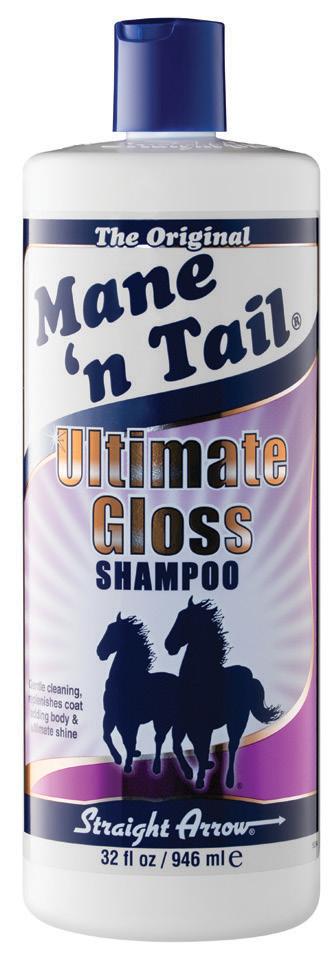


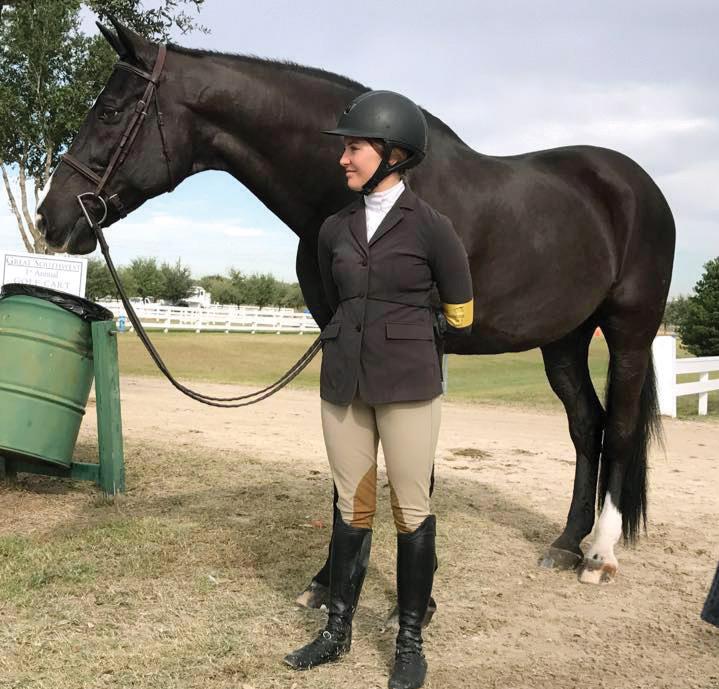








RAEGAN COMEAUX has trained riders from their first lessons all the way to the Indoor finals, but began to notice a growing trend among the industry in recent years—riders would compete every weekend all year long, but fail to obtain the basics of horsemanship. “I decided it was time to help change the ‘product’ we seemed to be producing,” the USEF “r” licensed official, owner-operator of Double Rainbow Farm, and founder of EMES Academy tells The Plaid Horse.
WORDS: ANNIE BIRMINGHAM PHOTOS: COREY ANDERSEN
“We have to shine a bright light on the training and coaching methods that led to dangerous and inhumane practices,” says Comeaux, who is also a USHJA credentialed coach. “The older generation of students gave me inspiration that with the right horsemanship tools, our industry could be revolutionized.”
With these concerns, the Equine Mastery System (also known as EMES) was born. EMES is an allinclusive and affordable equestrian education system that covers every aspect of the industry, from groundwork to riding and everything in between. Unlike other programs currently offered, EMES utilizes a curriculum that applies to any equestrian from the bottom, up.
Says Comeaux, “The USHJA and Pony Club programs are outstanding and timeless. Our program is designed to complement those programs and provide extra layers of credentialing to our members.”
The program features what are described as “bite-sized” learning units
and tests that can be completed at the student’s pace, allowing for better retention and a measurable growth in knowledge. It is a unique approach in that riders who are just learning to post the trot can benefit just as much as a top level trainer. Even those with more advanced knowledge start at the beginning in order to fill in any gaps they may have missed.
And as the program continues to grow, Comeaux utilizes members’ opinions and experiences to further develop the curriculum. “We want to hear stories from trainers all across the country about what does and doesn’t work. We want the trade secrets! Stories about horses and horse people are what connect us and help us to learn.”
The program requires all of its members to first complete and master the beginner rank before offering four specialized curricula: Riding and Horsemanship, Horse Management, Facility Management, and Competition. Students can mix and match the programs as desired,
or even study all four for the most all-inclusive experience. From there, each curriculum is broken down into rank, level, and unit, and members work their way up.
Textbooks accompany each program, which allows students to learn at their own pace and regardless of their location. These lessons are followed by standardized written and practical tests that are used to assess a member’s knowledge and provide feedback on which areas need work. From there, the student can move on to the next unit, or go back to the textbook to re-study the material.
“Whether your goal is to be a judge, a boarding barn owner, a horse show manager, a vet tech, or an international show jumper, the EMES program will guide you towards excellence,” says Comeaux.
To start learning with the Equine Mastery Education System, visit www.emes.academy to join. The first two textbooks, Beginner, Level One, Unit 1 of Riding and Horsemanship and Beginner, Level One, Unit 1 of Horse Management are now available for purchase, with more coming soon.

“We want to hear stories from trainers all across the country about what does and doesn’t work... Stories about horses and horse people are what connect us and help us to learn.”

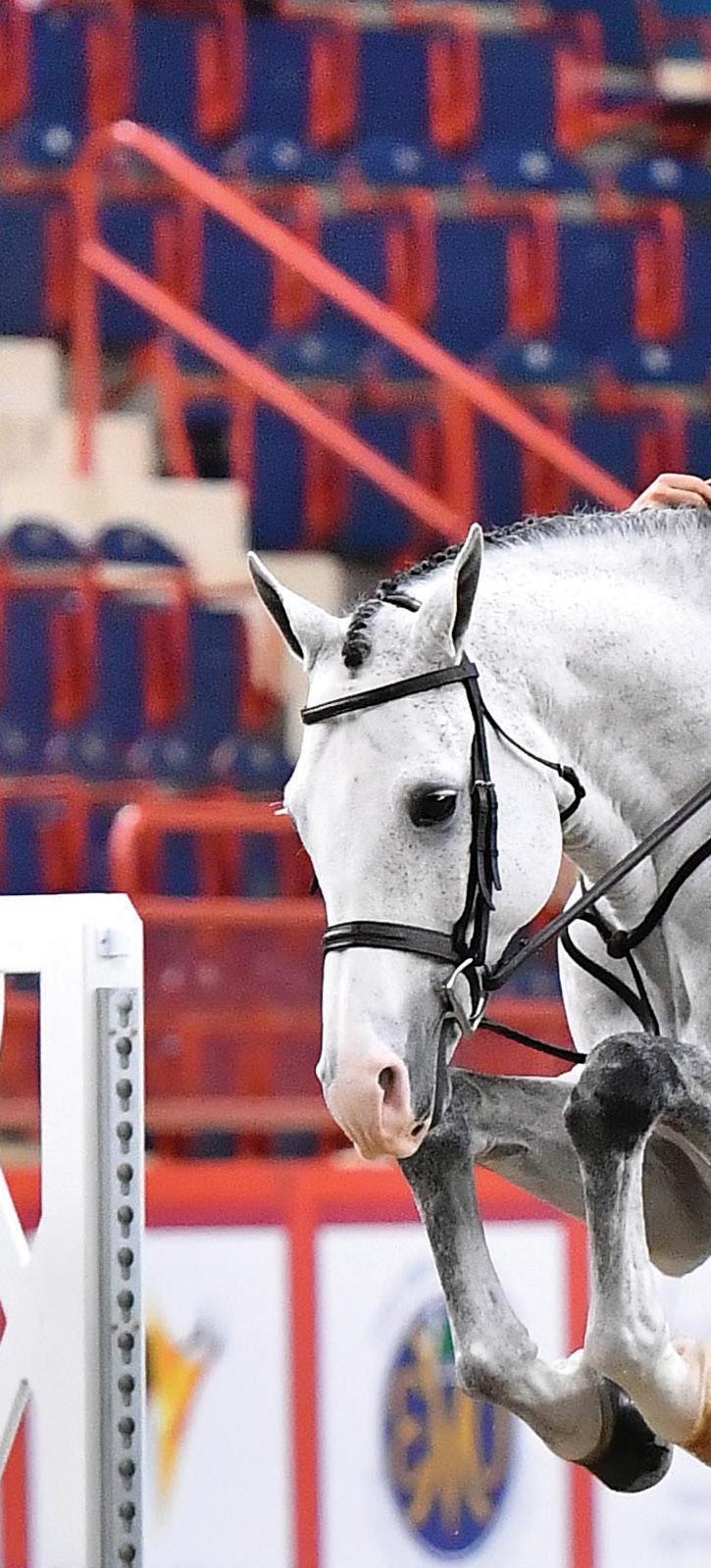
AS A GROUP OF the best junior riders in the country battled it out in the Big Equitation finals this fall, there was a common piece of equipment on many of their saddles. As the top placings were called, again and again, the riders had their feet in MDC Stirrups.
Founded by Californian Martin Cohen in 2003, MDC Stirrups have gained pop ularity and brand acceptance year over year. Cohen has been a professional for 50 years in the roles of FEI/USEF Judge, Course Designer and Chief Steward. He has shown and taught as a hunter/ jumper trainer, clinician, show manager, and equine expert witness. His riding background has also included an interest in Western riding and cutting horses.
Cohen noted that Western trainers al ways conformed their stirrups to face the front of the horse. It occurred to him that this common-sense thinking should be available to English saddles as well. Why would a stirrup, whose working position is 45 degrees or 90 degrees, depending
on the riding discipline, be designed to inherently lay flat against the horse’s side? With that question, the idea for the MDC Stirrup was born, and ‘forward facing stirrups’ became Cohen’s passion. The idea that stirrups should naturally lay in their most useful 45-degree position and, in some models, be adjustable to 90 degrees, has taken his idea to the Champions of the Dressage World Cup Finals as well as being included in every Olympic Games in every riding discipline since their introduction.
In addition to their improved positioning, MDC’s patented designs allow for greater retrieval, the release of long held pain in the feet, ankles, knees, hips, and back, and they are safer by
design. Traditional stirrups that lay flat against the horse, including today’s safety stirrups, will tend to turn back to the horse when lost, thus greatly increasing the chance of catching a rider’s foot during a fall. In fact, ‘safety stirrups’ must catch the rider’s foot to enable their release. MDC’s forward-facing design intentionally reduces this dangerous tendency as they are better angled to not turn back to the horse, therefore creating a proactively safer stirrup.
This season’s equitation “seniors” had a special place in MDC’s history. With the development of his MDC Pony Stirrup, MDC envisioned this would be the time to create an entire generation of riders who would benefit from the paring of a classic hunter silhouette and the unparalleled ‘from the saddle’ design that would address the historical defects of past, accepted stirrup models.
From his base in California, Cohen presented his new designs to every riding discipline and every level of riding
expertise. His judging eye discovered several pony riding talents that MDC sponsored including Augusta Iwasaki (committed to Southern Methodist University), Skylar Wireman and Avery Glynn (committed to Auburn University). These riders, among others, are the culmination of MDC’s vision and generational acceptance of MDC’s designs as evidenced by the 2022 Medal Finals.

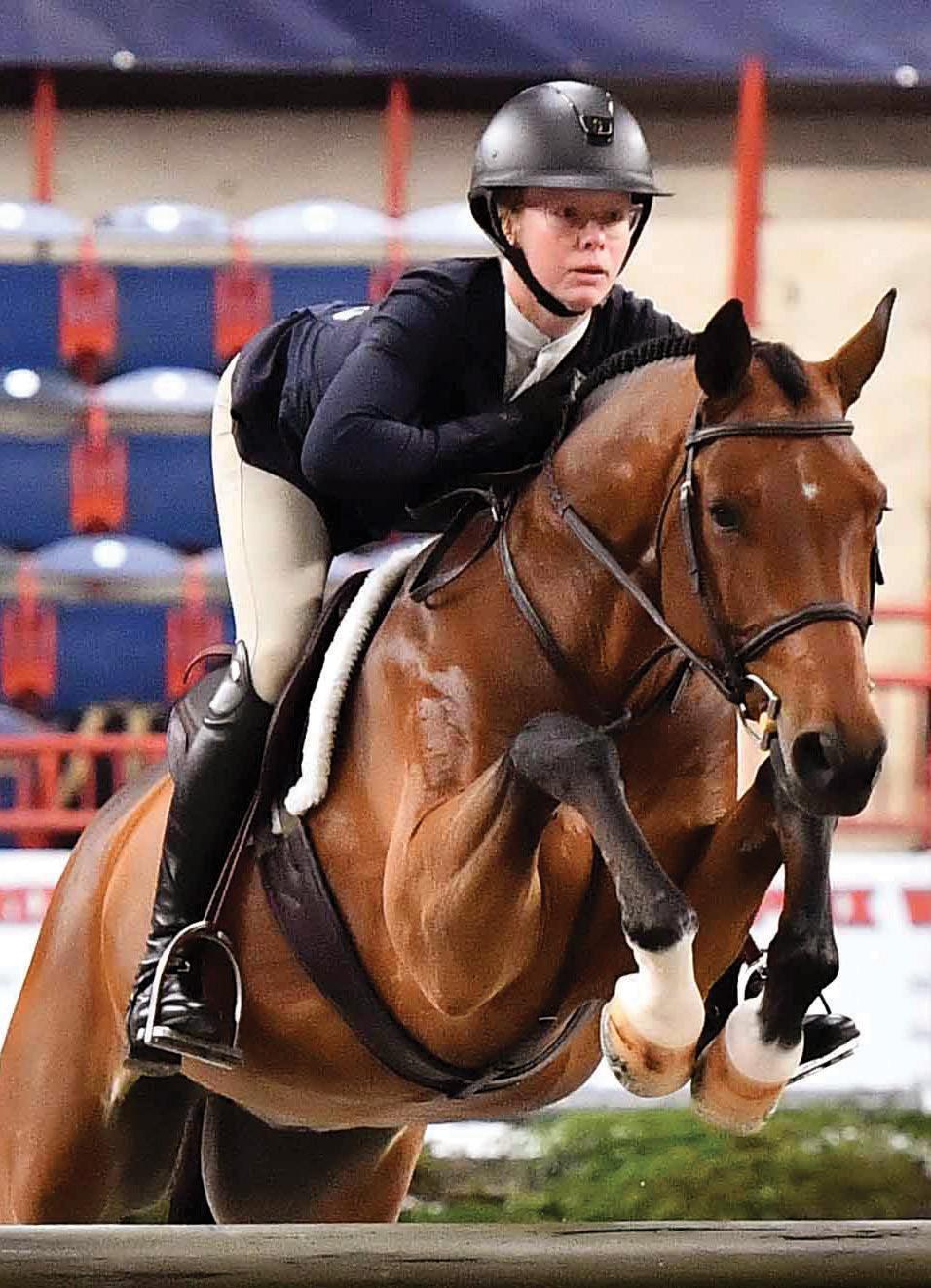
Today, MDC Stirrups are the industry standard not only of hunters and equitation riders, but are also the ‘go to’ stirrups for dressage and three-day eventers, as well as Arabian, Saddlebred and Polo competitors.
MDC Stirrups and Martin Cohen wish to thank everyone who has supported Cohen’s vision of ‘forwardfacing’ stirrups, with special appreciation for our top placing, talented riders at all the 2022 medal finals. Our motto is ‘From our Saddle to Yours, Horseperson to Horseperson’ — MDC Solves Real Rider Issues.
• 1st- Augusta Iwasaki
• 2nd- Luke Jensen
• 1st- Augusta Iwasaki
• 2nd- Skylar Wireman
• 5th- Avery Glynn
USEF MEDAL FINALS
• 1st- Luke Jensen
• 2nd- Skylar Wireman
• 5th- Augusta Iwasaki
• 9th- Avery Glynn

USEF TALENT SEARCH FINALS- EAST
• 1st- Augusta Iwasaki
• 2nd- Luke Jensen
• 6th- Avery Glynn
CLOCKWISE FROM LEFT: Augusta Iwasaki; Avery Glynn; Skylar Wireman






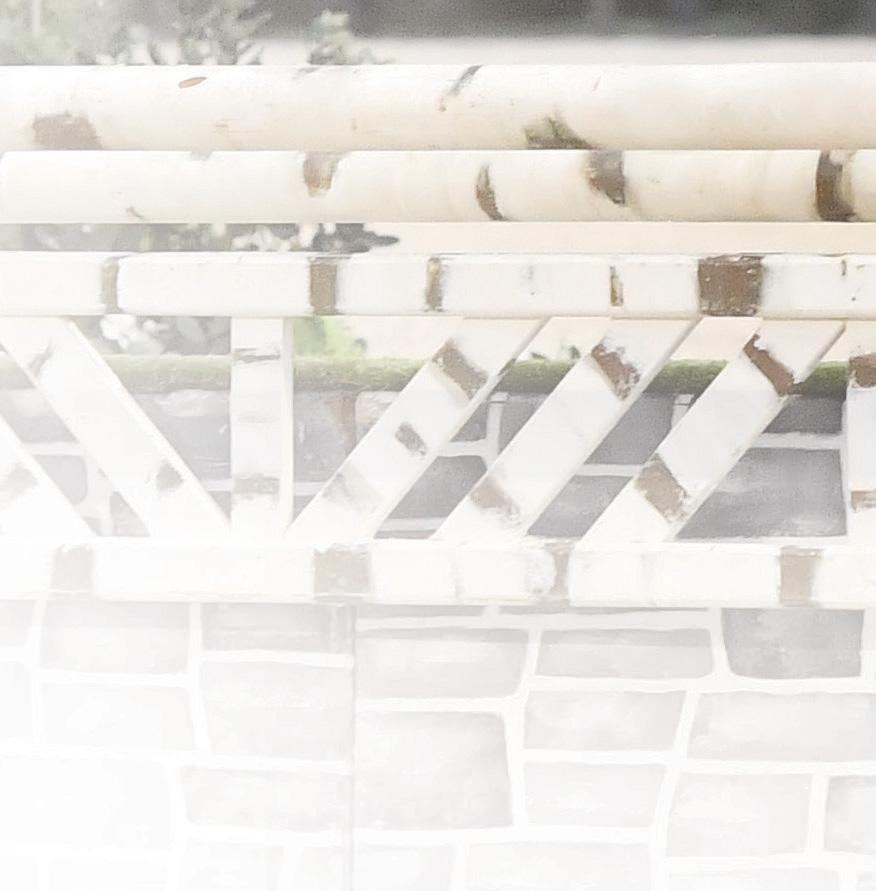






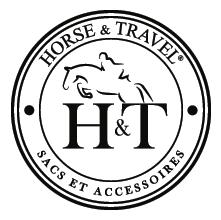
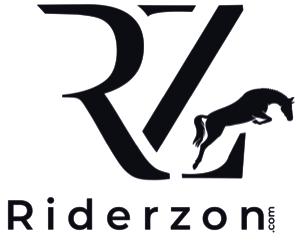
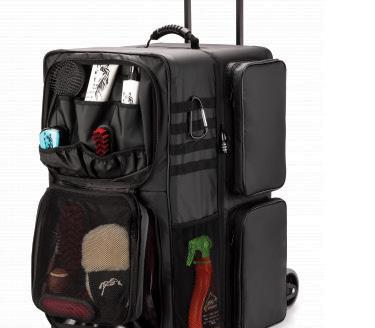




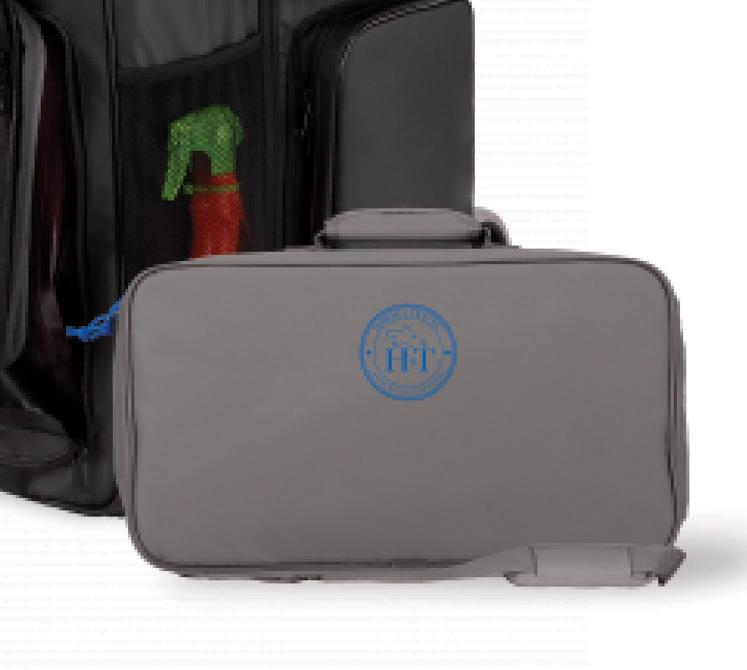
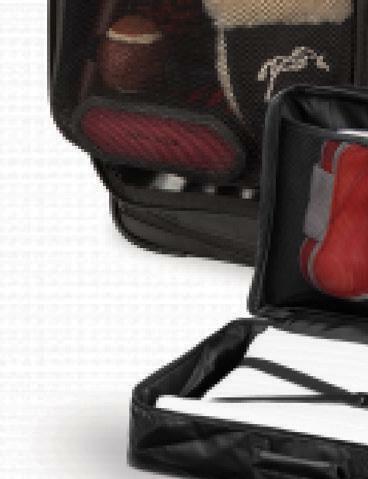

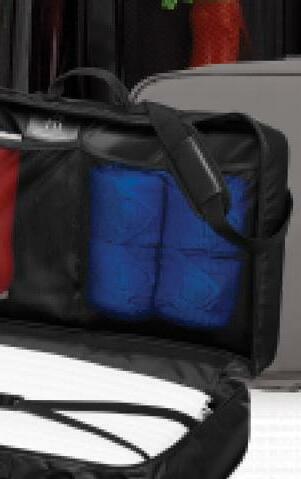





IF YOU’RE LOOKING to address your horse’s behavioral or temperamental challenges, you don’t want to miss Equine Elixirs’ popular product duo: Positude + Calmakazi. You’ve heard the stories from Olympians, top trainers, and amateurs who have found success with Equine Elixirs, which has developed a reputation for formulating the industry’s most innovative, all-natural solutions to the most challenging equine health issues. Here, we highlight how Positude and Calmakazi work together to support your horse’s nervous system.
“One of the most frequent requests we get is for supplements that help reduce horses’ anxiety levels allowing them to relax and focus while also maintaining their competitive edge,” says Elizabeth Ehrlich, founder of Equine Elixirs. “Positude and Calmakazi were formulated to complement one another by working on di erent systems.”
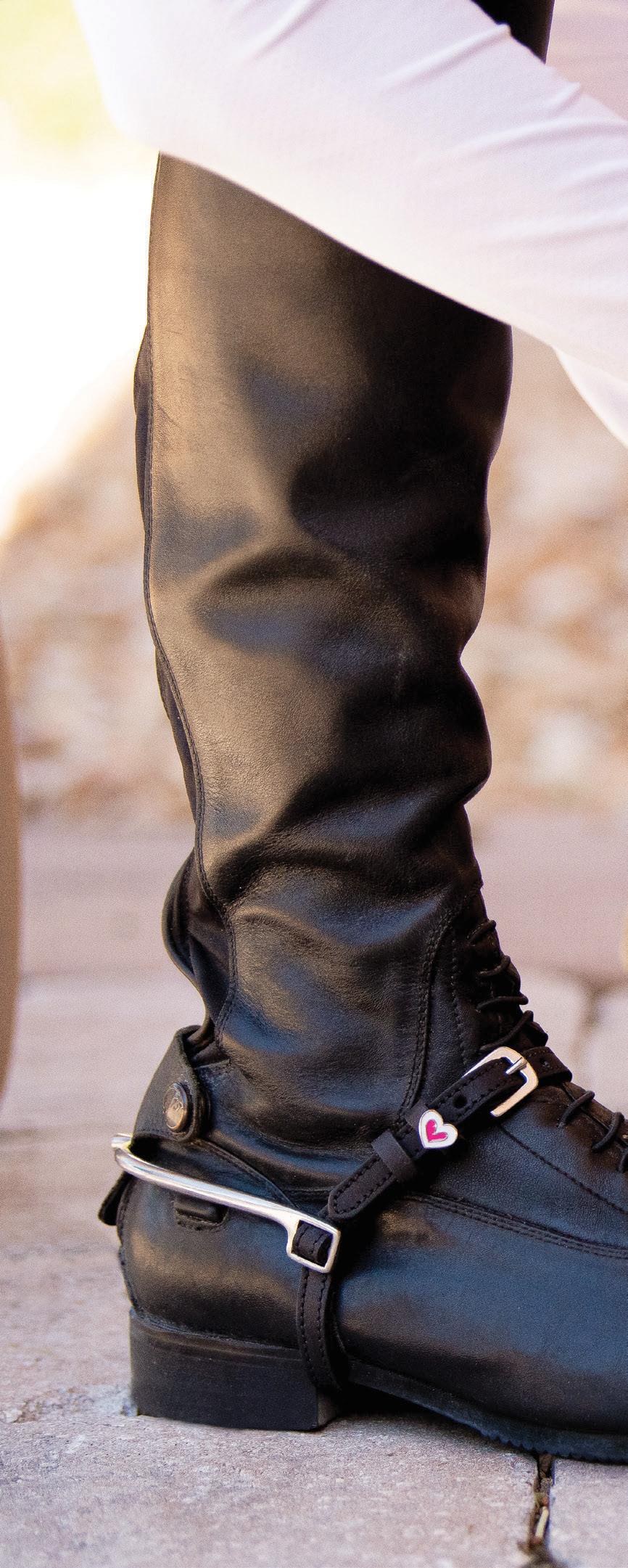

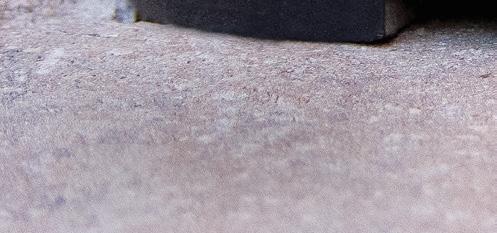
Positude helps regulate progesterone, estrogen, and testosterone, while Calmakazi helps reduce cortisol and increase serotonin. “Positude is a great fit for horses that are hormonal, temperamental, unpredictable, opinionated, and snarky,” she adds. “Calmakazi is best for horses with a pleasant demeanor, but who tend to be worried, nervous, anxious, stressed, high energy, or spooky.”
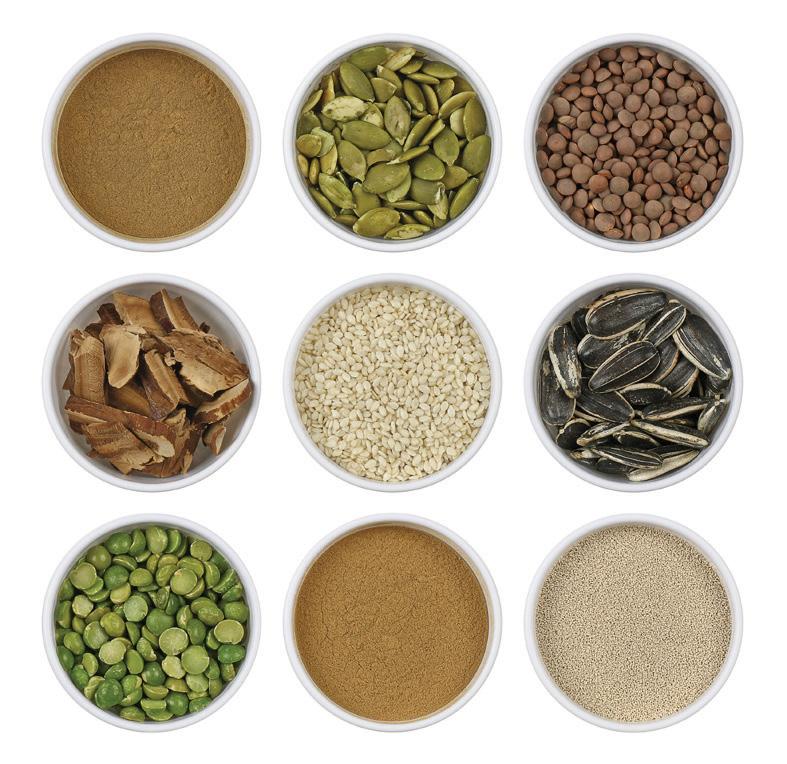
Prior to the ban on medroxyprogesterone in 2019, Elizabeth Ehrlich was already working on an all-natural alternative that

Calmakazi ingredients from left to right: Pumpkin seed, lentils, reishi, sesame seed, sunflower seed, peas, holy basil, brewer’s yeast

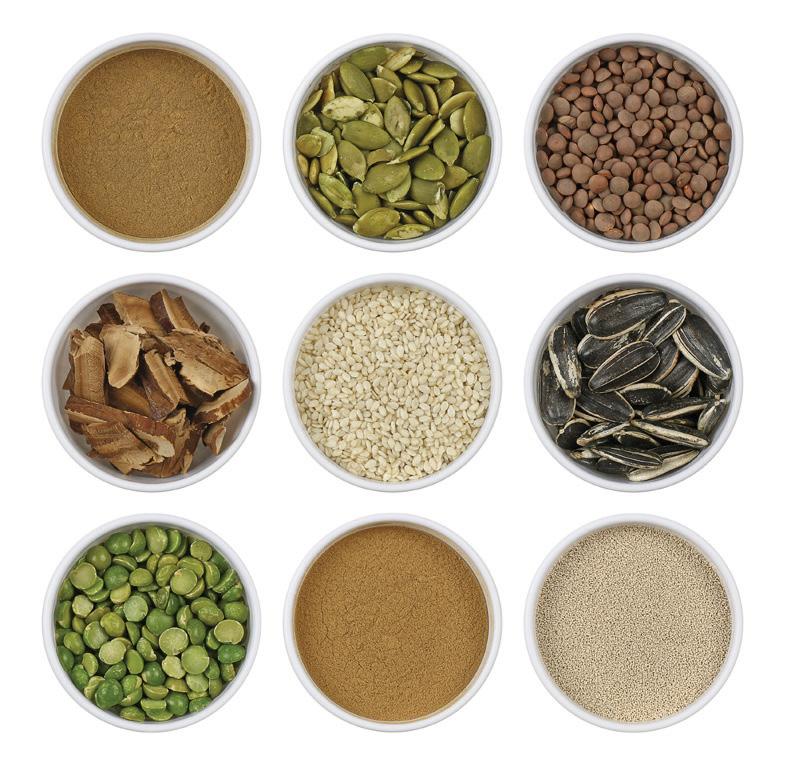



 PHOTOS: COURTESY EQUINE ELIXIRS
PHOTOS: COURTESY EQUINE ELIXIRS
would mimic progesterone therapy. “I had used ‘Depo’ for several years and was pleased with the results, but I dreaded giving weekly injections. I didn’t want to use Regumate or other chemicals and I knew there were many riders and trainers who felt the same way,” Ehrlich says. “There is a lot of research on the benefits of certain root and berry extracts when it comes to controlling hormonal fluctuations, and this research formed the basis for Positude.”
Positude is made from highly concentrat ed extracts that act upon the pituitary to maintain even hormone levels in mares, geldings, and stallions. Mimicking the effects of progesterone therapy, Positude is safe to handle, easy to feed, and its daily delivery system eliminates peaks and troughs of hormonal fluctuations.
Caitlin Shiels of True North Stables has several horses on Positude. “I find that with our busy travel schedule it really affects the horses’ attitudes always being on the go. Positude helps them adjust quicker to the changes around them and they feel more settled,” says Shiels. “The Positude eliminates those horse show jitters when arriving at a new environ ment and keeps the horses more relaxed and show ring ready.”
Even with the success of Positude,
Ehrlich felt that there were horses that required a different kind of product to provide additional nervous system support. “There are some horses whose behavior is not the result of a progesterone imbalance,” says Ehrlich. “These horses often have very pleasant personalities, but suffer from extreme anxiety, nervousness, and stress.” In those cases, Ehrlich felt a need to create a product that adequately addressed the source of their trouble.
Calmakazi is different from your traditional magnesium-based calming products. Calmakazi’s forage-based nervous system support is a two-pronged approach to calming. Whole food ingre dients high in tryptophan, magnesium, and B vitamins support optimal nervous system function while adaptogenic extracts help reduce cortisol and increase serotonin. Calmakazi is applicable to a wide range of horses because of its broad spectrum approach to reducing anxiety, and is more effective than traditional magnesium-based products alone.
Gina Economu was going to retire her 4* eventer after several years of failed attempts to improve his rideability. “His tension was high, he had a wicked spin, charged fences, and I could only ride him in two-thirds of the dressage arena because of his fear of the back end,” she says. “I tried pastes, injectables, and feed throughs with no luck,” says Gina. As a last resort she tried Calmakazi after consulting with Ehrlich about her options. “Five days after starting Linus on Calmakazi I realized he was using the end of the area, he wasn’t spinning or spooking, and I was able to actually train him rather than just survive the ride.”
David Dasilva, DVM, recommends Positude and Calmakazi to his clients across various disciplines, including dressage, hunters, and jumpers. “I find that the supplements work consistently

on all horses; mares, geldings and stallions,” says Dr. Dasilva. “One of the hardest things for horses to adjust to is the external chaos around them at horse shows and when in new situations. The Positude and Calmakazi allow the horses to take a breath and relax in stressful situations, which helps keep their bodies loose and their minds focused.”
Mark Kinsella uses Positude and Calmakazi on his string of jumpers and hunters. “Life on the road is often stress ful for horses, and while competing at Spruce Meadows this summer, I relied on both products to keep my horses relaxed and focused,” says Kinsella. “I noticed the change immediately. All my horses became more sound-minded and relaxed. The attitudes of my stallions, mares, and geldings all improved inside and outside the ring. Some of my more opinionated horses who could become distracted and sour became so much more agreeable. They are noticeably happier.”
Jennifer Gehrisch Taylor of Challenger Farms has found success using Positude and Calmakazi on her ponies who “get a little nervous at the ring and back away from the in-gate. I had an equitation horse that was sour at the ring. Hormone injections didn’t help. After switching him to Positude and Calmakazi he walks right through and around the in-gate for even the smallest child rider,” says Taylor.
The Equine Elixirs product development team already has several new innovative, all-natural solutions poised to launch at the end of 2022. Keep an eye out for “Symbiotic,” a combined prebiotic and probiotic, “Hulk,” a supplement to support muscular development, and “Pro Bono,” a supplement to help increase bone density.
For new product alerts and to learn more about Equine Elixirs and the science behind the products, visit www.equineelixirs.com and follow @equineelixirs on Instagram and Facebook.
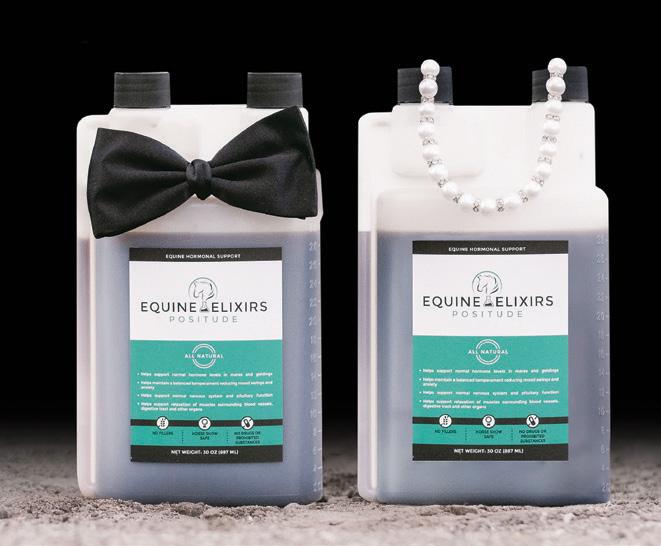
“One of the hardest things for horses to adjust to is the external chaos around them at horse shows and when in new situations. The Positude and Calmakazi allow the horses to take a breath and relax in stressful situations, which helps keep their bodies loose and their minds focused.”
—-DAVID DASILVA, DVM

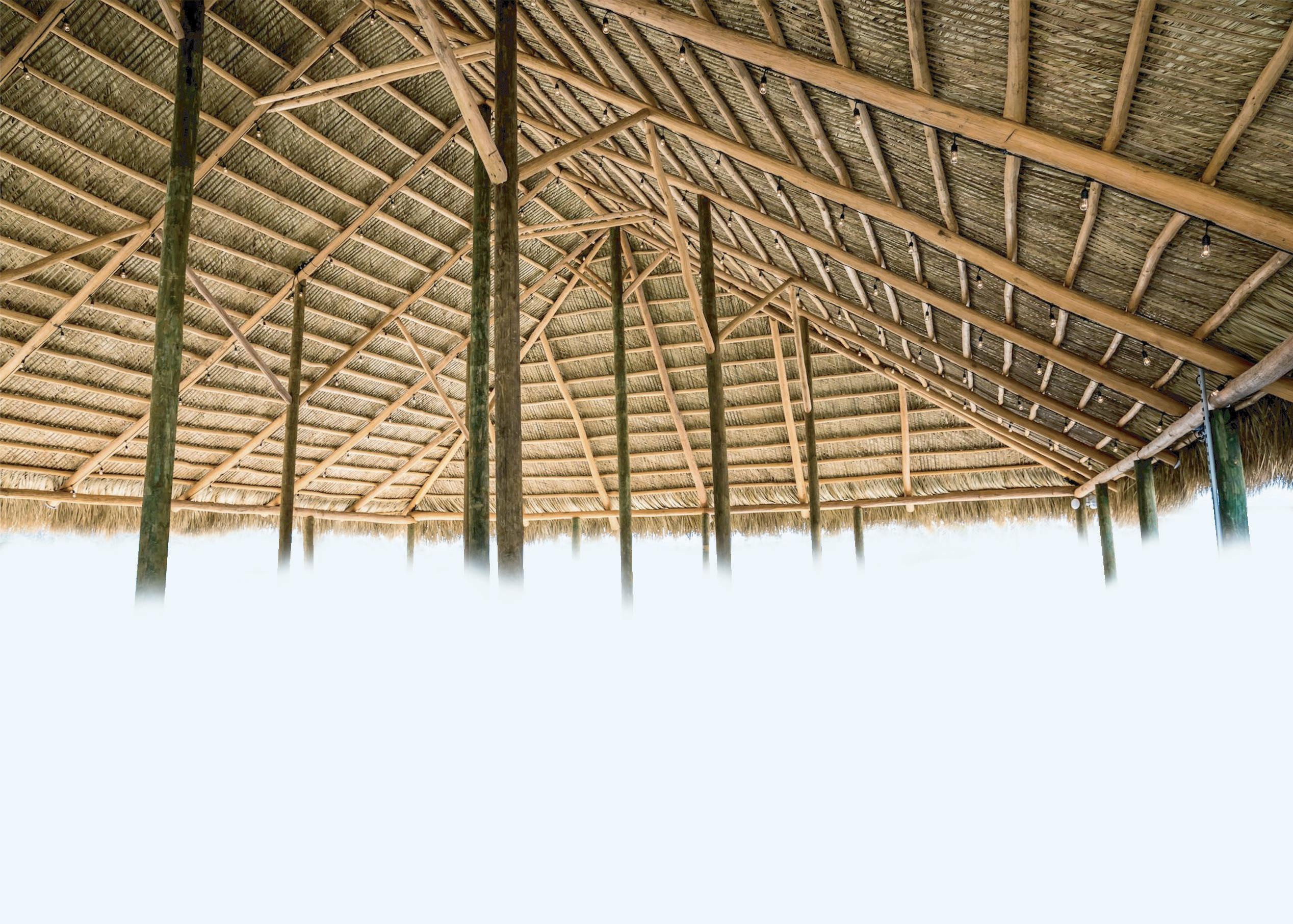












































































































































































































































































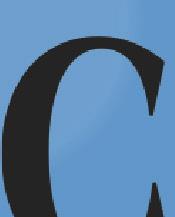






























































































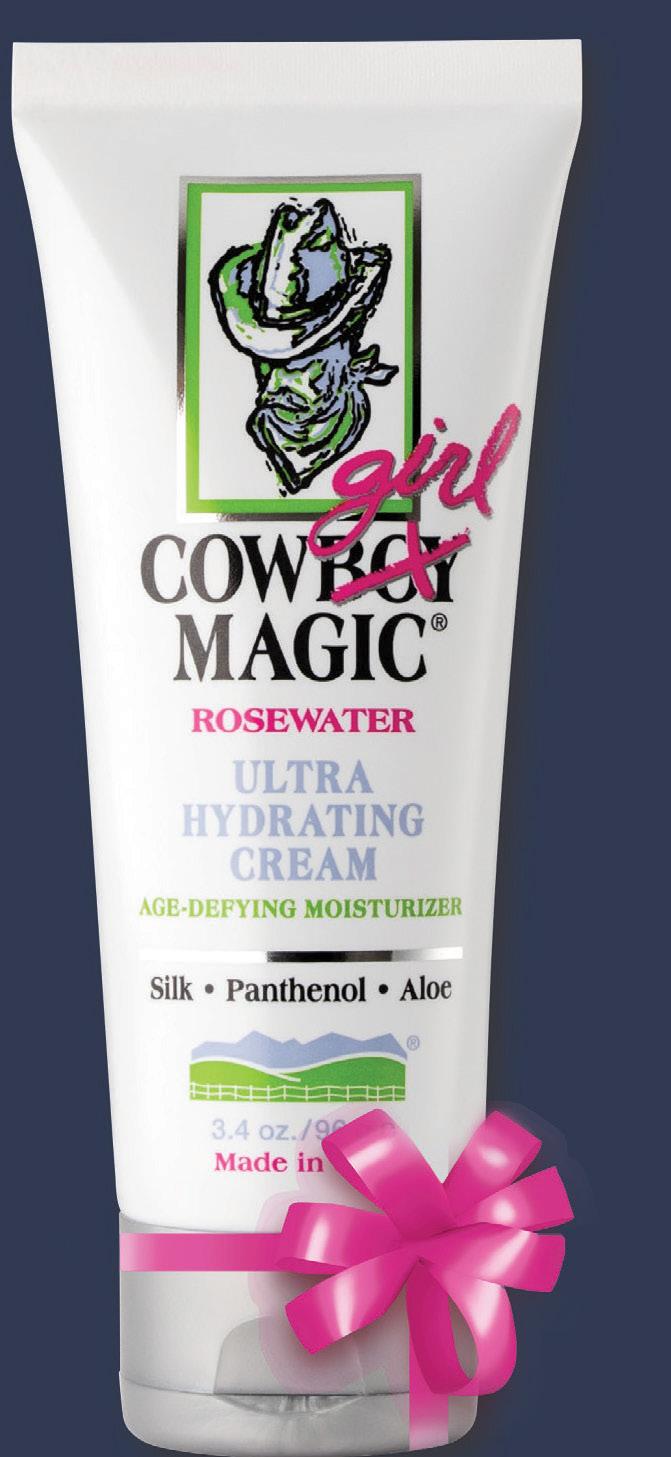
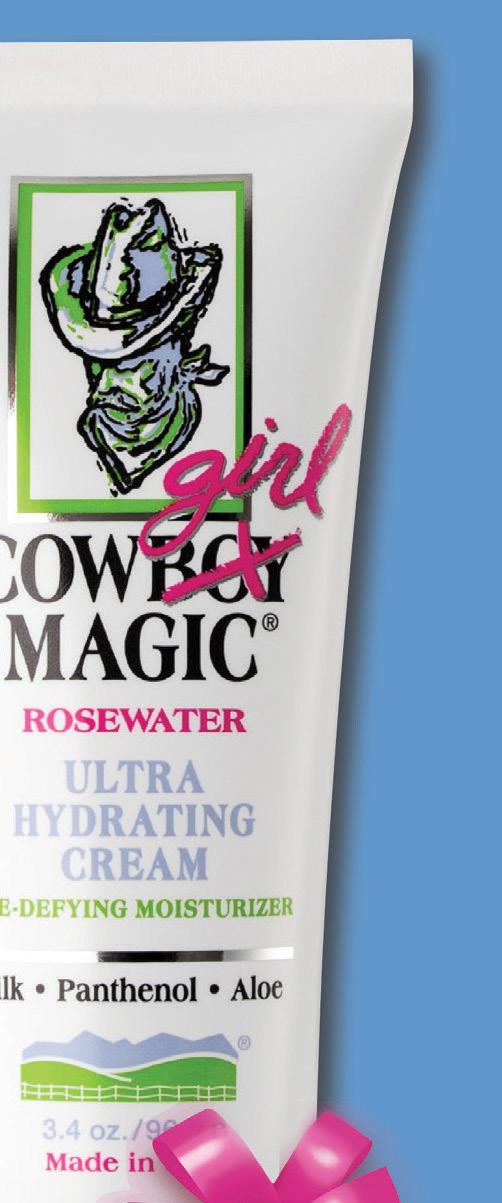











































ABOVE:

RIGHT:
 Windkiss Ranch in Vero Beach, FL, a breeding barn for Gypser Vanners
Windkiss Ranch in Vero Beach, FL, a breeding barn for Gypser Vanners

YASH BALASARIA, CEO of American Stalls, has one overriding goal for his family business. “We are just looking to make your life easier!” he cheerfully tells The Plaid Horse. Balasaria has redesigned his father’s business in less than three years, taking great pride in both their customer service and craftsmanship. Barns built by American Stalls are staples on Pinterest and continue to win over customers all over the country.

A family owned and operated company, American Stalls began in 2005 with Balasaria’s father Niraj, a steel manufacturer by trade. The company helped manufacture portable stalls for the traveling horse shows, including HITS. The company gained experience by helping to work on thousands of horse barns across the United States.
In 2017, Balasaria joined the team to begin an expansion and reinvention of the company. “We revamped our product line and manufacturing to build the finest products,” he says. “We have then built a world-class team who deliver world-class customer service.”
American Stalls shifted their focus from volume to quality. Targeting the majority of the new stalls on safety, Balasaria explains how the craftsmanship
was redesigned in many ways to avoid injury for both the person and the horse: “Simple corrections can be made to give you the highest quality set-up, like round bars rather than solid bars that are safely spaced and galvanized steel for rust protection.”
Founded and built on family standards, the Balasaria group continues to pride themselves on a set of business principles that never stopped working: Innovation, transparency, and customer service.
Balasaria plans to continue to push the boundaries with the business. American Stalls is proud to never be complacent, and always looking for ways to improve the current design. Balasaria uses the stall door latch as a key example.
“We want the latch we offer on year one to be working just as well on year
ten. A stall with a broken latch is useless. Everything should effortlessly glide on the tenth year,” he says.

As for communication with their customer, American Stalls aims for transparency. “When it comes to the sales process, we like to treat your barn like it’s ours,” Balasaria says. “We educate our clients to ensure they’re experts in what they’re adding to their barns.”
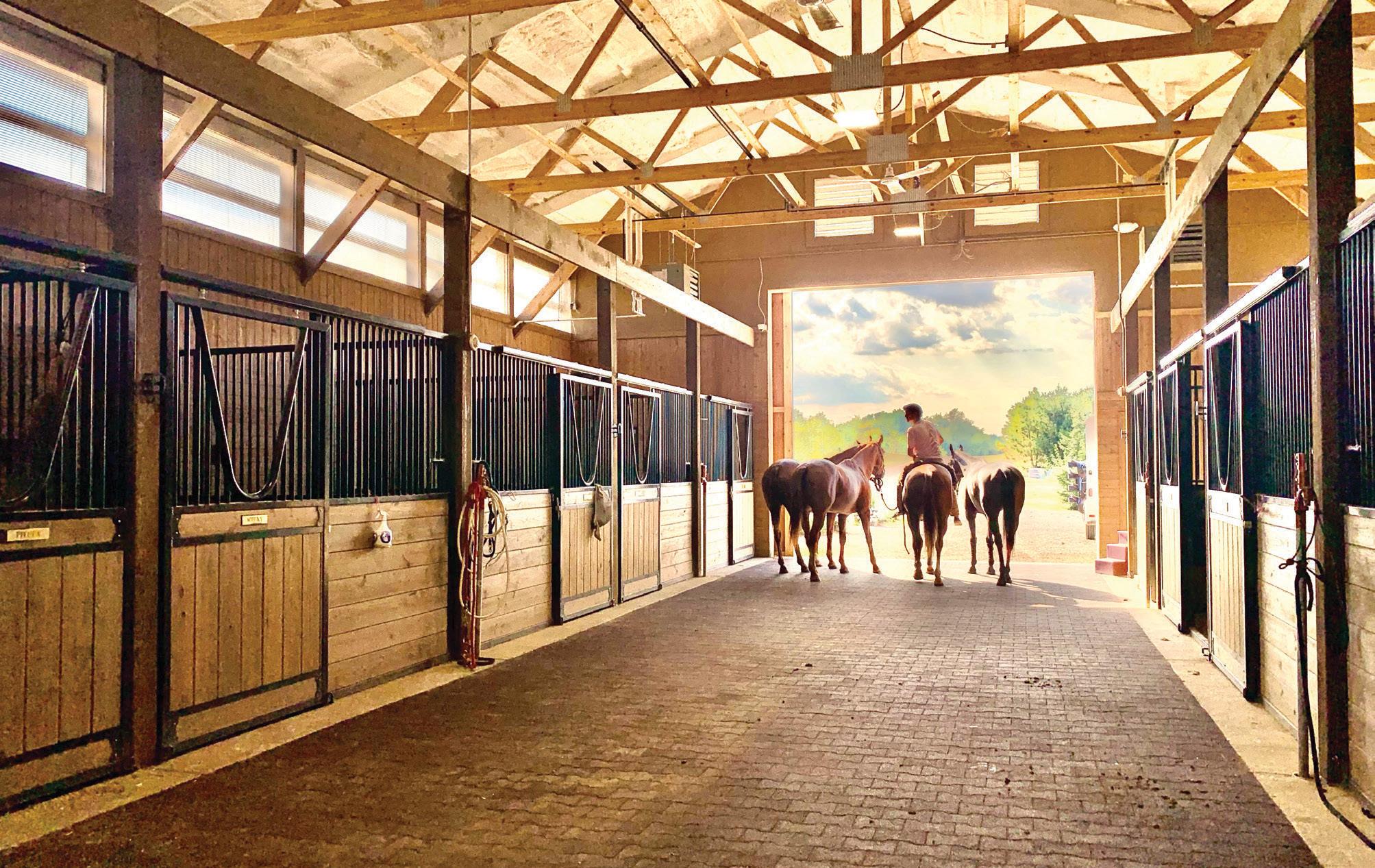
Additionally, American Stalls values a strong and long-term customer service approach. The business model is relationship driven. “Regardless of the price or stabling needs, we will always treat you like family,” he adds.
The design process of an American Stall will vary from client to client. Depending upon whether you are the barn owner, an architect, or the contractor, building a new space, or working on a renovation, the choices you make depend on a variety of factors.
“There is a consultative design process. Depending on the barn, one will need to know the facility’s purpose: commercial,
training, or private. What are the personalities of the horses? The answers to these questions affect the design options greatly,” he says. “Interestingly enough, horse doors with low yokes for horse heads work only for barns where your horses get along well with a low rotation. Training barns’ needs will vary greatly from your own private barn. Design factors change considerably.”
Even the aesthetics of the design can vary based on discipline—a dressage barn will not always look the same as a western pleasure barn. “But either way, we are with our client through the entire process, through the initial meeting, FaceTime, and will fly out during construction if necessary,” he says.
American Stalls not only services your dream barn, but provides barn doors, flooring, lighting, farm gates, barn windows, and portable horse stalls. Education is also key for the company, especially as it relates to safety and avoiding the potential dangers seen in barns across the country. And they do it all with transparency. “Our motto,” he concludes, “is honesty.”
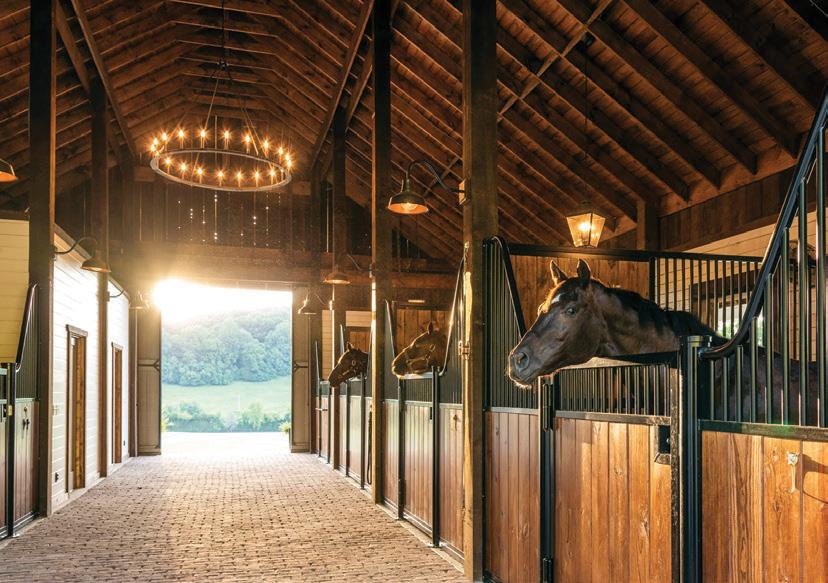
“When it comes to the sales process, we like to treat your barn like it’s ours.”
—YASH BALASARIA, CEO




THERE ARE A NUMBER OF FACTORS to think about when building a new riding arena. Like many aspects of the equine industry, a new arena can be costly, so it’s important to take all of your wants and needs into consideration in order to get the most out of your investment.
Although it is possible to upgrade an existing arena, it’s generally more challenging to replace existing infrastructure and work within the established size constraints than to start fresh. Plus, having a customized arena can make your training more productive and enjoyable. Sharn Wordley and Craig Martin, international Grand Prix riders and co-founders of arena design and equestrian surfaces company Wordley Martin, share their expert advice about what to consider when building a new arena with The Plaid Horse.
“As horse lovers, we are always looking to protect and do the most we can for them,” says Wordley, who has represented New Zealand at the Olympic Games. “Even in the pursuit of competition success, we want to give our horses the longest and healthiest careers possible. One of the most basic ways to achieve this is to minimize the stress put on the horse’s body by supporting the concussion of each footfall.”
Aside from turf arenas, most arena footing is a sand mixture requiring water as a binding agent to facilitate the proper moisture level and resulting texture. The quality of the sand and the ability to add or remove water determine the overall quality of the surface. Having a consistent product to fill your arena will help minimize irregularities, which could also cause additional physical stress to the horse.
“The main repercussions of riding on bad footing would be soundness issues, which ultimately impact the horse’s competitive ability,” says Martin, who has ridden with notable athletes including Tim Stockdale, Barry Taylor, and William Funnell. “If your home footing is bad or inconsistent, then the horses’ ability to perform decreases and it also increases their chances of injury. The footing being too hard, lacking concussion absorption, being too slippery or too deep

are all common problems that will cause unnecessary wear and tear on a horse.”
Wordley also notes that different sands require different watering routines to keep the footing optimally dampened. Some sands will hold moisture a little more and a little longer, so watering does not need to be as frequent. Other sands are a little more porous, requiring a more extensive watering schedule.
“In general, the footing isn’t really
rideable without a binding agent like water, making an irrigation system more essential,” says Wordley. “It’s no good if there’s no moisture in it. Adding water also takes any sort of dust implications out of the equation. That can be particularly important in cases where the footing is a traditional river sand or something similar, because the sand particles break down and become dust powder. In our arenas, we use a
SHARN WORDLEY has competed at numerous venues across 22 countries, giving him a strong foundation for quality arena conditions. He was previously ranked among the top 50 show jumping riders in the world and has represented his home country of New Zealand at the highest level of the sport, including at the 2008 Beijing Olympic Games and the 2018 FEI World Equestrian Games in Tryon, NC.
CRAIG MARTIN is one of a select list of professionals worldwide who are qualified as a Fédération Équestre Internationale (FEI) Approved Footing Specialists. In addition, he operates a successful real estate business and is a competitive Ironman and ultra-marathon athlete.
Together, Wordley and Martin have leveraged their decades of athletic experience and expertise to found Wordley Martin, specializing in creating equestrian arena architecture, construction, installation, and footing products for a personalized, ideal riding environment. With an exceptionally high standard of execution, Wordley Martin has become the choice of Olympic show jumpers, dressage athletes, and eventers alike.
 Size, shape, and the inclusion of any special landscaping features are all things to consider when creating your ideal riding environment
Size, shape, and the inclusion of any special landscaping features are all things to consider when creating your ideal riding environment
LEFT: The multiple levels of construction can take more time and be more costly depending on the geographic location and topography of the property RIGHT: Quality footing is important to prevent unnecessary wear and tear on the horse
proprietary 99% silica sand mixture, so it’s not dusty at all because the sand particles don’t break down.”
The climate can vary drastically across the United States, which can greatly affect structural decisions for the arena. Humidity and precipitation contribute naturally to the moisture of an arena, while more arid conditions make the footing dryer. Adding and removing water allows the user to regulate the quality of the surface during almost any natural weather conditions. Water can be added with an irrigation system that sprays water over the complete surface. On the other hand, water can be removed through a drainage system. In both cases, adding and removing water evenly is key to maintaining consistent footing.
“In Florida, with four inches of rain in five minutes, you have to have a very robust drainage system to be able to manage that level of potential precipita tion. Really, the whole eastern seaboard experiences a lot of rain, so drainage is extremely important for arenas in those areas,” says Martin.
Those with arenas in naturally dryer geographic regions might consider a different watering mechanism, such as an ebb-and-flow system. The ebb-and-flow system maintains a reservoir of water, similar to a bathtub, under the footing surface instead of spraying water over
the top. When the footing needs to be watered, the reservoir level is increased to allow the water to rise through the sand footing and provide a consistent moisture content throughout the whole arena. When it rains, the water flows down into the reservoir.

“In a place like California, you don’t have as much rain, so water for the arena is a much bigger concern; you have to think a little differently,” adds Martin. “The ebb-and-flow system is a good solution for this compared to the common sprinkler irrigation system with a free-flowing drainage base, better at helping excess water escape.”
Another solution Martin suggests is to direct draining water to large tanks for storage, so the water can be recycled back onto the ring. When it rains, the tanks collect water and fill to keep the process going.
The terrain, dictated by the geographic location of the arena, as well as the arena’s placement on a particular property, can also affect how expensive the project becomes and how long it takes to complete. In a place with more undulating ground, excavating to create a flat area can be more challenging and time consuming compared to a naturally flatter, more clear space.
“Because of the excavation, creating the flat site of the arena, which we call the pad, is often the hardest part of the project,” says Wordley. “If you’re in Ocala, Florida, where the ground is naturally really sandy versus in New York on the side of a hill where it’s more rocky, the amount of excavation definitely changes the cost and the timeframe of how long it takes to create an arena.”

In addition to determining the right location for your arena, factors like size, shape, and the inclusion of any special landscaping features are personal decisions based on the kind of riding you will be doing. The number of horses using the space and activities it needs to accommodate can be determining factors. For example, if you’re not expecting many horses to train simultaneously, perhaps a more standard sized arena is enough. If you have a busy facility, a more expansive ring could be beneficial. Similarly, if you’re training over fences for show jumping or eventing, you might need more space to build and practice technical courses. You could also consider additional elements like extending one side of the arena to make a more unique shape or adding a gallop track to increase training possibilities.
After taking everything into consider ation, having experts to guide the design and construction process will help turn your dream arena into reality. Having an individualized, high-quality arena will not only increase the caliber of training you can accomplish, but also can give you peace of mind knowing you have done your best to protect your equine partners from injury.
ONCE YOU HAVE BUILT YOUR ARENA, the subsequent step is maintaining it to the original installation standard. Stay tuned for the next part of our Ask the Arena and Footing Experts series with The Plaid Horse to learn more.
For more about building your own Wordley Martin arena, visit WordleyMartin.com/Welcome
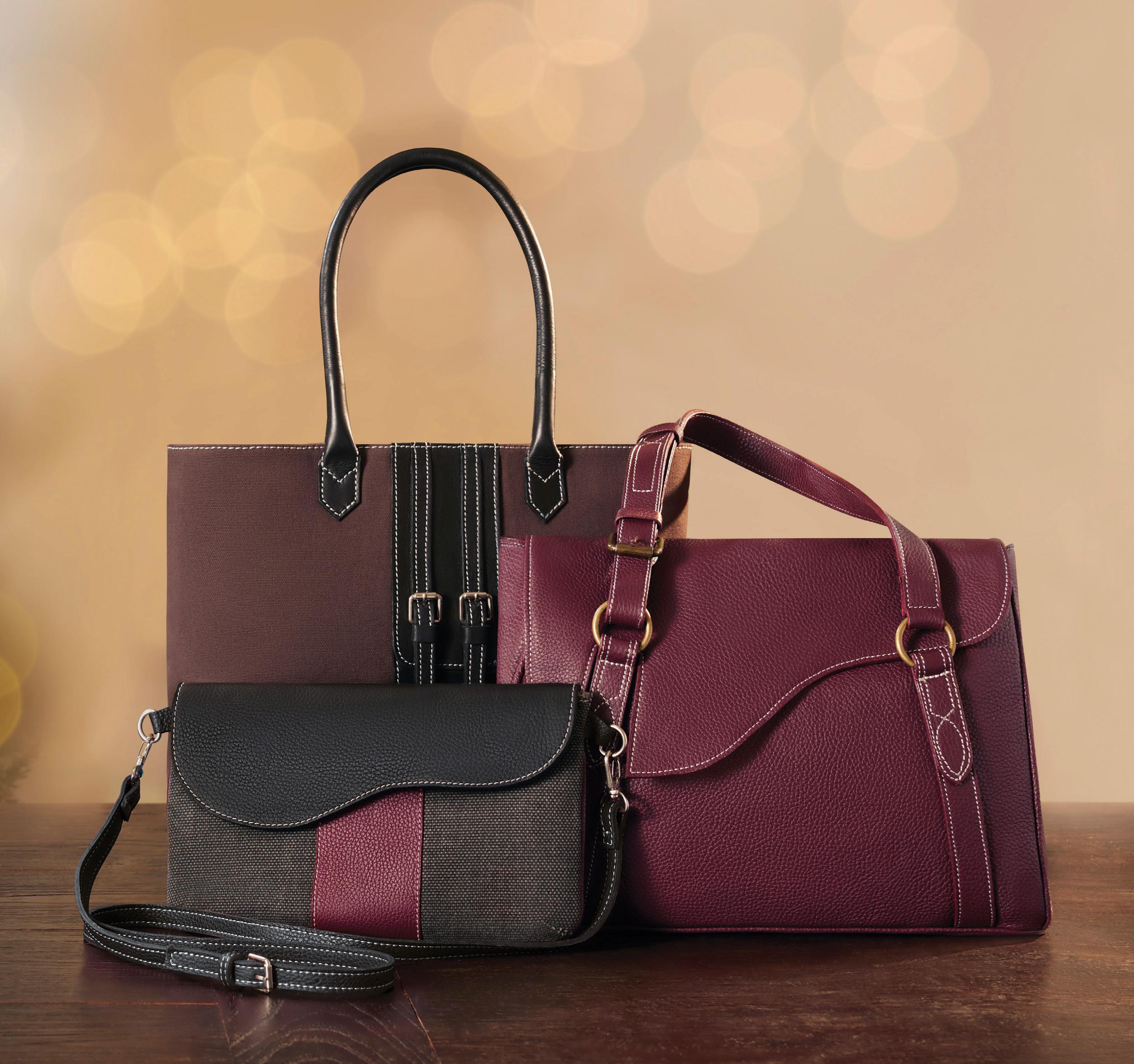

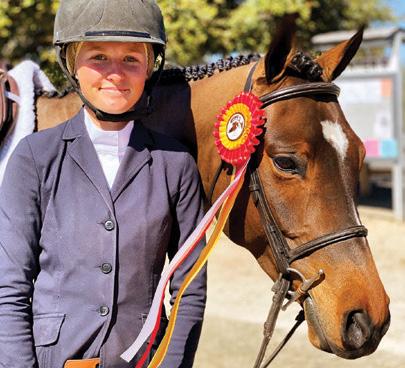



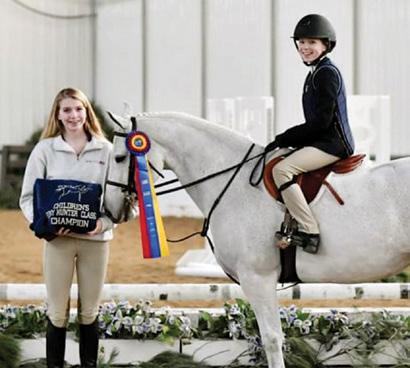
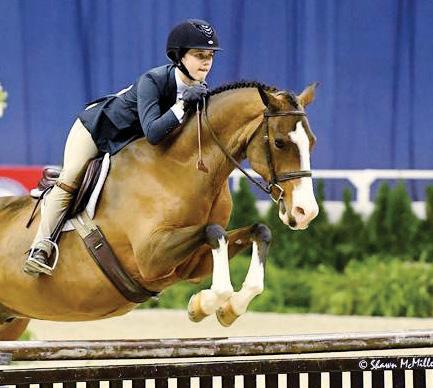


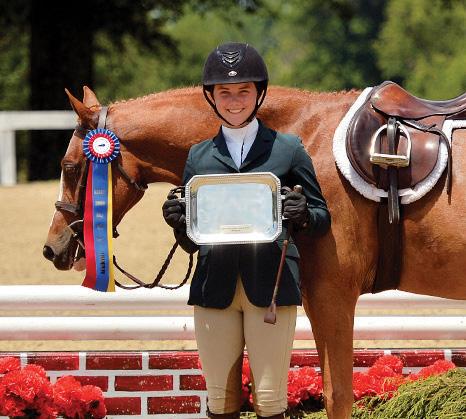

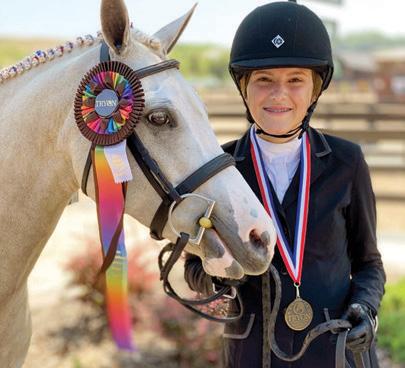


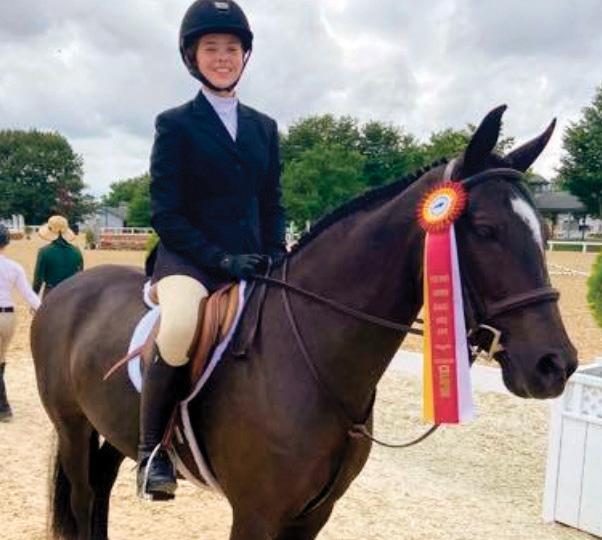


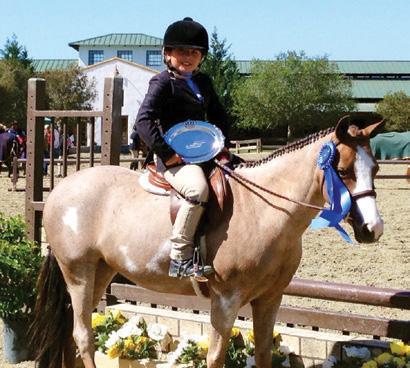




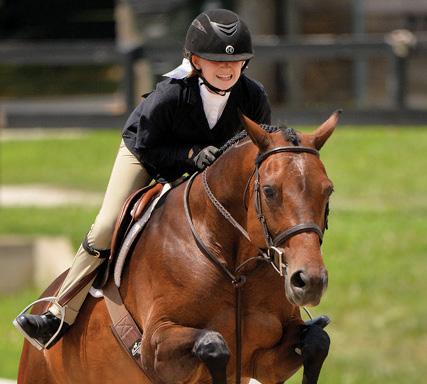

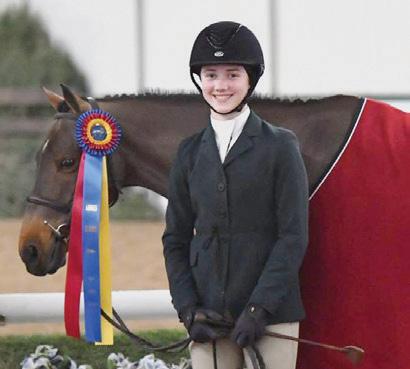





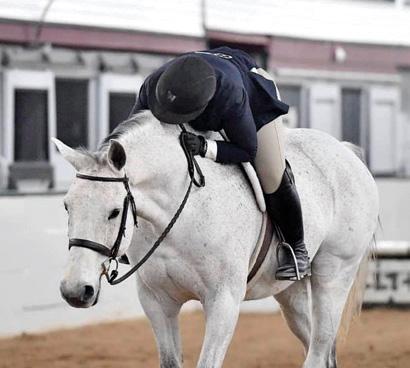




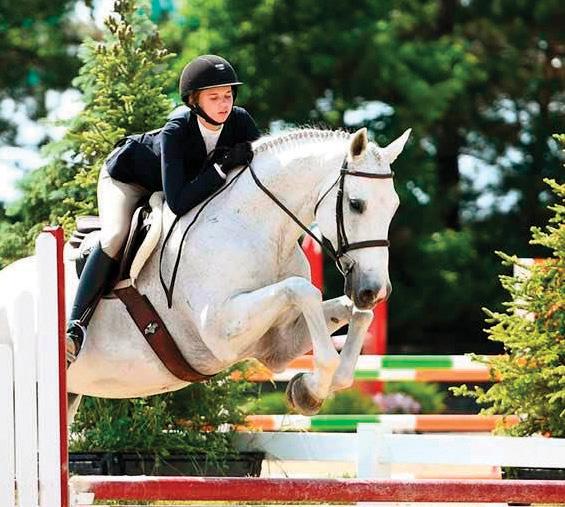
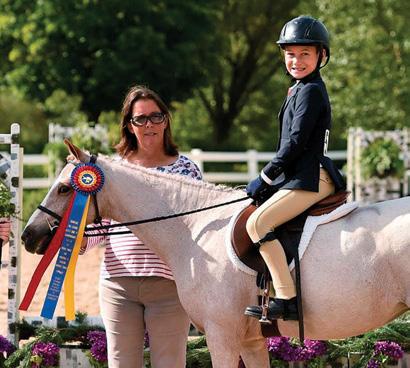

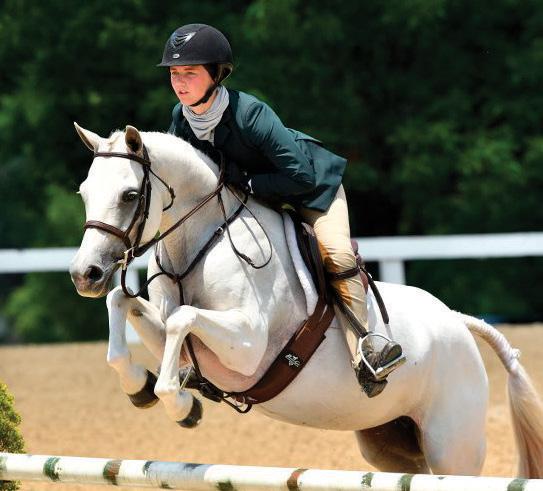
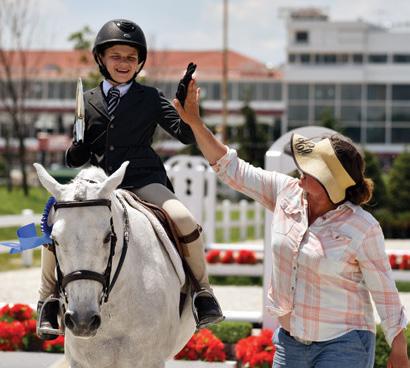

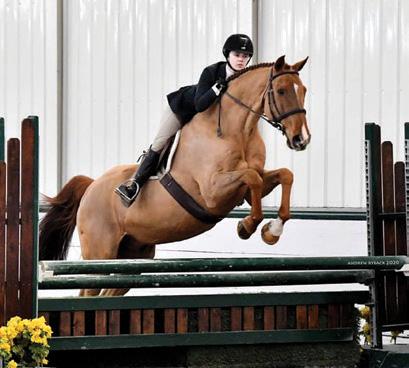

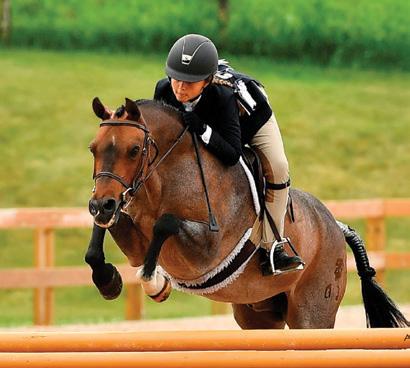

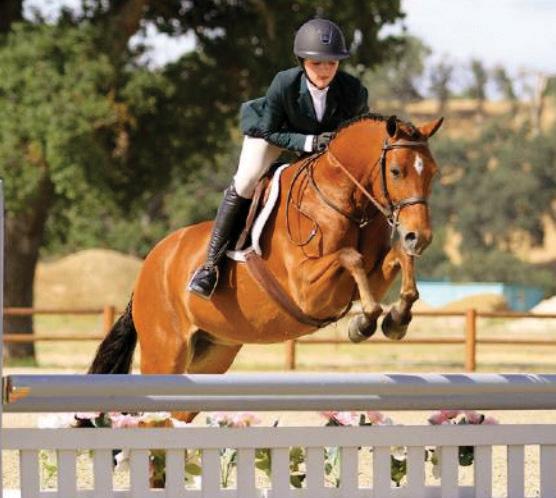

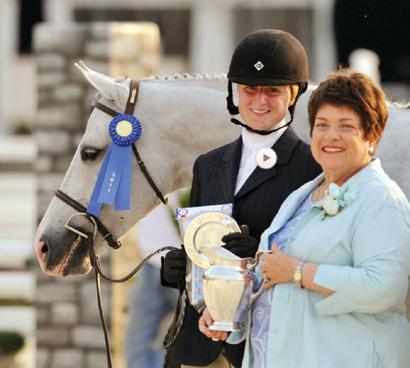
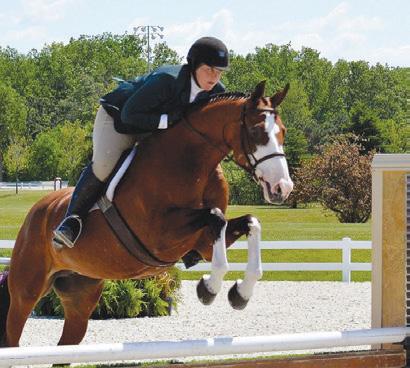









ALCOHOLISM AND ADDICTION are epidemics in this country. Millions of people struggle with these serious, life-changing issues (see caption below), and the horse show world is no exception.
Lyn Pedersen wants people to know that there is a way to live differently, and still enjoy life and competitive riding.
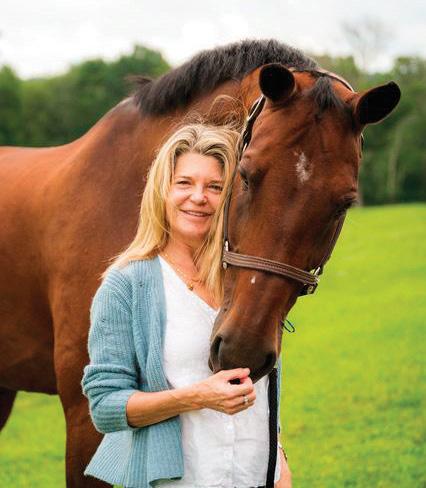
Pedersen has been riding since she was 10 years old, from ponies to the Junior Hunters and equitation, to the AmateurOwners. She’s also been sober for 24 years, and spent that a large part of that time earning her degree in social work and helping others who suffer from substance use disorders. She currently works as a sober coach, intensive case manager and interventionist as a way of giving others a way to get sober, stay sober and be happy.
“Addiction, whether to gambling, alcohol, drugs, food, shop ping—you name it—can hijack a person’s logic and perception… their best thinking,” Pedersen tells The Plaid Horse. “And the denial is profound, which makes it difficult to ask for help. Simply put, if drinking or drug use is causing problems in your life, you have a substance abuse problem. Alcohol is a drug, and severe alcohol use disorder is every bit as damaging as drug addiction.”
Pedersen wants people to know that there is help, and whether a person is curious if their drinking or drug use is a problem, is interested in investigating what options are possible, or is ready to address their addictions, she is available to talk to about it.
According to the National Institute on Drug Abuse, in 2020, more than 16 million people reported misusing prescription drugs.
a lifeline from
and
 PHOTO: SPORTFOT
December 2022/January 2023 THE PLAID HORSE
PHOTO: SPORTFOT
December 2022/January 2023 THE PLAID HORSE
“I have no opinion whether a person has a problem with drugs or alcohol. I just want people to know that there is a safe place to ask questions,” she says. “My work is totally confidential, and has no expecta tion of outcomes, or goals to change.”
“Drinking and doing drugs, or ‘partying’ is a big part of the of the horse show lifestyle. I think that that can make it difficult for people to see how their alcohol and drug use may be changing from something that was once fun to more of a ‘need’ to use, and drink. If drinking or doing drugs is starting to cause problems in a person’s life, it might be time to take a look at it.”
Pedersen knows these consequences all too well. Coming from a family of alcohol ics, she grew up stressed out and had huge expectations. She excelled by focusing on her riding at the expense of school and everything else. “I was an addict before I had my first drink,” she says. “The first time I got drunk, I was finally comfortable in my own skin. All addicts have the common thread of not feeling good enough and I wasn’t able to recognize or confront that until I got sober.”
Despite having sober people around her, Pedersen never felt like she belonged or was able to be part of that group. “In my mind, my idea of what an alcoholic looked like didn’t match the way I drank,” she says. Pedersen’s family did an intervention and she went to treatment, where she surren dered herself to fighting her addiction.
Pedersen realized what a challenge she was to the people around her. “I never believed that I was lying,” she says. “I would stay out all night and promise to my husband that I would never do that again. And I believed I could. I thought it was possible. Addicts truly believe that the next time will be different.”
Now sober, Pedersen started coming back to riding and had to confront her perceptions and reactions to every mo ment. “Being sober has given me the gift of being willing to suit up, show up, and do the right thing. It’s given me fluidity

and grace. I’m present in the moment and have the gift of being able to enjoy and be here now,” she says. “My emotions are more authentic and less erratic. I didn’t experience authentic joy and authentic laughter until I was sober and able to get in touch with all my feelings and be willing to be uncomfortable.”
As she had success in the show ring, she started to look for ways she could get involved in the rehabilitation community that had helped her get her own life back. Pedersen earned a Masters in Social Work and a Certification in Alcohol and Substance Abuse Treatment from Fordham University, where she graduated with honors.
Developing her own style for intervention came from her personal experience. “Twenty-four years later the compassion and empathy of my own intervention still feels fresh,” Pedersen recalls. Using a family approach to lovingly confront addiction and mental health issues helps her create a supportive situation, not a challenging situation. The goal of an intervention is to get a patient out of denial and willing to accept treatment, a part of the journey through the only disease that tells patients’ brains that they don’t have a disease. Non-clinical support specialists like Pedersen help remove barriers and obstacles to recovery.
“Recovery can look a lot of different ways. We want people to enjoy life. No one wants to get sober and miserable,” she says. “There are ways to get sober and stay sober and have joy in your life. For many people, willingness to try becoming sober and try activities sober must be learned.”
Pedersen also counsels those who are sober-curious. “As what is created in
your environment always seems normal, many people at horse shows are not sure if they have a problem or if they have to do anything about it. A person doesn’t need to be ready to change their life to talk…they can simply be inquisitive about what a sober lifestyle might look like for them, especially a sober lifestyle at a horse show. A lot of people in the industry don’t know that there is access or someone who understands their lifestyle and can help change where they’re at and where they want to be.”
Back when she was drinking, “I spent a lot of time in my head. A lot of comparing my insides to other people’s outsides,” says Pedersen. “Being resentful and frustrated with people, places, and things. Not being
is amazing.”
in the moment. Wherever I was, there was somewhere else I wanted to be. I was truly uncomfortable in my skin. Being sober was an adjustment and was not a comfortable way to be until I developed the tools and recognized a roadmap for how I think and do. Most people use drugs to avoid feeling uncomfortable and it takes a lot of support for anyone to work through their issues to confront life sober.”
As it turns out, a life of sobriety is far better than she could have imagined. “I have a lot of gratitude for my life. I am a productive member of society and I can
help people,” Pedersen says. “Everything I was seeking when I was drinking and doing drugs I have found in sobriety.”
The joy and admiration that Pedersen feels for every horse she rides fuels her mission to help our community. “I love every horse I get on. So many people make it possible for me to ride great horses, especially Alex Hamer, Liz Reilly, Don Stewart, and Becky Gochman. These people have been incredibly generous and supportive and I am forever grateful. I love the spiritual connection and being in the moment with a horse. Everything else goes away, all the noise.”
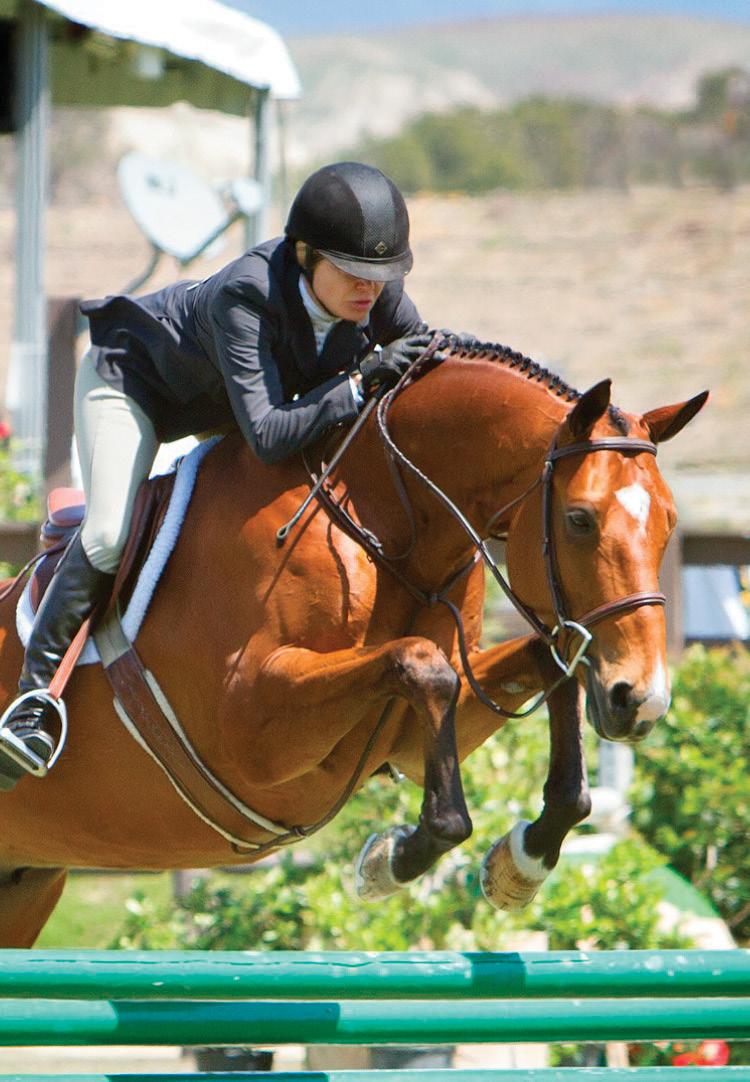

How do you know if you might have your own use, abuse, or misuse? Pedersen says in general, if you’re making excuses for your behavior, hiding your behavior and lying to others about it, or experiencing negative consequences for your behavior, it might be worth looking into whether you have an issue. Meeting with Pedersen is totally confidential and discreet and she meets with people wherever and whenever they want, including at horse shows.
For more information, visit lynpedersen.com or reach out at 203-921-9566. Talking to Lyn does not come with any commitment and you can reach out if you want to change your life for the better and want to understand your options.

An intervention is the most loving thing you can do for any person suffering from a substance use problem, mental health struggles, and/or behavioral health disorder. Whether it is addiction to substances such as alcohol and drugs, mental illness, or eating disorders, the ripple effect these issues have on the people surrounding the addict is often devastating. It is nearly impossible to rationalize with someone caught in the grips of addiction. We have an understanding of the addictive brain and create a safe, loving environment where the individual in need of help will be met where they are in their life. They will feel the power and presence of those who love and care about them most in a collective effort to provide them with the help they desperately need.
When a loved one is struggling with a substance use disorder and repeated at tempts to persuade them to seek help are unsuccessful, a professionally facilitated intervention can be a life-saving step.
Interventions are an opportunity to inter rupt a person’s destructive life patterns. It can be the starting point for change. An intervention is a carefully organized, loving approach that can be used to break through denial, resistance and excuses that often accompany substance use disorders.
We will work closely with the family and friends of the individual to create a con trolled, safe setting where they can express their love and concern and offer a solution. Once a loved one contacts us, we will be involved with everyone involved throughout the intervention process. We will work with the family and loved ones to create a unique plan that will suit the individual and begin to put that plan in motion. Our goal is to help move the individual towards recovery and a more hopeful, fulfilling, and empowered life.
The best options for treatment will be made available to the individual and the family if needed. We will work hard and use our experience and connections to provide the most healthy and positive outcome for the individual struggling with a substance use disorder.
—LYN PEDERSEN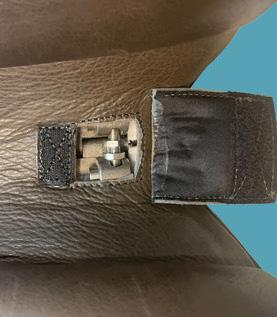
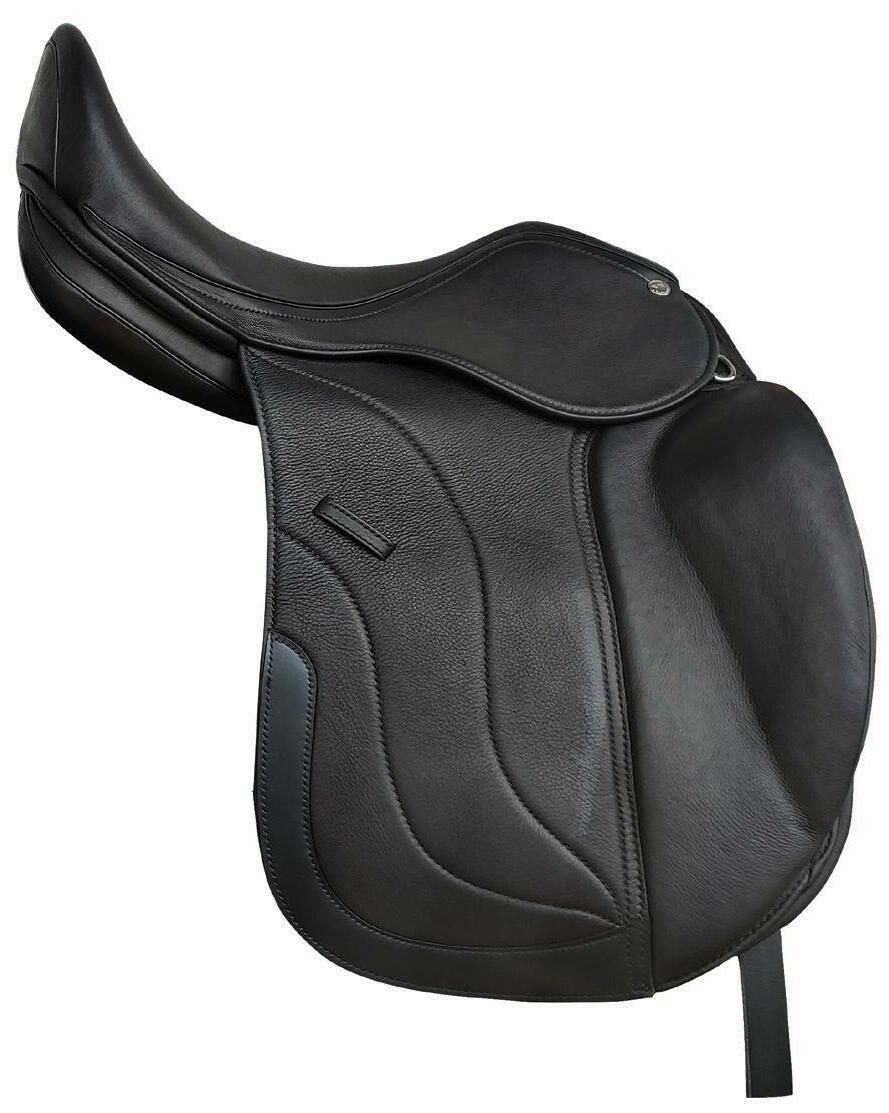






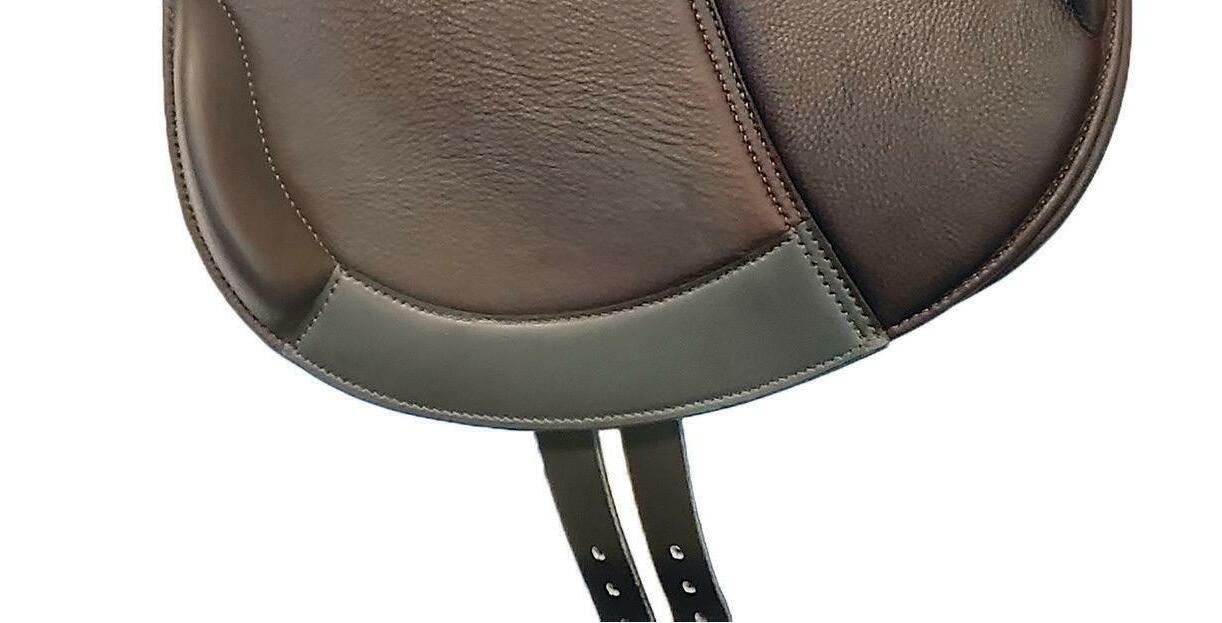













• BARN NAME: Mo
• BORN: 6/22/2017
• BREED: Dutch Warmblood

• HEIGHT: 16 hh
• SIRE: Up to Date Miltoo (Darco –Grandeur)
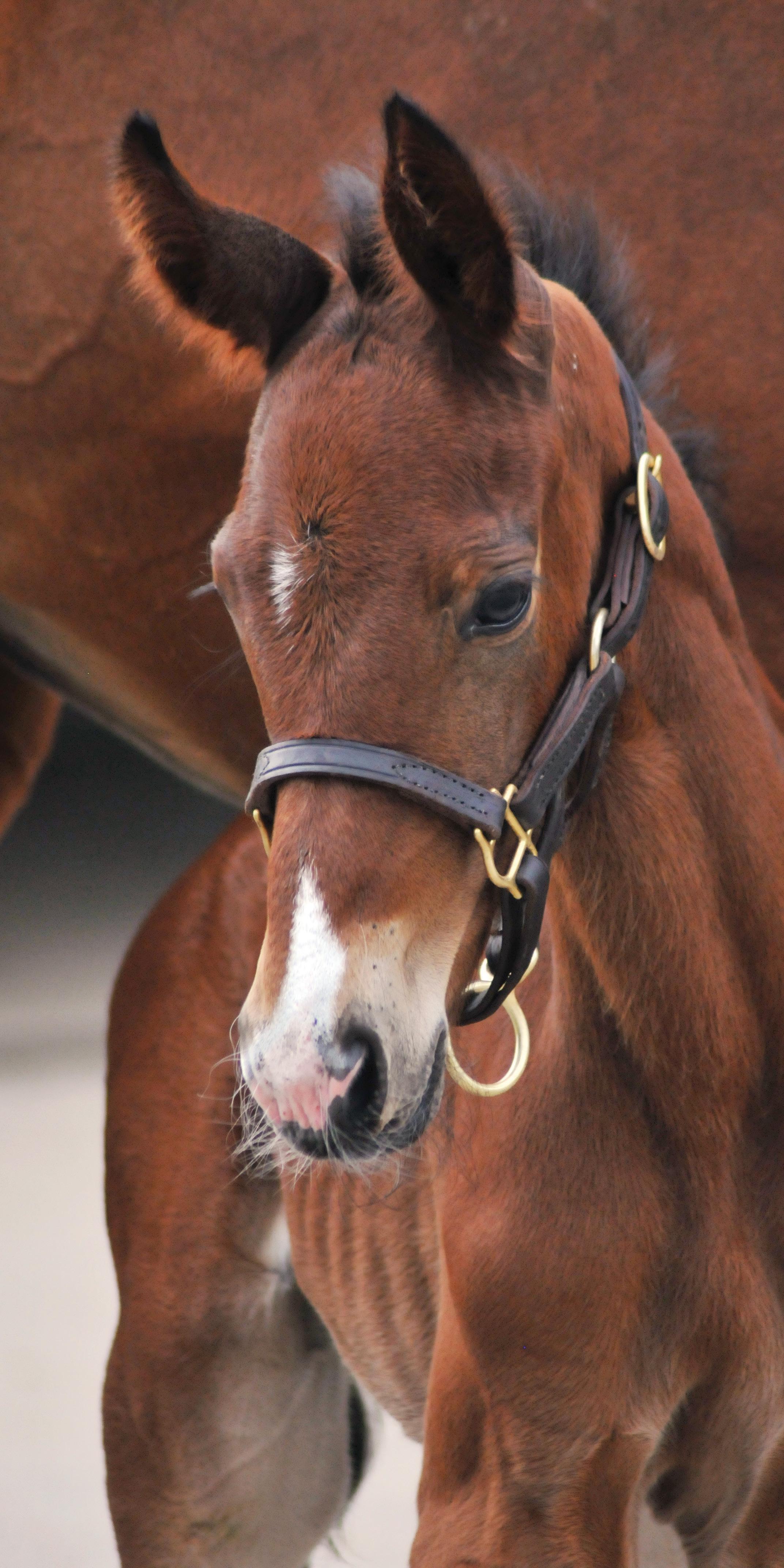

• DAM: Waminka (Fedor x Naminka)
CLOCKWISE FROM TOP LEFT: Motueka and Millar compete at The Kentucky Summer Series. The team finished their 2022 with six consecutive wins; “We had no idea what we were going to get. When he was born, he was this beautiful very pretty foal,” says breeder Angela Pritchard; Motueka before heading to his ‘cowboy training’ and working with the Millars
PHOTOS: SHAWN McMILLEN PHOTOGRAPHY (TOP LEFT); ANGELA PRITCHARDPEERING OVER THE EDGE of the stall door, young Angela Pritchard stretched her 4-yearold legs to stretch as far as they could go. With wisps of hay in her hair and the smell of fresh shavings thick in her nostrils, her eyes focused on a Paso Fino mare and her newborn foal.

Sights like these became a staple for Pritchard and the feeling of seeing that first foal at her uncle’s farm all those years ago remains fresh in her mind. It’s where her passion began. “That was the start,” Pritchard tells The Plaid Horse. “I loved being there. I just love mares and foals and I’ve always been interested in breeding.”
Pritchard is now all grown up. She went on to ride, own, and eventually start breeding horses. Over the course of the past decade, she has bred about 20 foals stateside. Five years ago, a little foal came into her life that would prove to be a memorable one.

“We had no idea what we we’re going to get. Both parents are big, the stallion very handsome, the mare, very handsome. And when he was born, he was beautiful,” says Pritchard.
PRITCHARD“I always root for the underdog. Ugly ducklings do grow into swans.”—ANGELA
A little bay Dutch Warmblood came into Pritchard’s world. His brown nose came complete with a distinct snip. She was delighted and named him Motueka after a town in her favorite place in the world, New Zealand. They would call him ‘Mo’ for short, and with that, their story began.

Because Motueka (UP TO DATE MILTOO x WAMINKA), pronounced MO-TWO-EK-AH, was born from two parents out of the Darco line, Angela had hoped her new foal would inherit their big distinct qualities. And in her own observation, Mo was an adorable little foal early on—his cute almost floppy ears would train forward with a friendly expression and his brown coat and little white snip fit perfectly on his proportioned body.
“Then that changed,” says Pritchard with a laugh.
Mo stayed his friendly self, but he began to grow different parts of his body at different rates. “He looked like a horse put together by committee,” says Pritchard. “He wasn’t very big and then his head was really big and his neck was not, his legs were short. He grew in parts.”
Still, there was just something about him. When Mo was barely a yearling, Pritchard, who was partnering with Jonathon Millar, decided to see what he could do. She put him in the jumping chute and he came alive.
“We put him in the jump chute at two to three years old, just to kind of see. And at that point, he was still horse by committee. But he was so willing and was just like, ‘Oh, I got this.’ He’s so willing to learn and do. I was impressed and we were like, ‘Yeah, I’m going to send this one along” to Millar, says Pritchard.
But before Mo headed off to start his show jumping career, Pritchard sent him to live with a
Mo is named after a town in New Zealand, Pritchard’s favorite place in the world. The town sits near the mouth of the Motueka river on the western shore of Tasman Bay. Less than 10,000 people live there, but it’s known as a vibrant city, boasting artists and cafes that make it memorable and distinct despite its small stature.
FROM LEFT: Moteuka’s mother, Waminka, in one of her many performances in the International Ring in Wellington; Little Mo by his mom’s side as a foal; Motueka and Jonathon Millar compete at The Kentucky Summer Series. In their last 10 starts, the pair have finished in the top 5 every time
cowboy. Mo went on trail rides, trotted through rivers, and learned what it was like to have a relationship with humans. He stood still for the crossties, felt tack and the weight of a rider for the first time. Then Mo went to Millar. He and Pritchard did perhaps the most important task in any young horses’ life—they waited.
“It gave him a really good base knowledge and gave him
the correct start right off the bat,” says Jonathon Millar.
Jonathon Millar has worked with some of Pritchard’s horses before. He savors the experience working with young horses and the patience it requires. When it was time to ride Mo, Millar noticed a few things right from the start.
“He had a beautiful canter
and really good natural balance right from the beginning,” says Millar. “For instance, as a fouryear-old, I don’t really ask for the lead changes but he just did them automatically. Perfect right from the beginning.”
Millar knew Pritchard had something special. They took time teaching Mo how to use his body, how to open and close his stride, and how to use his natural talent to jump.
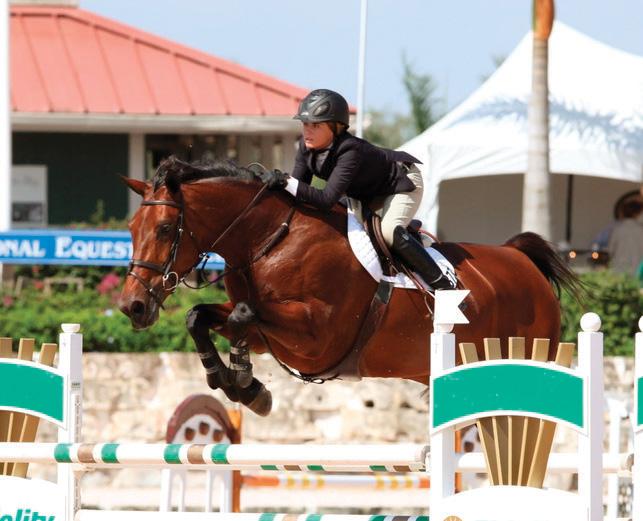 PHOTOS: SPORTFOT (LEFT); ANGELA PRITCHARD
PHOTOS: SPORTFOT (LEFT); ANGELA PRITCHARD
“We didn’t campaign him a lot this year. We tried to give him exposure and let him grow up and mature. Now, he’s ready to get going,” says Millar. “He’s got great technique; he’s got lots of scope and power. He just needs ring miles.”
In his 2022 campaign, Motueka and Millar combined for nine wins in 21 starts, winning six consecutive times to finish the year. They went clear more than 15 times.
From the beginning, Pritchard supported a slower start for Mo. With her experience and keen eye for talent, she has always seen something in him. When he was still young, with his body still disproportionate, he
PHOTO: SHAWN McMILLEN PHOTOGRAPHYwas often overlooked by poten tial buyers who gravitated to Pritchard’s other young horses instead. Mo even was sold once, but was returned because he wasn’t what the buyers were looking for. Through each phase of doubt, Pritchard was steadfast in one belief: for some horses, it takes time for a horse to come into their own.
“It’s kind of been a little bit of a push for me. I always root for the underdog. It’s always been a thing for me that I wanted Mo to go and do. Ugly ducklings do grow into swans,” says Pritchard.
“All we can do is give them the best foundation and the best experience for them now as they’re growing up, as they’re learning and going up through the levels,” says Millar. “They’re
all going to knock jumps down and they’re all going to make mistakes but if you enjoy the process, then the process is going to be much more rewarding for everybody at the end. If you take a minute just let them get to where they need to be, and if you can respect that, then in the long run, you’ll be way further ahead.”
Sometimes the best things come when you simply give them a chance. Mo is a product of careful breeding and passionate people who believe in helping horses define their own potential. But it’s crucial to note that the journey for Mo was not easy, and he represents an important aspect of the show jumping sport here in North America.
“As a small breeder, I don’t have 20 young horses to pick from. I have to dump a lot of money into mine to get them, I have to pick and choose. I’ve sold young horses because I had to, in order to keep feeding the other ones. Mo is the second one that I’ve been able to send to a trainer to get going. I have him now in partnership with Millar because Jonathon didn’t want to sell him. Jonathon likes him enough that he wants to keep him and bring him along a little bit and see just how far he’ll go,” says Pritchard.
“I think we need those different avenues of horses coming along,” says Millar. “I think we need to encourage small breeders and support them so that going to Europe isn’t the only answer. We need reasons for people to either buy or develop young horses and we need reasons for breeders to want to do that. There are things we can do col lectively to make this process much more enjoyable and get it out there. I would hope that some of these homebred and North American-bred horses do well. That’s going to inspire other people.”
Millar explains that horse shows are helping to support young horse development by showcasing them in specific classes. He hopes Mo will continue to be a great example of what is possible, and perhaps along the way can inspire more people to see what the right type of development can do.

“My end goal for him is to be a Grand Prix horse,” says Pritchard. “How he gets there, if it’s through the six-year-olds, the seven-year-olds or if it’s through the regular opens or whatever, it makes no difference to me. He’ll get there when he gets there and hopefully he’ll get there.”
“All my eggs are in one basket at this particular point in time, so we’re going to take very good care of that basket.”
“I think we need those different avenues of horses coming along. I would hope that some of these homebred and North American-bred horses do well. That’s going to inspire other people.”

BEFORE DANNY was released from the hospital, twenty-four days after he was admitted, the doctors sat Ron down and explained that Danny’s life expectancy was in all likelihood going to be three years, maybe five if he was lucky. His aorta was like an already shredded hose with a bubble, or bulge, and the part that barely hung together was just waiting to rip apart. Even a slight rise in blood pressure, or something like the air bag going off in the car, could kill him in an instant. He would pop his aorta and bleed out.
He was going to have to go for CT scans several times a year, be on all kinds of blood-pressure medications for the rest of his short life.
In addition, he was never going to be allowed to ride a horse again. Even the best-trained rider falls off a horse sometimes; the horse bucks or rears. And if he fell off and hit his chest, it could be the end of him.
The doctors also told both of us that Danny was probably going to feel depressed. Danny recounts, “They said that after events like the one I had been through, it was almost guaranteed that I would become depressed. Even though you’re feeling better, the memory of it comes back and the toll adds up.”
But it wasn’t just what Danny had been through medically. He had been riding horses since he was a little boy. He started out teaching himself. At a neighbor’s, he would walk a horse away from the barn, then climb on, aim the horse back in the direction of the barn, and just start kicking to make the animal go. “It was mostly pine trees with some paths,” he says, “and a lot of the paths went right under low branches. I couldn’t steer around them because I didn’t know how, so I would grab a branch and swing off. The horse would
finish running back to the barn by itself.
“Later on, I thought it was so much fun that I would aim for a higher branch just so I could swing off onto it while letting the horse run ahead of me. Then I’d go get the horse again, lead it back out, and do it all over.”
He wished for a horse for as long as he could remember—and finally received that pony from his parents for Christmas when he was ten, winning the first of too many trophies to count.
“The event was pony jumping,” he says. “The other kids had expensive ponies and jodhpurs and English saddles that fit, and there I was with my fifty-dollar horse in my little flannel shirt and jeans. But I took first place. Riding was me.”
Of course, being a rider and trainer was what he had been doing professional ly for decades. It wasn’t like he had a desk job that he could quietly go back to. Not riding anymore was going to be a serious game changer…
Ron understood this. “Danny was known throughout the country as a worldclass hunter/jumper athlete,” he says…. “I knew that not being able to ride was going to be a kind of death of its own.”
Danny found a way around the problem, however. He ignored the doctors’ orders. This greatly alarmed Ron. He
pleaded with Danny to please stop. “He didn’t give me an ultimatum,” Danny says. “He just told me it really scared him if I rode. But I couldn’t not get back on a horse. It felt so wonderful. The only hard part was looking in everybody else’s eyes— especially Ron’s—and seeing the fear.”
Danny finally did stop sometime later—when a horse he was in the midst of mounting one day reared straight up and then flipped over sideways. Danny, not wanting to get crushed under the stallion’s fourteen hundred pounds, rolled off and backwards, out of the way, which was when a fence post jammed into his back and, from there, directly into his right lung, puncturing it. He also broke all his ribs in the accident. That locked down his diaphragm to the point that it couldn’t expand and contract on the right side the way it was supposed to, blocking that lung from breathing in a full supply of oxygen.
He ended up in a hospital trauma unit for even longer than when his aorta dissected. And he lost his right lung during recuperation. It simply bled out.
Through the entire ordeal…the doctors used the same phrase for Danny as when his aorta dissected—“a walking miracle”…
In the wake of the accident, we really talked. This time, Danny knew that he must have received divine intervention with the remnants of his aorta remaining intact and understood that he truly could never ride again. Until he did.
 Photos by Carmen Elisa Franco
Photos by Carmen Elisa Franco
CAPITAL CHALLENGE KICKED OFF the Indoors season this year once again, bringing the best in the nation to Prince George’s Equestrian Center in Upper Marlboro, MD.
The 29th edition of the horse show started on September 29 with top hunter, jumper, and equitation riders taking center stage. The show offered an extra day of competition during Equitation Weekend, sponsored by BIGEQ.com, to accommodate the high number of entries in the four year-end equitation finals on the schedule.
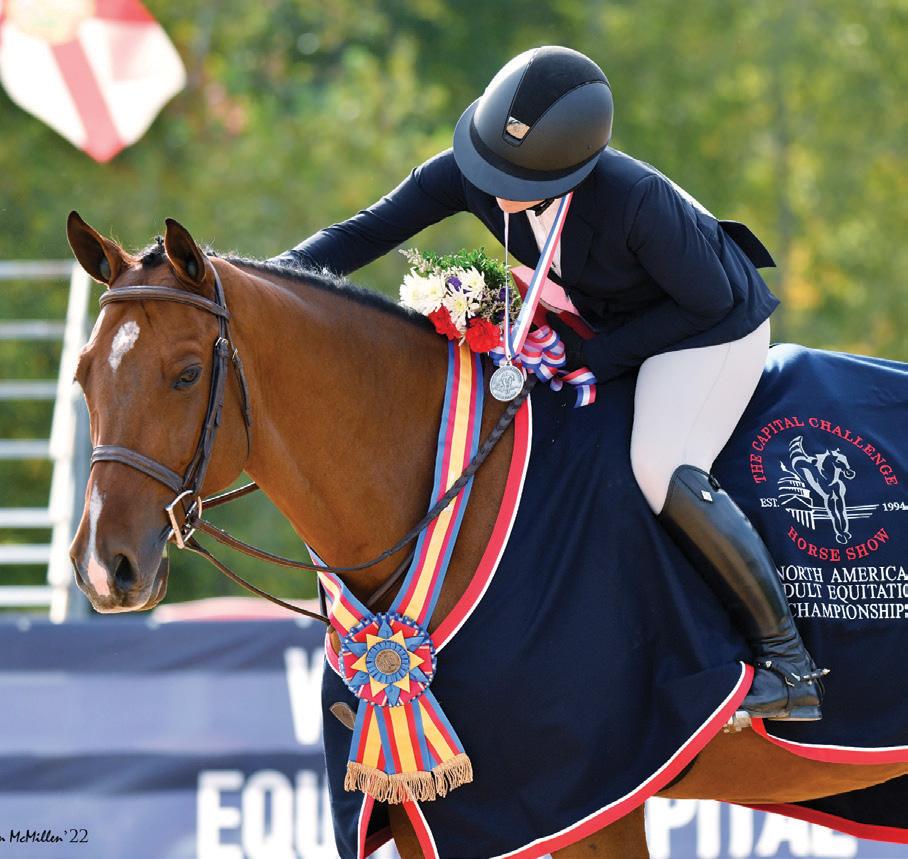

ABOVE: Tracey Gorin-Byrne catch rode Checker 69 to victory in the North American Adult Amateur Equitation Finals on the first day of Equitation Weekend, presented by BIGEQ.com
NEAR RIGHT: John French and Babylon earned a repeat victory in the $25,000 WCHR Professional Challenge, sponsored by The Gochman Family

Following an action-packed Equitation Weekend, Capital Challenge held a full slate of classes including five North American League (NAL) Finals, nine World Championship Hunter Rider (WCHR) Challenge classes, the $25,000 WCHR Professional Finals, sponsored by the Rein Family, the $25,000 KASK/ Vogel Green Hunter 3’ and 3’3” North American Championship, and the ARIAT National Adult Medal Finals.
The country’s best hunter riders spend all year qualifying and preparing for
the WCHR Professional Challenge and Professional Final. For the second year in a row, John French of Wellington, FL, piloted Babylon, owned by Marnell Sport Horses, to victory in the $25,000 WCHR Professional Challenge, sponsored by The Gochman Family, on Oct. 5.
French and the seven-year-old Oldenburg gelding held the lead through both rounds of competition and topped the leaderboard by more than nine points.

“We had a pretty good lead, so I didn’t want to take any daring risk and run or hand gallop really fast to the last jump,” French said of his second-round ride. “I sort of played it safe. I just counted on him jumping the way he did, and I think the judges rewarded him for how smooth and well he jumped.”
Earlier in the day, Scott Stewart of Wellington, FL, and Betsee Parker’s Florian proved unbeatable in the $25,000 KASK/Vogel Green Hunter 3’ and 3’3” North American Championship. This was Stewart’s second year in a row winning the class aboard one of Parker’s horses.
“I love these special classes at Capital Challenge,” said Stewart, a seven-time WCHR Professional Finals winner. “The best riders are here with their best horses, so I think it’s a spectacular horse show.”
The professional hunter classes ended on Oct. 7, with Nick Haness winning the $25,000 WCHR Professional Finals, sponsored by The Rein Family, in his debut in the competition.
RIDERS GO HEAD-TO-HEAD
Tracey Gorin-Byrne of Wellington, FL, started her week on a high note with Reid Arani’s Checker 69. Although GorinByrne swung her leg over Checker 69 for the first time just days earlier, that did not stop her from claiming the top prize in the North American Adult Amateur Equitation Finals.

“This is my favorite horse show of the year,” said Gorin-Byrne. “I’ve been coming here since I was a little kid, and even though I’ve enjoyed a lot of success and had a lot of fun, I’ve never actually won. Obviously, it means a lot to win anywhere, but to win here is particularly special.”
Gorin-Byrne continued her winning ways to top the ARIAT National Adult Medal Finals aboard Sweet Oak Farm’s Ustica later in the week.
After accumulating points throughout the year to qualify for the Taylor Harris Insurance Services (THIS) National Children’s Medal Finals, Lily Epstein of Coral Gables, FL, took home the victory. Epstein and Ainsley Wade’s Cumano Boy Z teamed up at the beginning of 2022 and quickly formed a strong partnership.
“This win is a really big one,” she said. “I’ve been working so hard to qualify for this, doing all these classes to get here, so it’s just amazing that I even got here and then was able to win. I’m super grateful. It was so fun.”
Maddie Tosh of Milton, GA, and Carlee McCutcheon of Aubrey, TX, both bested fields of more than 140 entries to top the EMO Insurance/United States Hunter Jumper Association 3’3” Jumping Seat Medal Final–East, and the Palm Beach International Academy North American Junior Equitation Championships, respectively.
Jumper competition did not disappoint at the 2022 Capital Challenge Horse
ABOVE: Scott Stewart piloted Florian to the top of the podium in the $25,000 KASK/Vogel Green Hunter 3' and 3'3" North American Championship RIGHT: Lily Epstein and Cumano Boy Z in their victory gallop after winning the THIS National Children’s Medal Finals“I love these special classes at Capital Challenge. The best riders are here with their best horses, so I think it’s a spectacular horse show.”
—SCOTT STEWART, SEVEN-TIME WCHR PROFESSIONAL FINALS WINNER

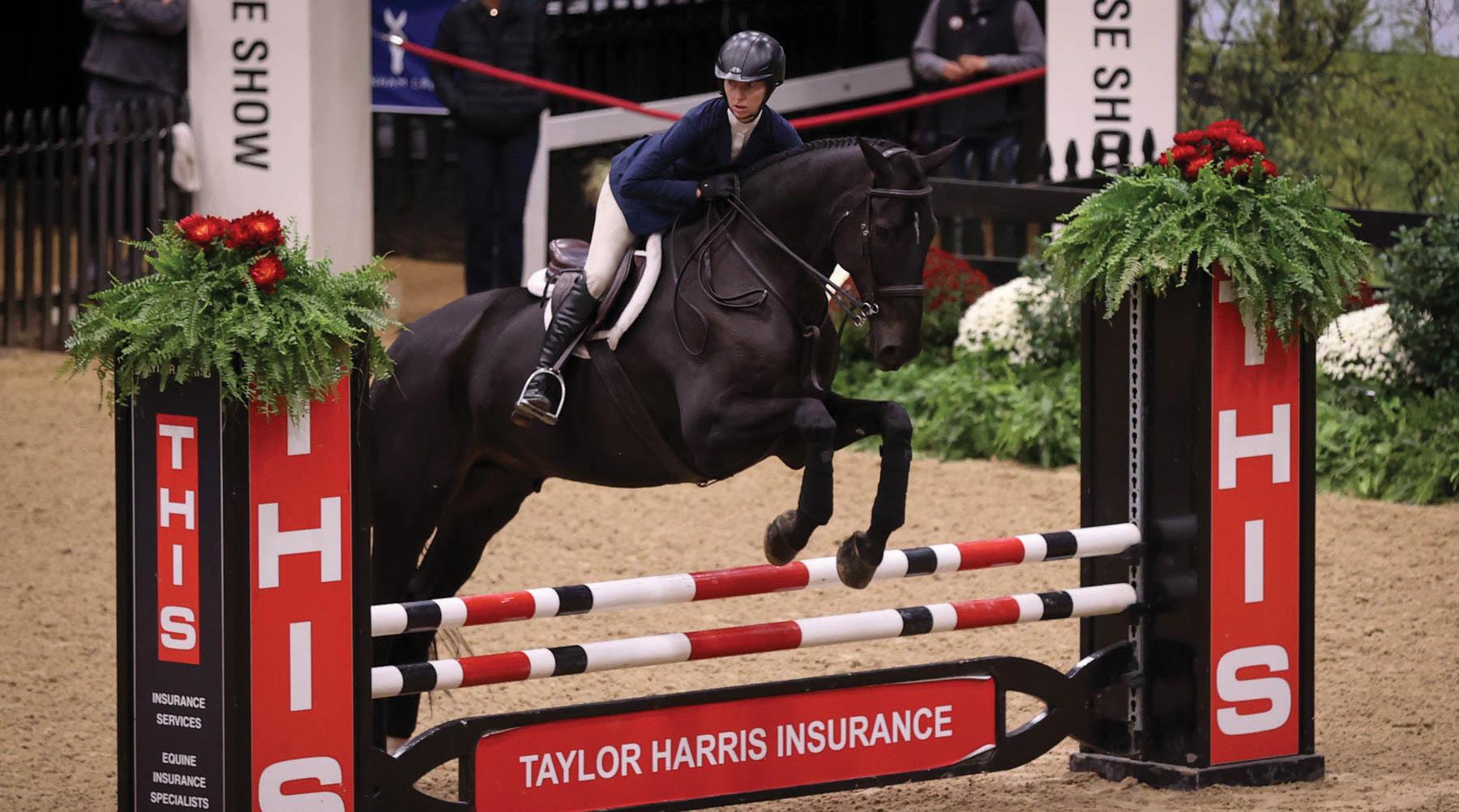
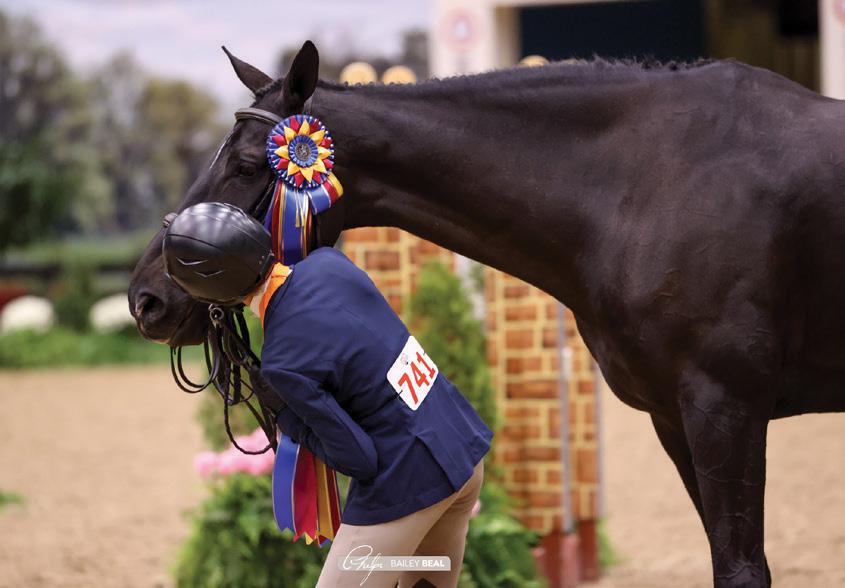
LEFT: Emma Brody and Nicarmargue on their way to winning the $10,000 NAL Children’s Jumper Final, presented by EquiFit

BELOW: Skylar Wireman and Bonne Starlight ended the 2022 Capital Challenge Horse Show on a high note by receiving the Grand Junior Hunter 3’6” Championship honors, sponsored by Shadow Ridge
Show. In the $10,000 North American League (NAL) Children’s Jumper Final, presented by EquiFit, 29 horse and rider combinations contested the first track with 15 combinations qualifying for the jump-off. In the end, Emma Brody of New York, NY, earned top honors with her own Nicarmargue.
“I’m so excited to win at Capital Challenge,” she said. “We’ve been working for this all year, and I’m thankful for my whole team that got me here. I love being at Indoors. I feel like ‘rising to the challenge’ is always so fun, and just being able to ride at such an amazing event is special enough.”
Lindsey Tomeu of Wellington, FL, and her longtime partner, Gold Lux, captured the top prize in the $10,000 NAL Adult Amateur Jumper Final, presented by SmartPak.

Olivia Sweetnam of Wellington, FL, made her mark in the pony hunters, riding Take 3 LLC’s Goldmark besting a field of more than 100 small, medium, and large ponies for the Grand Pony Hunter Championship, sponsored by Pegasus Show Stable and The Endicott Family.
“I’ve been kind of knocking on the door for Grand,” said the 14-year-old rider, who has been competing at Capital Challenge since she was six years old. “Two years ago, I was champion and I missed Grand by a half-point. Then last year I missed it by two points. This year it just feels really great to get it.”
The 2022 Capital Challenge Horse Show came to a close with Skylar Wireman of Bonsall, CA, and Bonne Starlight, owned by MZ Farms, claiming the Grand Junior Hunter 3’6” Championship, sponsored by Shadow Ridge. The pair earned champion in the
Small Junior Hunter 16-17 division with a clean sweep of all four classes on the way to earning grand honors.
“It means a lot,” said Wireman. “This is my fourth time coming to Capital Challenge, and this is my first time ever getting any sort of grand champion. To be all three–16-17, overall grand, and high score–is really amazing, and I couldn’t ask for a better partner to do it with.”
Learn more about and view a full list of winners at CapitalChallenge.org. For additional updates, visit the CCHS Instagram, Facebook, TikTok, and YouTube.
“We’ve been working for this all year, and I’m thankful for my whole team that got me here.”
—EMMA BRODY
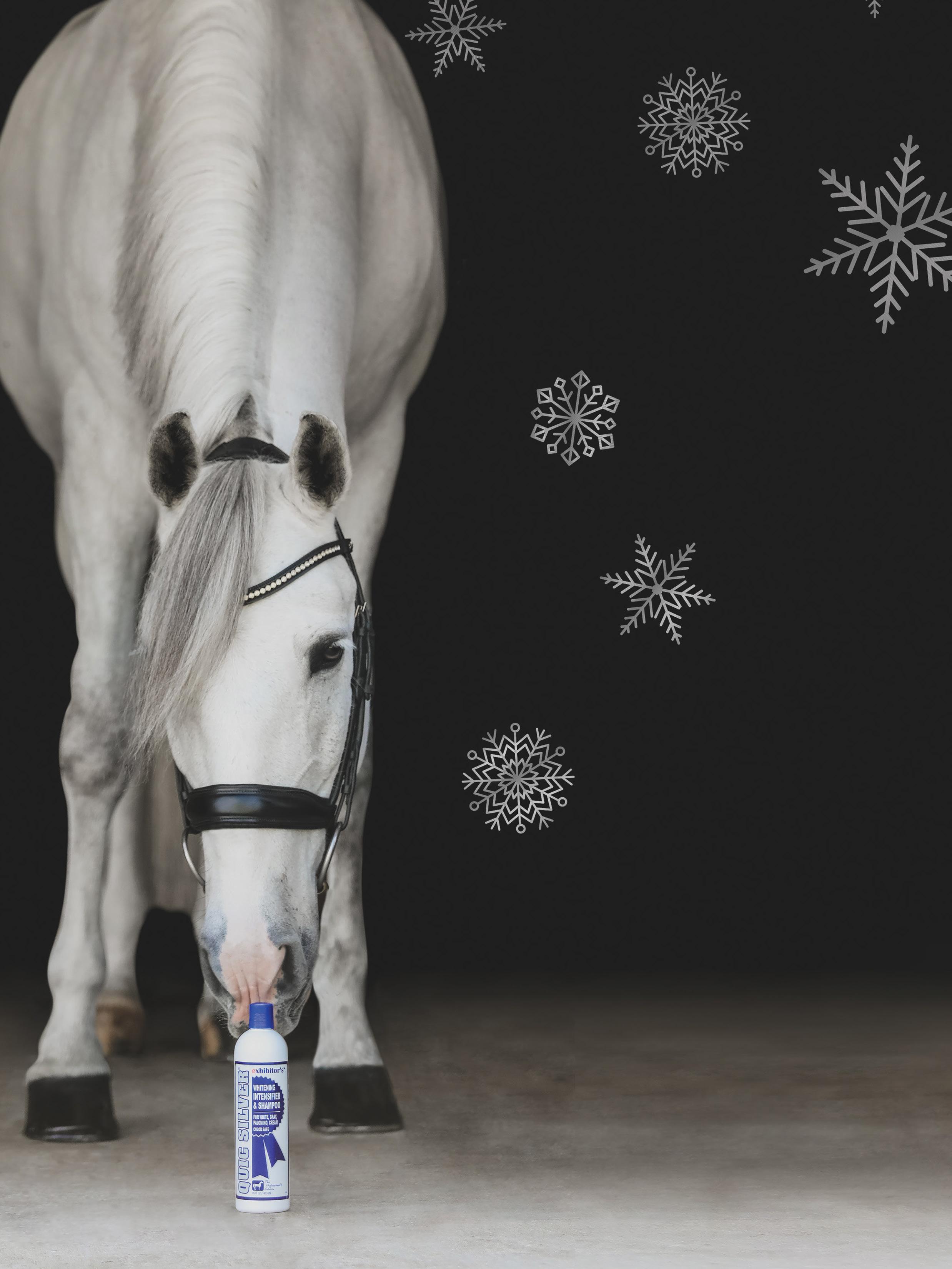


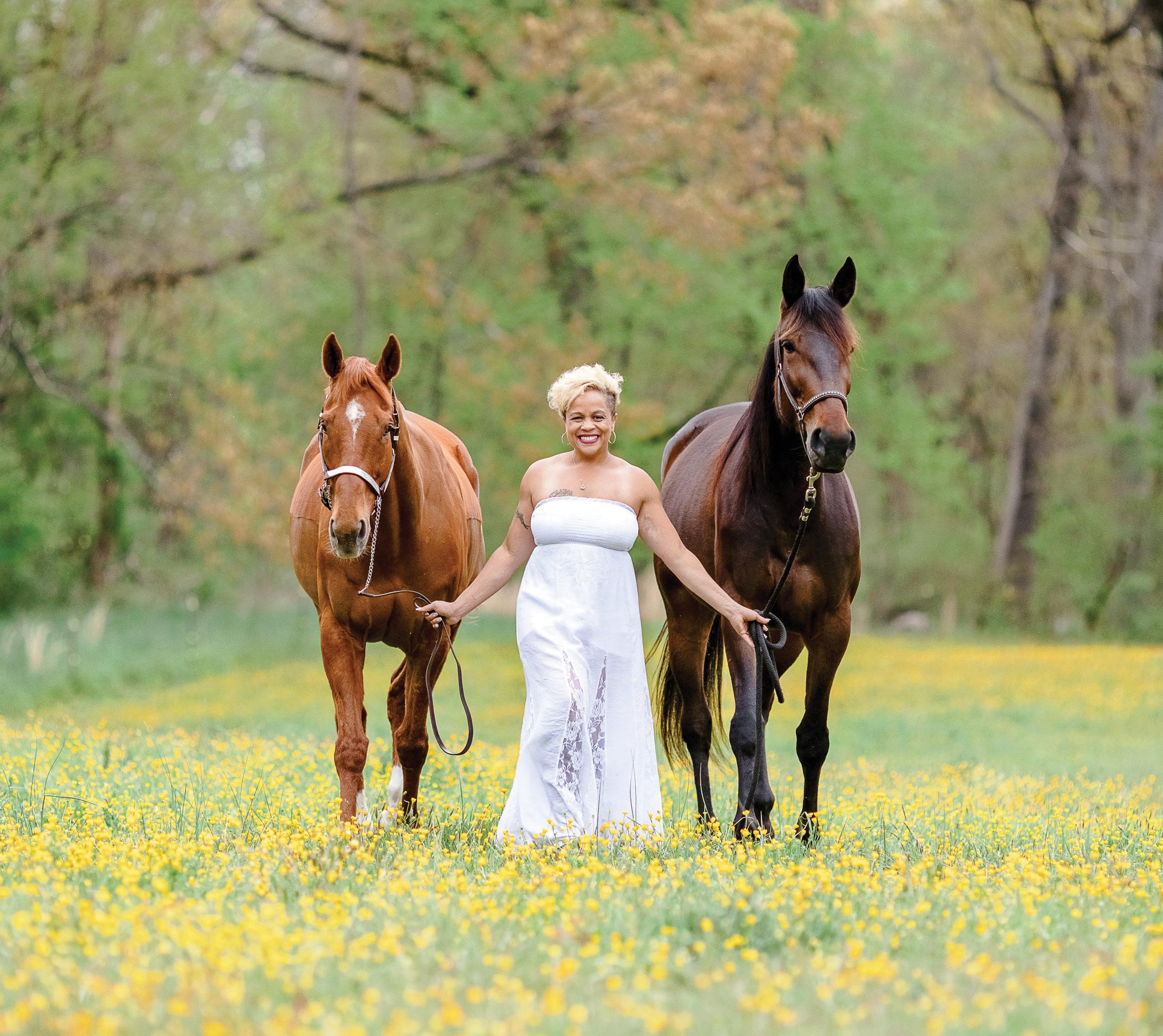 ATEASHA BALTODANO
ATEASHA BALTODANO
IN 2020, a group of photographers came together to create the Equestrians of Color Photography Project, a weekly blog that promotes inclusion and amplifies the voices of equestrians of color ready to openly share their story with the community. Learn more at equestriansofcolor.com.


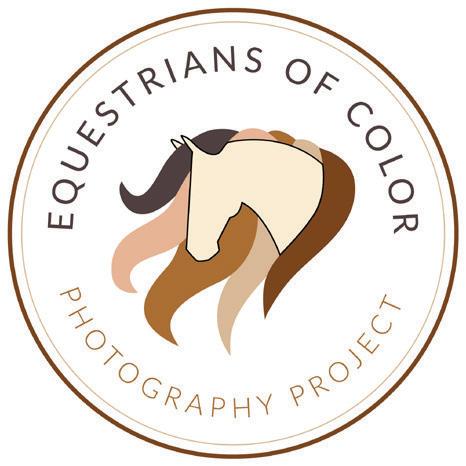 JOSH BOGGS
JOSH BOGGS
The Plaid Horse is proud to introduce some of the photo project’s featured equestrians to our readers in each issueTHE EQUESTRIAN
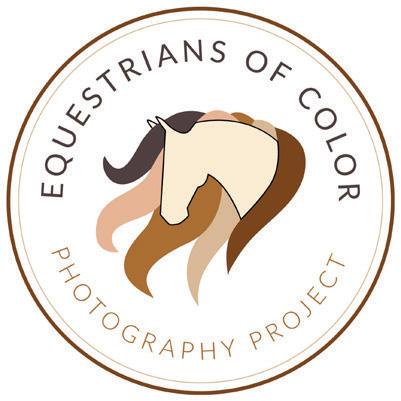
How did you get into horses and what is your current relationship with them?
I started my journey with horses at eleven years old. My mother used to be a hot walker at the Atlantic City Race track, as well as a trail ride instructor when she was a teenager. Her love for horses rubbed off on me. Having horses growing up was something we bonded over. I left the horse world during my high
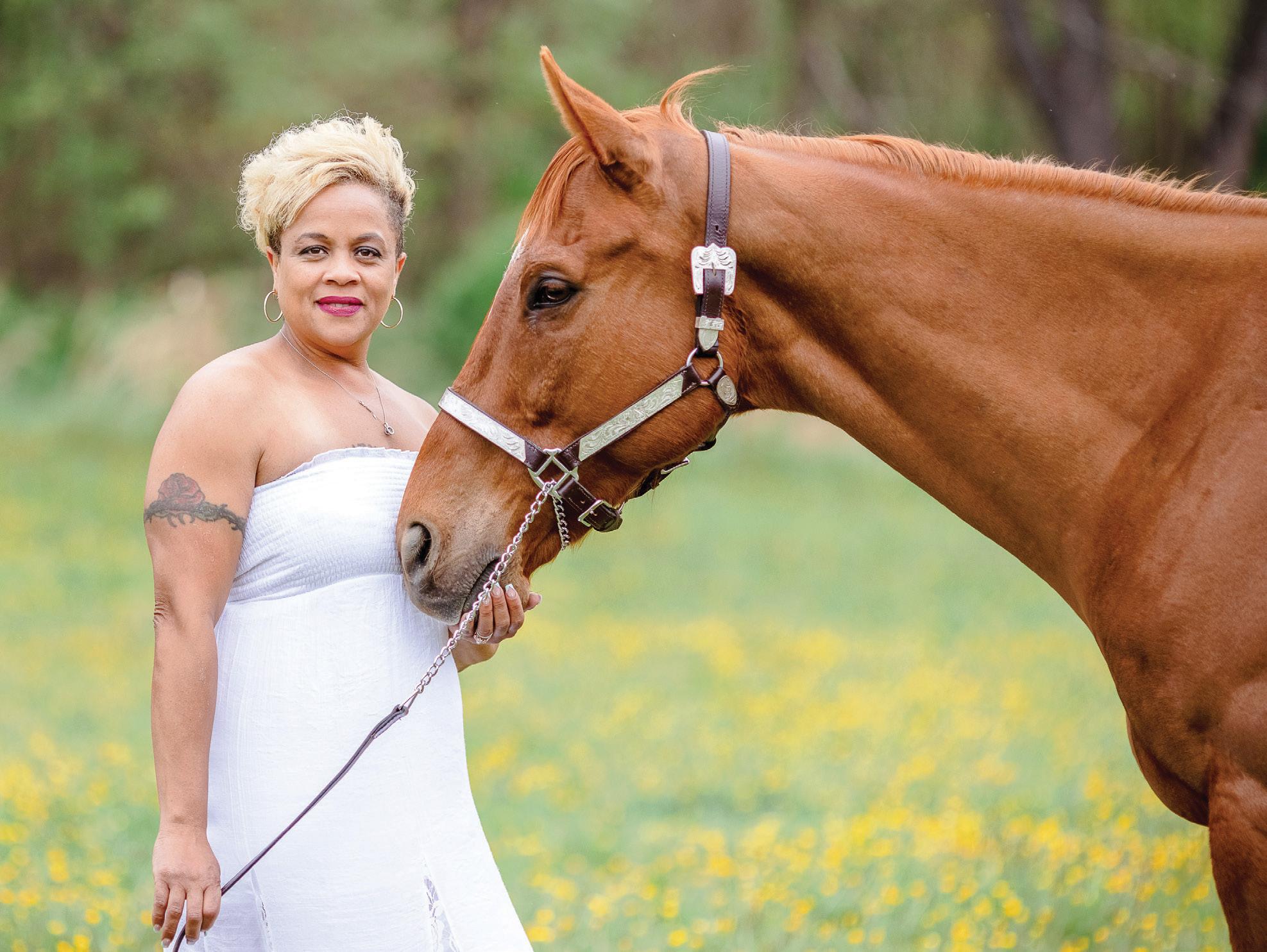
school years and started up again when our youngest daughter begged to get her first pony. Five years later, we now own a horse farm and have our own herd. My husband and my two daughters also ride. It’s a family affair.
How has your culture influenced your equestrian lifestyle? Honestly, when I was growing up in the 4-H, I was the only member that looked like me.
There wasn’t anyone in the English world I could look up to. But now, things are really changing. With social media, we can connect with so many people and are able to see our own culture living, working, and changing the equestrian world…creating our own equestrian lifestyle.
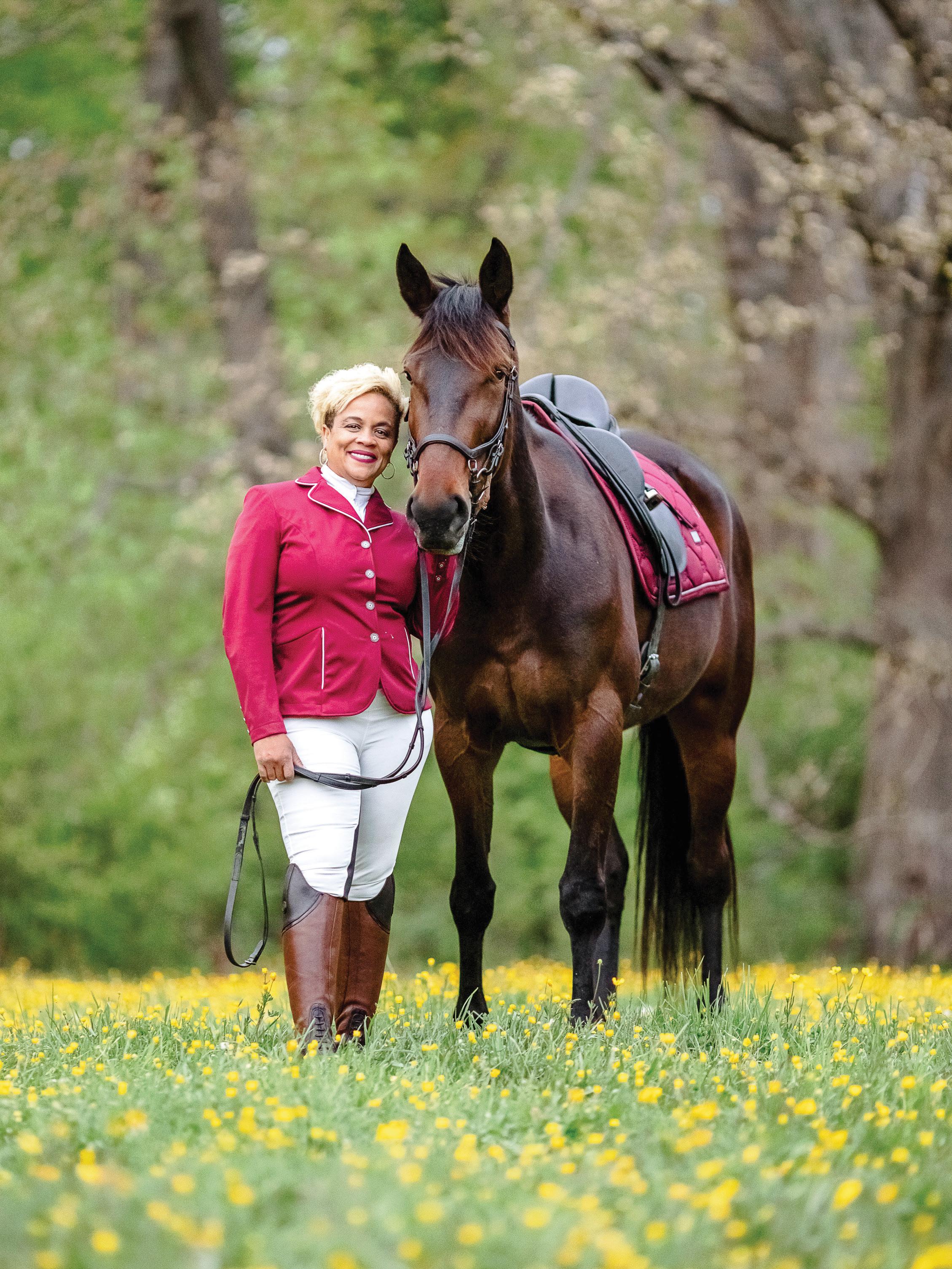
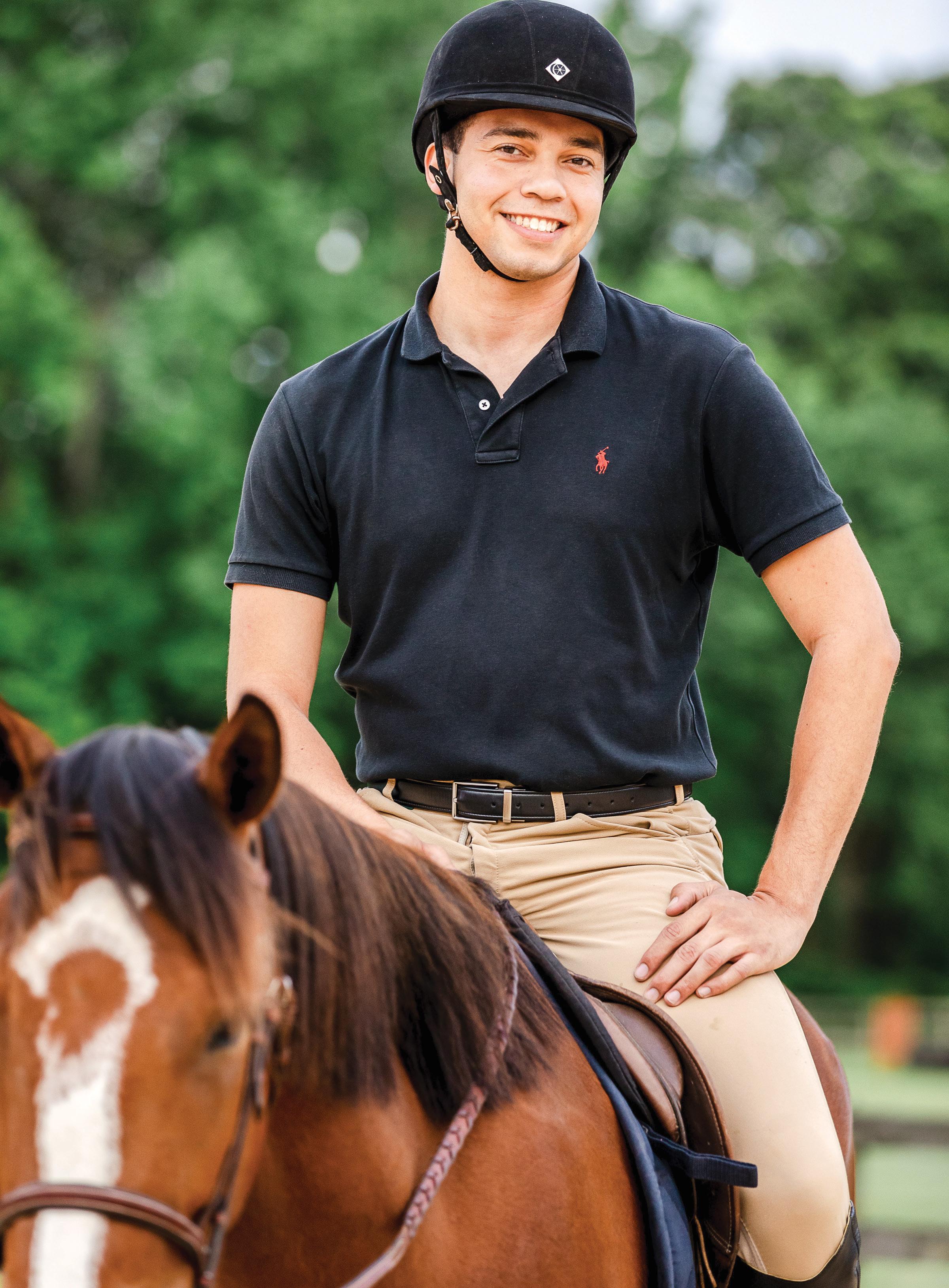 THE EQUESTRIAN
THE EQUESTRIAN
What words of encouragement would you have for other equestrians of color or people of color considering becoming equestrians?


It’s going to get tough, I’m not going to lie. Just keep pushing through. If someone says you can’t do it, just prove them wrong. Don’t let others tell you what you can and cannot do. Prove to them that you can do anything that anybody else can do.
There will be a lot of moments of, ‘I don’t get it. I don’t know what to do. I can’t do it.’ But don’t give up if something gets difficult. I’ll try to ask questions if I’m stuck on a movement, or can’t get something right. If my plan isn’t working, I’ll ask my trainer what I can do to fix the problem.
I remember a ride where I wanted to hop off and give up. Me and my horse just weren’t clicking. He was darting at everything, I couldn’t hold him back. My trainer and I were going back and forth. It was one of those really frustrating rides where nothing is going right.
But you have to remember, the horse is still trying to do his job. Remember he’s doing his best and we just have to figure things out. But of course, I was like, ‘I can’t ride him. I’m not good enough for this horse.’ I was going through a real rut. We ended up figuring out it was the saddle that was making his back hurt and once that was fixed, I was like, wow, this horse is a lot of fun.
You’re always learning, and it doesn’t get old. You think you learn one thing, then you learn eight more things on top of it to help improve what you just learned. Hard work will continue to pay off.

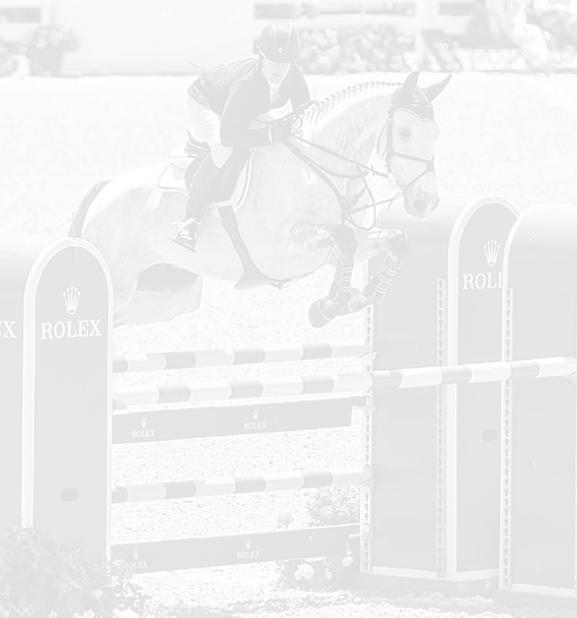

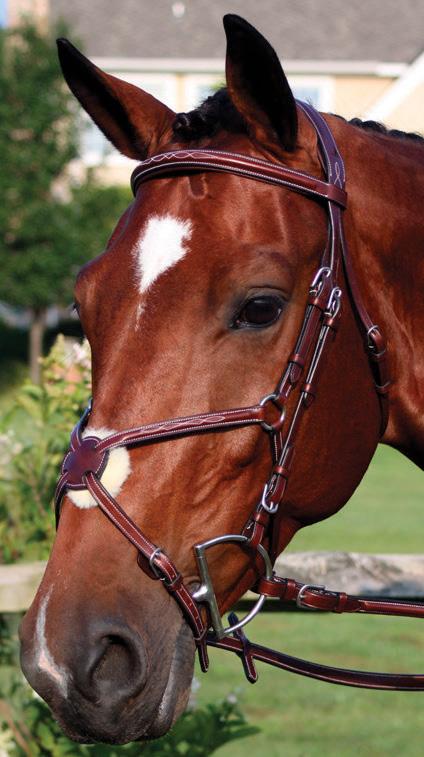


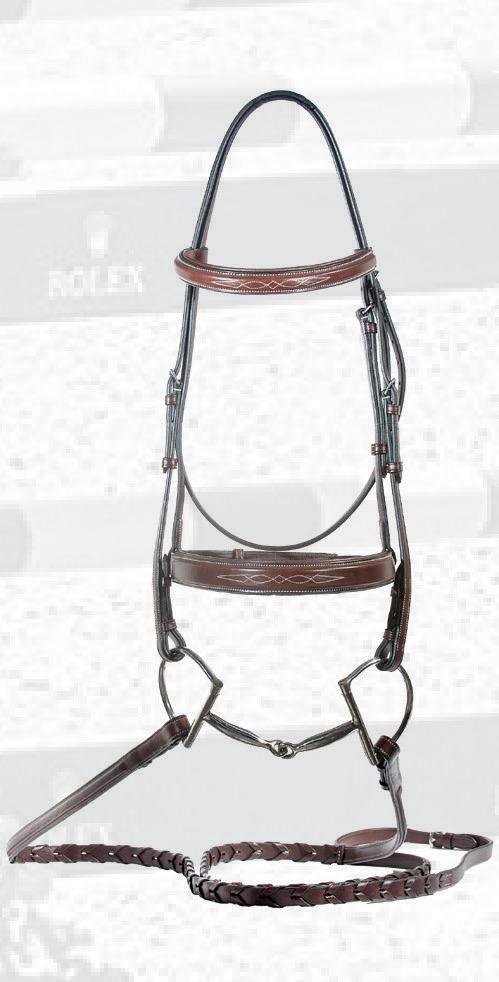




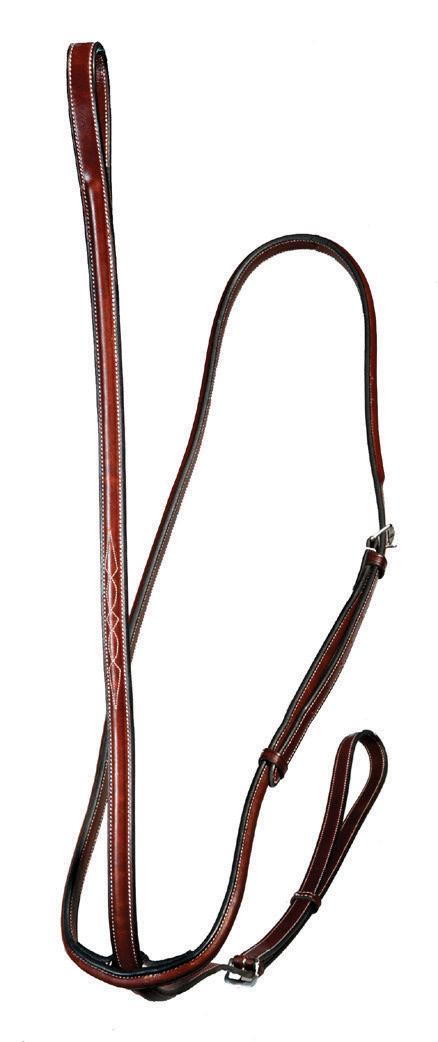
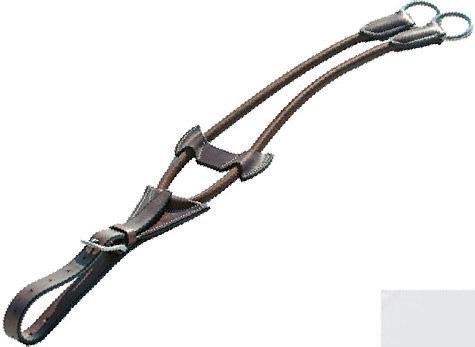

• HOMETOWN: Frederick, Maryland
• PROFESSION: Orthopaedic Surgeon/ Hand & Upper Extremity Specialist
• STATUS: Amateur
• TRAINER: Alan Lohman
• HORSES: Kismet (3’3 Amateur-Owners), Four Score (3’3 Amateur-Owners), Lima Z (3’6 Amateur-Owners)
As a horsewoman, I am most proud of my commitment to my horses, both in and out of the tack, during their years of competing and in retirement. • As a horsewoman, I would most like to improve on knowledge of horse nutrition and health. • I’d be lost without snacks in my ring bag. I love snacks. I am the same at work. I cannot survive the day without plenty of snacks. • I’d be lost without Speedy Leather Shine for my boots in my tack trunk. • I think the biggest misconception about our sport is: that it’s easy. It is HARD. I have said it more than once that surgery is much easier than competing with horses. • Working amateurs in our sport get a crash course in work life balance. To excel at both is challenging. Many of us need to work to compete and our jobs ask a lot of us. In order to compete successfully, at least for me, I need to put in the hours in the tack. My job requires me to be present and available. I am grateful I love my job, so in some respects, it makes it easier. But there are times I have to stop riding to answer a phone call during a lesson, or have to compete after being on 24-hour emergency call. Thankfully I have a trainer that understands.


I sometimes struggle with overthinking things. As a surgeon, this is a good thing. You need a plan A, B, and C, and not a single detail is ever overlooked. In riding, this can really backfire. My best rounds have been the ones where I just simply rode my horse. No huge plan, just had fun and focused on one simple task, like staying straight. • Something I say ten times a day is “How long have your hands been bothering you?” • My favorite horse book is The Eighty-Dollar Champion • The part of riding I struggle most with is Other than overthinking it would be confidence when the jumps go up. • I’m a sucker for a pretty grey mare. • I sometimes wish I had the time to relax and read more books! • On Mondays, you’ll find me in the office seeing patients. It’s my late night working so I have the morning at home to get all the things done that I didn’t do because I was at a horse show all weekend. • I’m afraid of the day that I can no longer ride.

One of my greatest show ring victories was scoring an 87 at WEF on my new horse Lima in the 3’6 amateurs. The day before I had a terrible day, even falling off of one of my 3’3 horses. I was nervous and unsure I even should be showing and the round felt like a dream. We didn’t even win but it felt like a huge victory. • My absolute favorite horse show is Upperville Colt & Horse Show.

WOMEN IN OUR SPORT ARE:
people to be admired for their grit, work ethic, vision and drive. I have never met a harder working or more focused group of people.


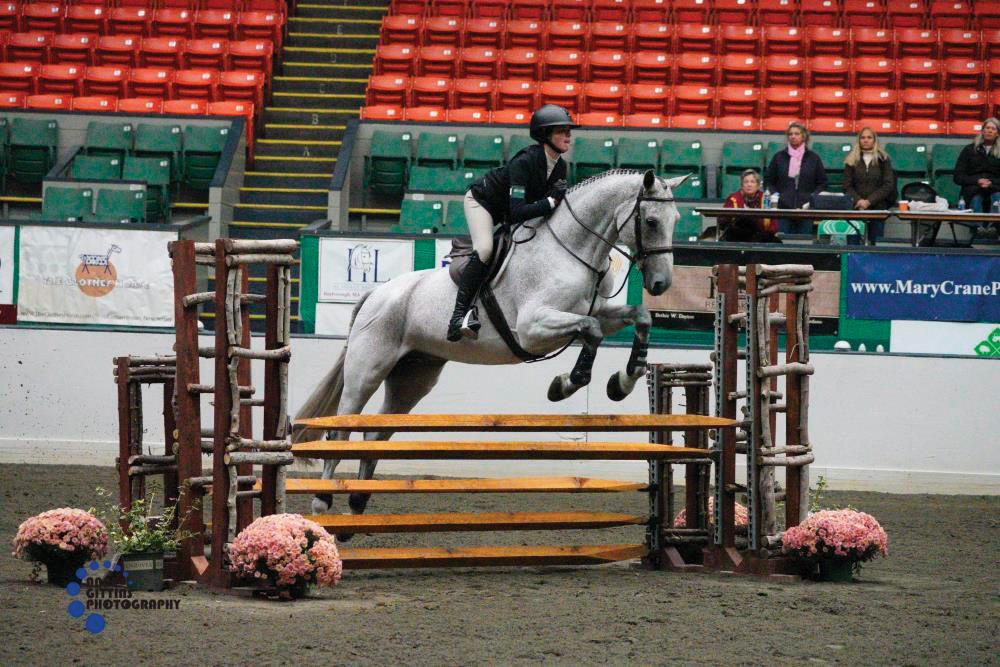



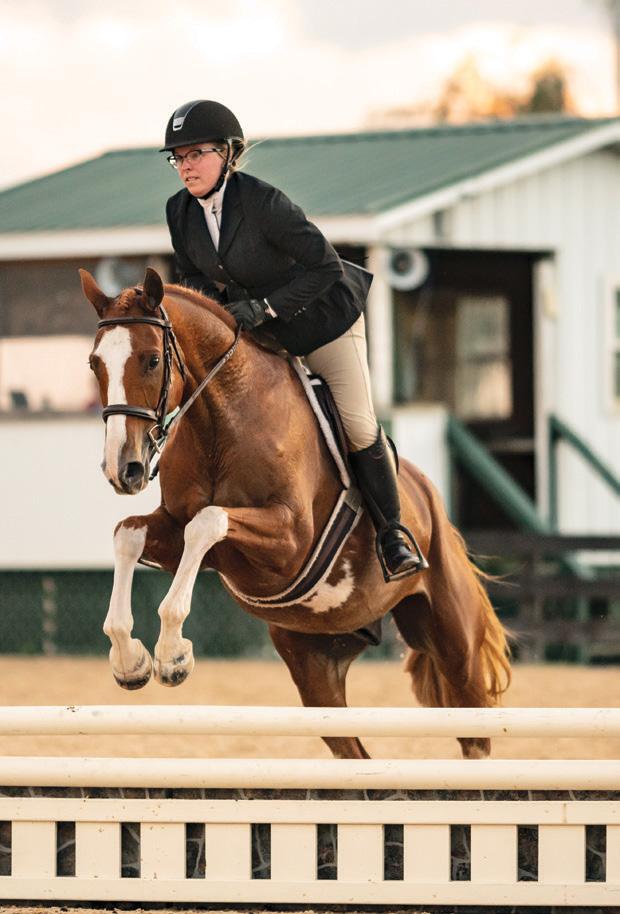





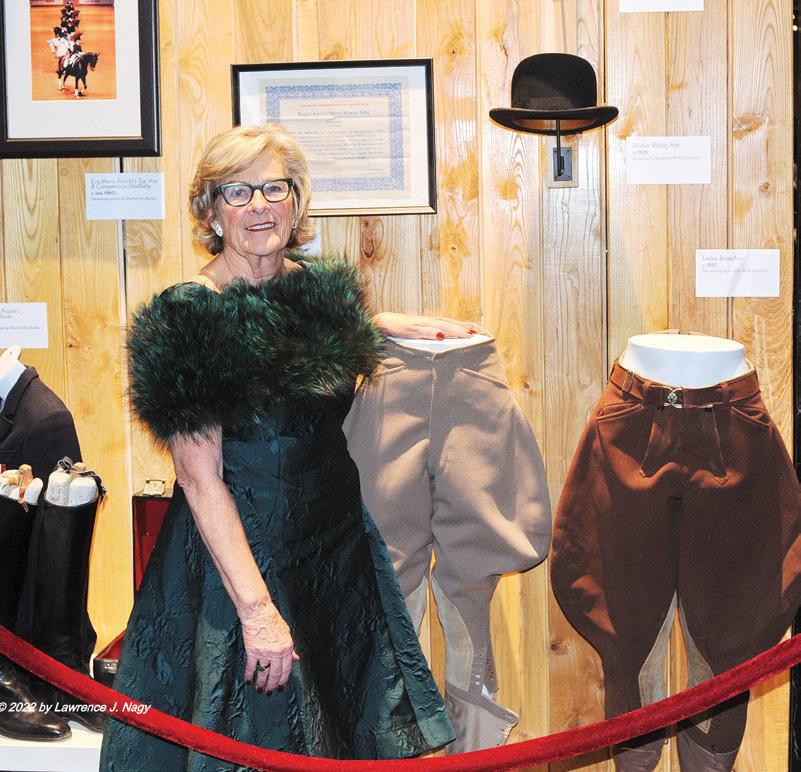
FOR 100 YEARS, the Royal Agricultural Winter Fair in Toronto has been a horse show like no other. Of course, no other horse show is set beside a bustling, 1 million-square-foot agricultural exhibition, but there’s much more than that to the Royal’s magic.
One of the Royal’s selling points is attention to equine diversity.
“It showcases the entire sport, not just one element of it,” says Royal CEO Charlie Johnstone.
From the elegance of the competition for coaches, each pulled by four majestic horses, the power of the magnificent six-horse hitches in sparkling harness, and the lure of rousing exhibitions such
as the Royal Canadian Mounted Police musical ride, the November horse show is must-see entertainment. It keeps the coliseum’s 7,000 seats filled.


The finale of the 5* international jumper division, a qualifier for the Longines FEI World Cup finals, was a sell-out, with fans cheering as fervently as they do for their favorite hockey team.
The hunters, lower-level jumpers, and
even eventers and dressage have their place at the 10-day show as well. It’s a package that delivers a powerful enter tainment punch with equal measures of glitter and substance. Topping it off is the unbridled enthusiasm that greets competitors, putting the show in a class by itself.
“Unbelievable,” says Egyptian Olympic show jumper Nayel Nassar, a first-time Royal competitor who won a class and was awestruck by his experience there.
As show jumping course designer Michel Vaillancourt notes, from the exhibitors’ standpoint, there is quite a contrast “between performing in front of a sold-out, packed house that
encourages you to go, versus hardly any body in the stands.” The 1976 individual Olympic silver medalist, who began competing as a 15-year-old in the open jumpers at the Royal 53 years ago, adds, “It’s a special, special event for sure.”
The Royal’s history is ongoing. While other North American stand-alone horse shows have gone by the wayside or struggle in the era of burgeoning big-money series and leagues, the Royal stays relevant. The dedication to maintaining the entire event’s special aura also involves keeping up with the times, whether in sustainability, education or sport. And then there’s the shopping, with scores of vendors selling everything from maple products (of course) to household gadgets and vodka made from milk byproducts, as well as silver commemora tive coins struck by the Canadian mint.

Some of the people involved with the horse show proudly point out that they have a great-grandparent who competed in the inaugural 1922 show, and it has been a center of multi-generational family in volvement ever since. They are a dedicated core of the all-important volunteer base that helps keep the show going. Elsewhere, descendants of a show’s founders may drift away, but that’s not the case here.
“It’s a piece of their heritage,” explains Willa Gauthier, co-chair of the horse show, and they’re not going to let it die. Oldfashioned flared breeches made in London 85 years ago for Gauthier’s mother, Royal hunter competitor Hazel Higginson, were part of an exhibit at this year’s show that detailed the Royal’s history, complete with artifacts including trophies and ribbons.
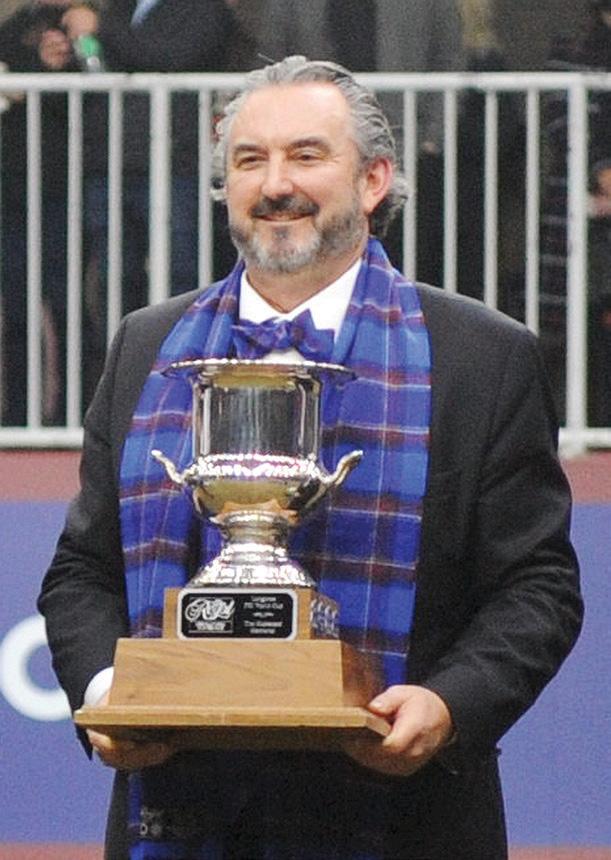
Even a two-year layoff due to Covid restrictions couldn’t kill the Royal. This
year’s eagerly awaited centennial was celebrated by the Royal’s avid supporters, many of whom were back in elegant attire to see and be seen in the box seats draped with blue and wine-colored bunting. That’s a tradition handed down by their parents and grandparents.
The formality that once was a hallmark of the National Horse Show in its long-ago Madison Square Garden days is alive and well at the Royal. Women outdo each other in sparkling floor-length gowns, their trains gathering a bit of dust as they sweep the ground. (It is, after all, a horse show.) Their escorts take pride in their black tie, white tie or hunting scarlet attire. Formal dress is required in the boxes for the last four nights of the show, adding to the pageantry.
Gauthier described what insiders call the “peacock walk,” when showgoers and boxholders alike stroll the walkway around the arena, checking out what everyone else is wearing.
“Toronto likes to dress up. Toronto likes to party,” says Royal Terrace Concierge Ainsley Hayes, who has been coming to the show since she was a month old. Hayes presides at the elegant dining area high above the ring, where the menu may include such delicacies as pan-seared rainbow trout and the service is sublime.
Hayes, the daughter of former Canadian show jumping team member Jay Hayes, spends time explaining the competition and offering horse info to first-time guests.
“That’s how we get people interested, that’s how we get more owners, that’s how we get more people coming in and wanting to learn,” she says.
The stables in the venerable Horse Palace are open to visitors for the most part, so you’ll see school groups mingling with the elegantly dressed ladies and gentlemen as they ooh and aah over the horses, up close and personal. A comment that has been made about this juxtaposition is the observation the Royal is everything from “mink to manure.”
Want to enjoy the Terrace every night with your party of eight, who can also party post-show at the members-only Tanbark Club? That will be $16,500 (Canadian).
But equally welcome at the show are those who attend in jeans and grab something from the budget offerings, perhaps a burger with poutine (very Canadian fries, cheese curds, and gravy).
Meanwhile, over at the fair, there’s a constellation of non-equine activity. Cows and bulls groomed to a gleam, being shown or auctioned; swine, rabbits, sheep, goats and a display of different crops, including giant pumpkins. The artistic butter sculptures are always high-calorie attractions, and there’s a roster of activities that include both sheep herding and sheep shearing, milking demonstrations, square dancing competition, and canine activities. The fair also features cooking classes with world-class chefs. Everything culminates with a rodeo the day after the horse show wraps up.
The theme that runs through the fair and show is “the country has come to the city.” There’s even a fence at the show reflecting that, with the jump standards on one side depicting a skyscraper, and on the other, a red barn.
RIGHT: Royal Horse show director Christine Reupke



BELOW: Jumper rider Tiffany Foster realized a longtime dream when she got to get glamorous and ride on the winning coach with whip John White during the Friday competition
ABOVE:
LEFT:
The show was founded when farmers and horsemen got together after World War I to plan an exhibition of Canadian agricultural wares and constructed the multi-purpose building that houses it. (When the show isn’t going on, the arena becomes a hockey rink.) What has become the largest indoor agricultural show in the world received initial support not only from the Canadian government, but also was awarded the Royal designa tion by King George V of Great Britain.

The connection with the monarchy continues today. A special tartan pro duced in partnership with “His Majesty King Charles III Campaign for Wool” was designed with 100 royal blue threads signifying a century of champions; light gray threads paying homage to the late Queen Elizabeth’s platinum jubilee and a
band of red for winners (red ribbons, not blue, are first place at Canadian shows) as well as a line of gold signifying the next 100 years.
Charlie Johnstone, CEO of the entire fair and horse show, says that although things went well for the centennial that hosted 300,000 visitors and 6,000 animals, the Royal won’t be resting on its laurels as it starts its next century.
“It really is about being best in class now and moving forward. It’s about all the animals; it’s not just a horse show. It’s the entirety of the Royal, of which the horse show is a key component. We’re in a unique position as an option for people looking for something different. We need to provide an experience that’s worthy of the Royal name and best-in-class experience.”
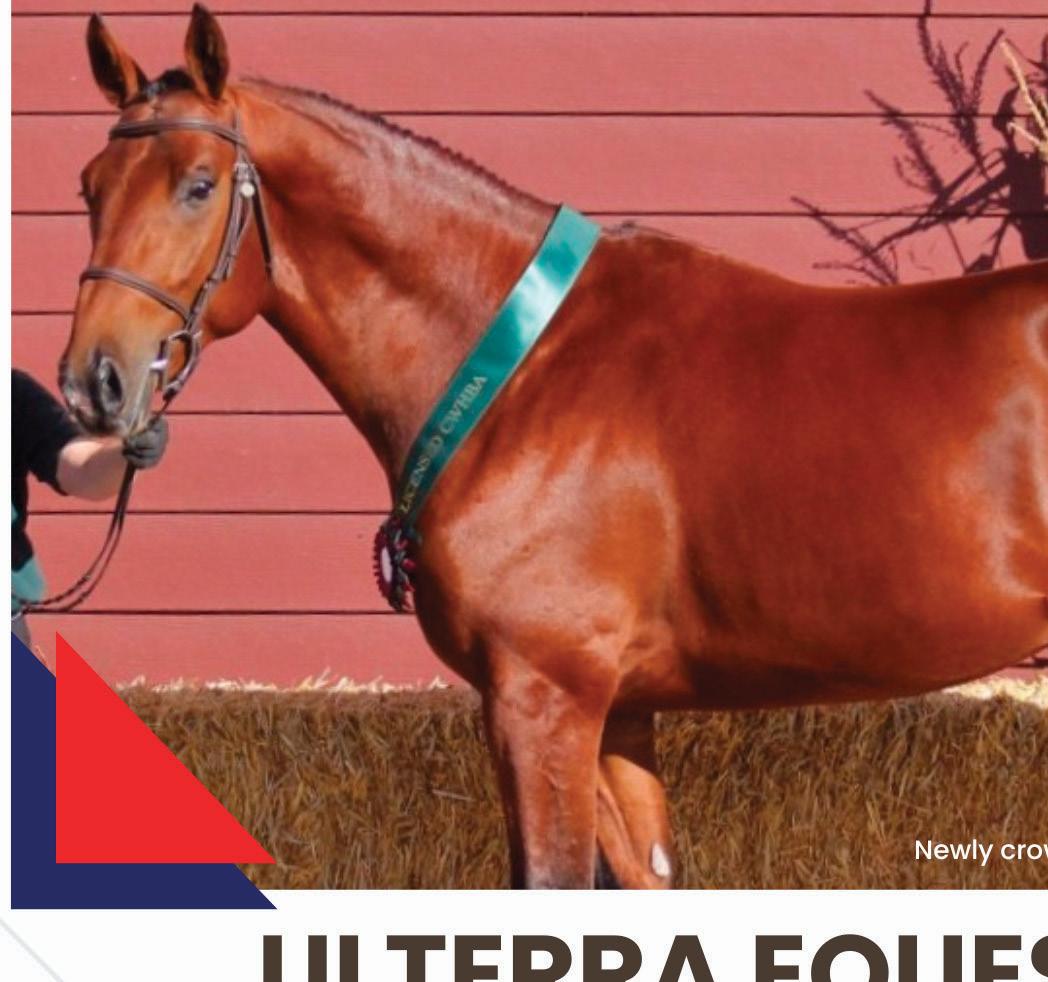
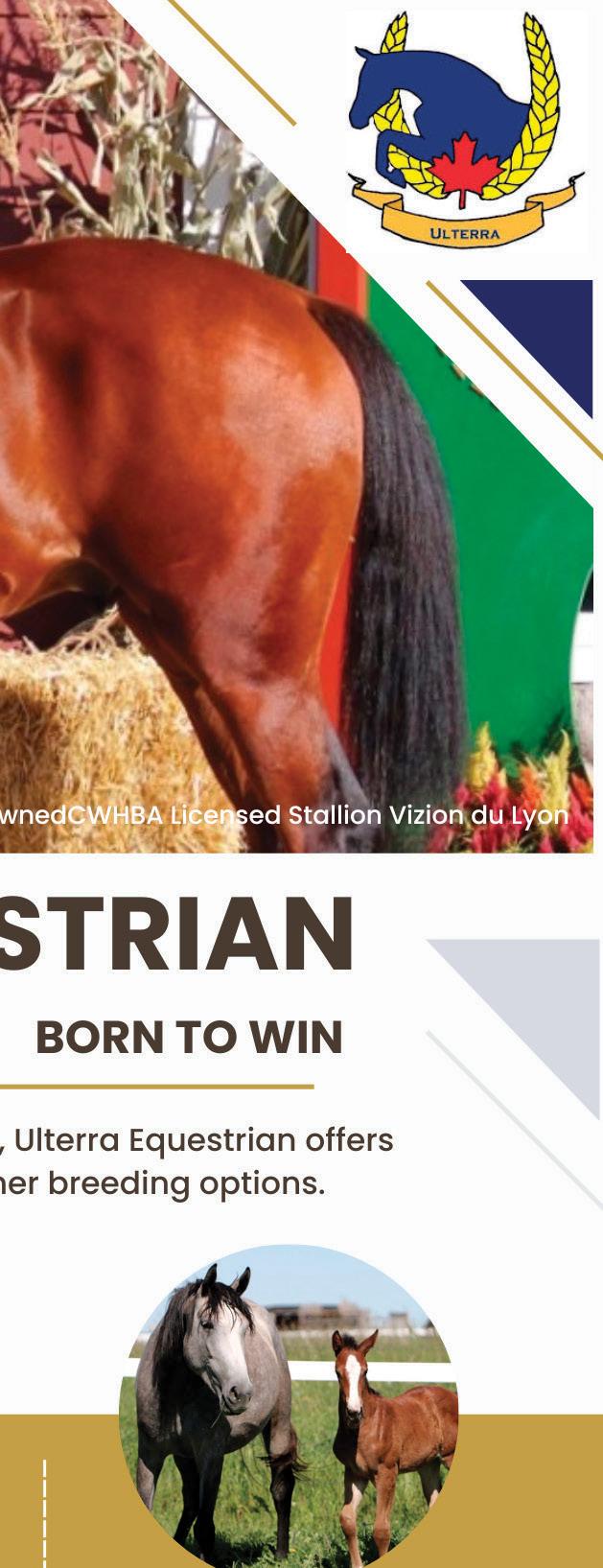
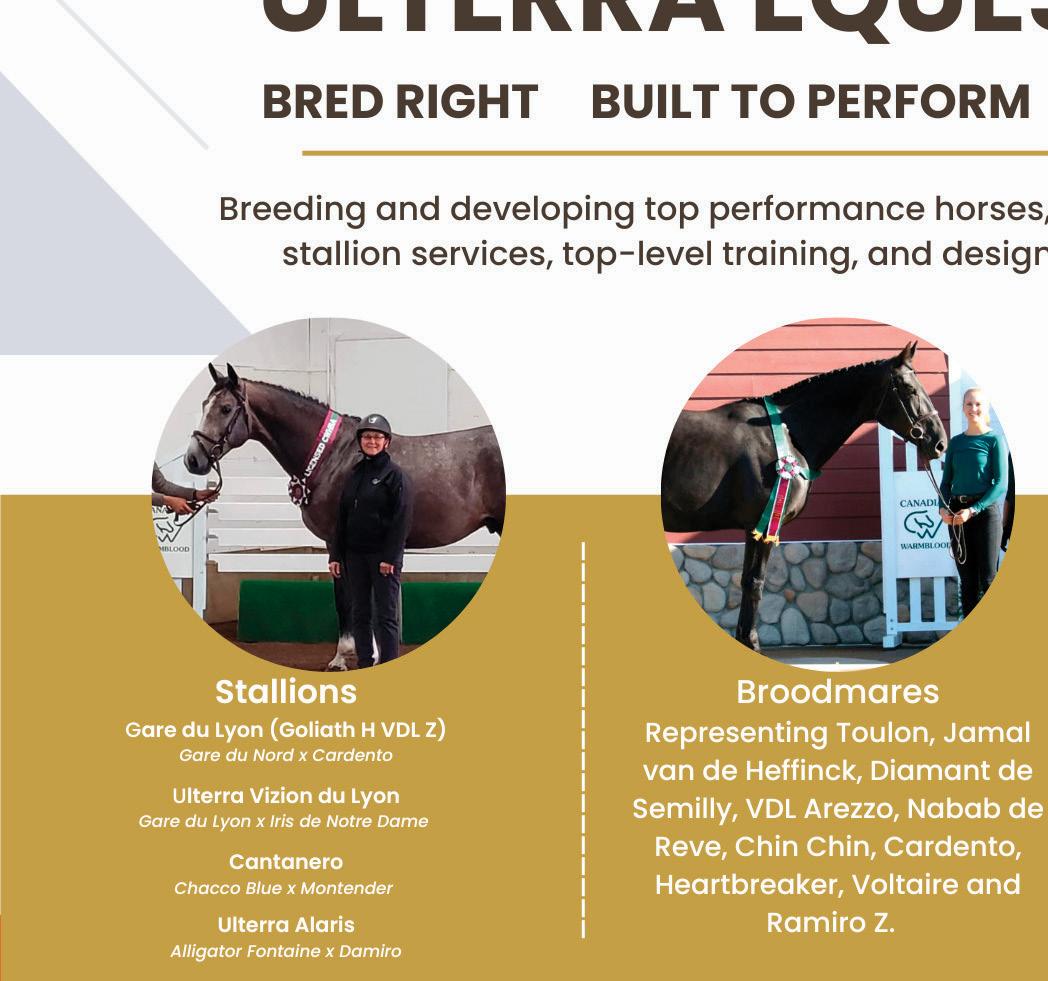
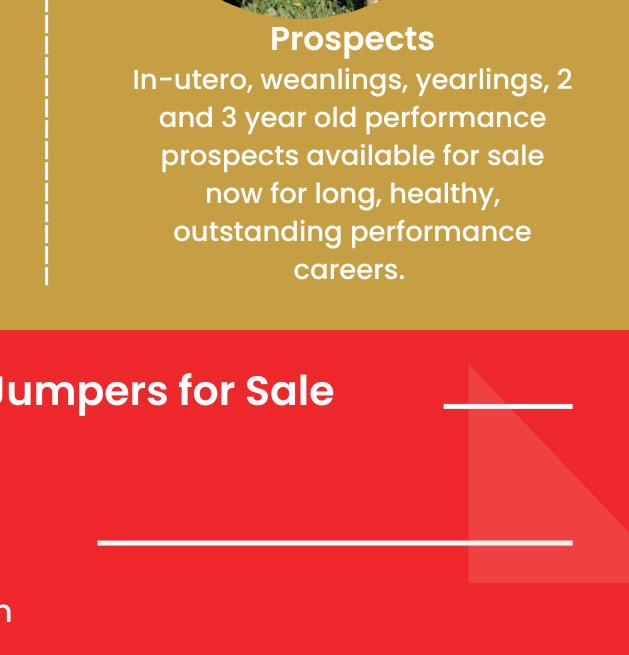





















"...perfect for those who love a riveting murder mystery with a dash of romance " Available


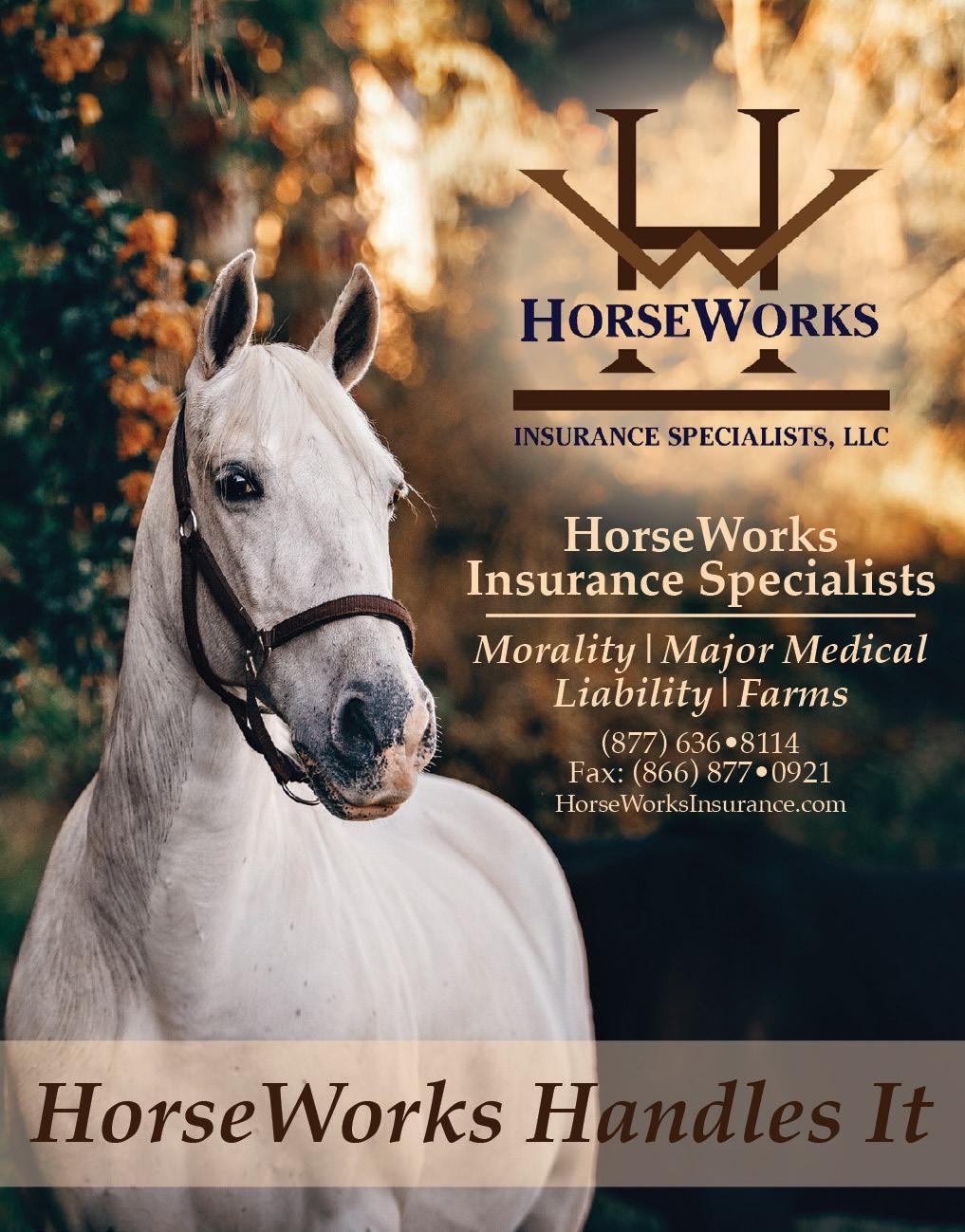


"If you’ve ever hung out at a barn, you are likely to find yourself in these pages!"

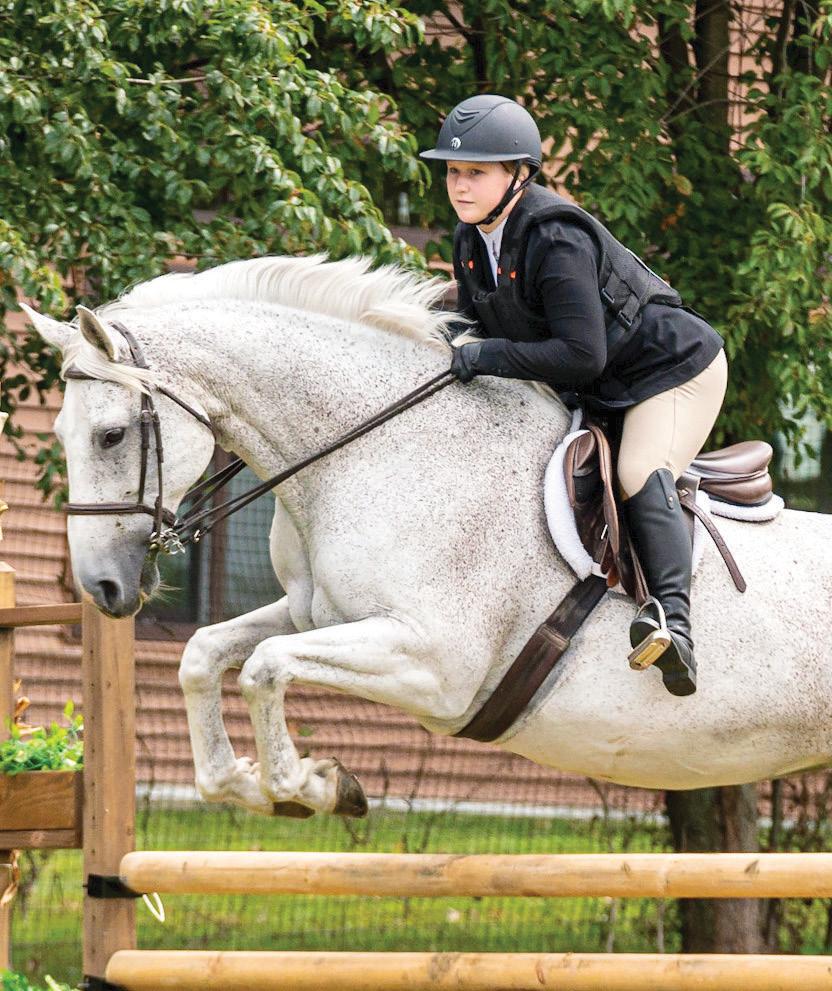











We all make mistakes. But horse people, as a group, aren’t always the best at handling them. So TPH reached out to some top riders to share their own show ring bloopers to prove, once and for all, that mistakes really do happen to the best of us!
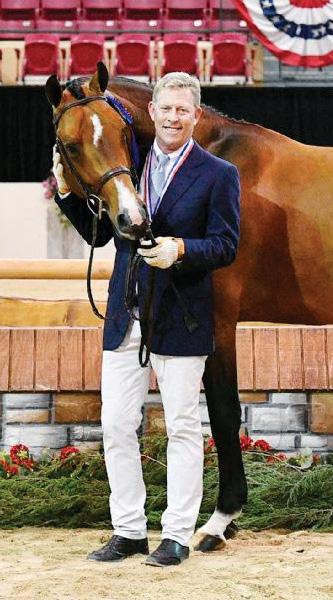
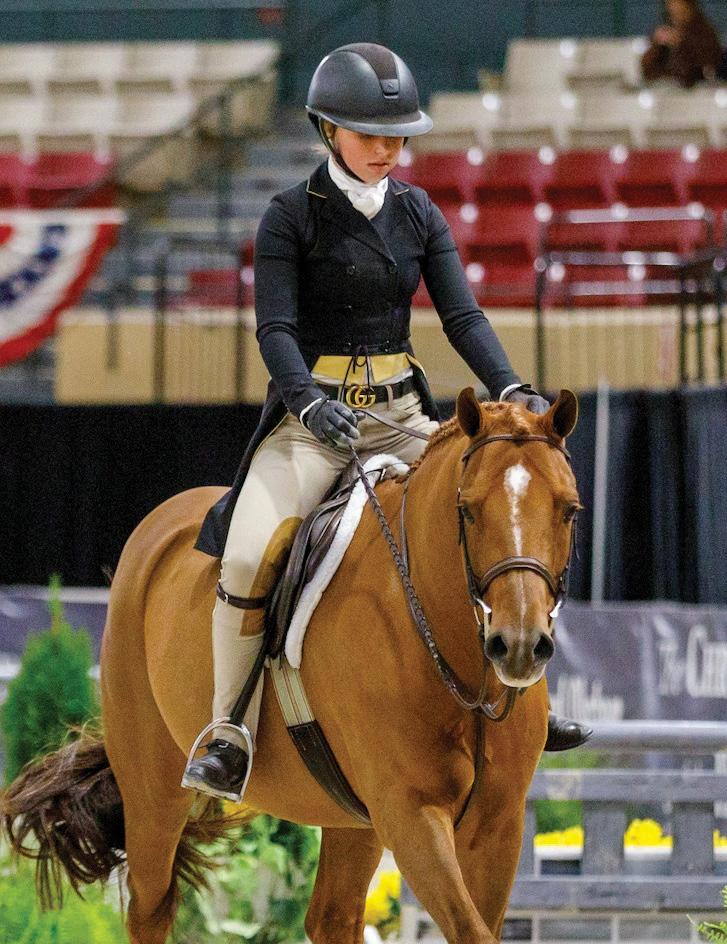
Vivian was 10, on her medium pony at Pony Finals, and she did well in the model and the hack. She’s coming back third, she goes in, jumps the first jump, it’s beautiful. Then the pony trips on the backside and Vivian almost goes flying. She’s totally discombob ulated, gets herself back in the saddle, goes back around, but when something like that hap pens you’re so shocked, so she jumped the first jump and ended up getting eliminated.”

Hear more It Happens moments on the #Plaidcast at theplaidhorse.com/listen
I had done well the first day in a first-year green division, so I thought I’d go really early the next day after winning the under saddle. I remember thinking that it had been a long time since I had made a big mis take. Well, I turned the corner and I gunned my horse so fast that I chipped so bad and ended up in front of the saddle. I could hear the judge, who was my friend, laughing.”
PHOTO: SHAWN McMILLEN PHOTOGRAPHY (SLOCUM)

The first time I went to Devon I had one client and we qualified for Devon in the Regular Working Hunters. I think I was 22 years old. It wasn’t hard to qualify in that division and I had no idea what I was doing. I got Daniel Geitner to help me—he had no idea who I was.





The last day was “make your own handy.” I did it really poorly. I probably made the hardest handy possible. I plowed out the two-stride. I decided to do an end jump and it was like a bending seven and a 90-degree turn to the double. I just took out every rail of the double.


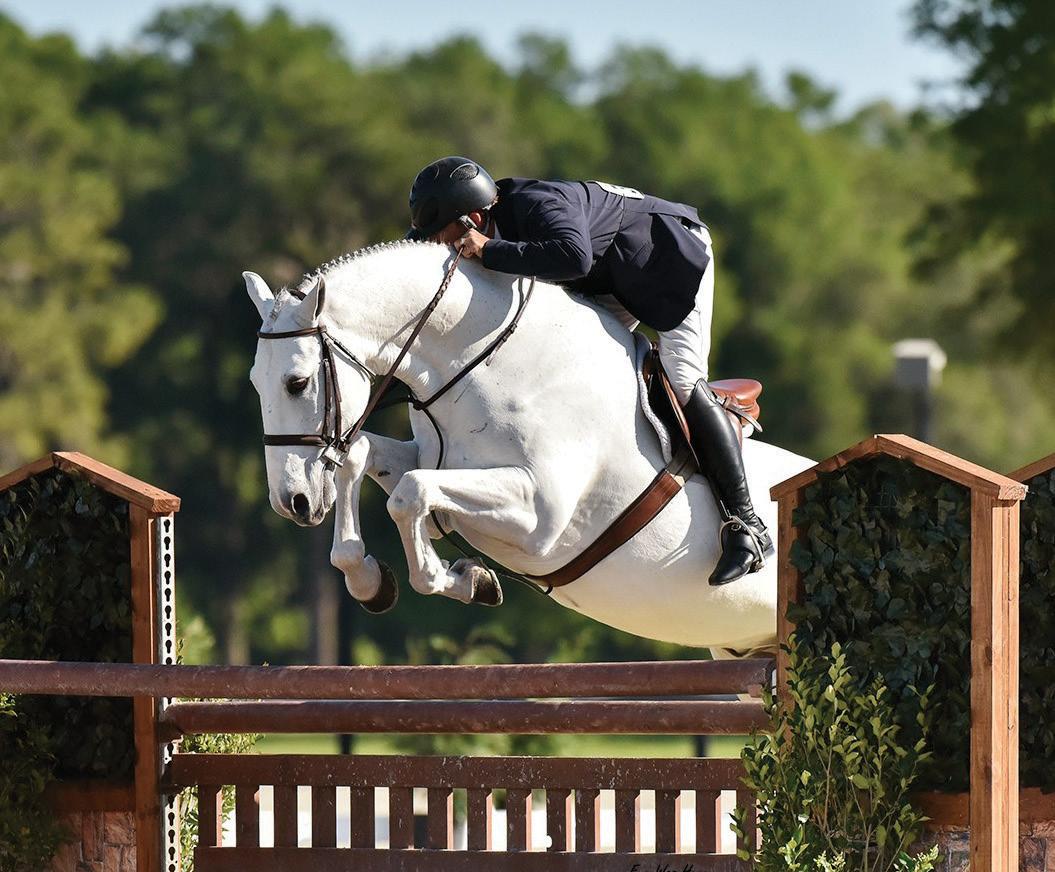



I also showed up in my beige britches and my normal tie. Daniel was like, ‘Tim, you gotta wear whites, it’s stake day.’ So, he gives me his white tie for the class, I tell him my plan, and he’s looking at me like, ‘Okay, stupid kid, whatever you want.’
I got a 24. That was my score—24! I went to give him his tie back and he says, ‘No thanks, you can keep that. Good job staying on in the two-stride.’”

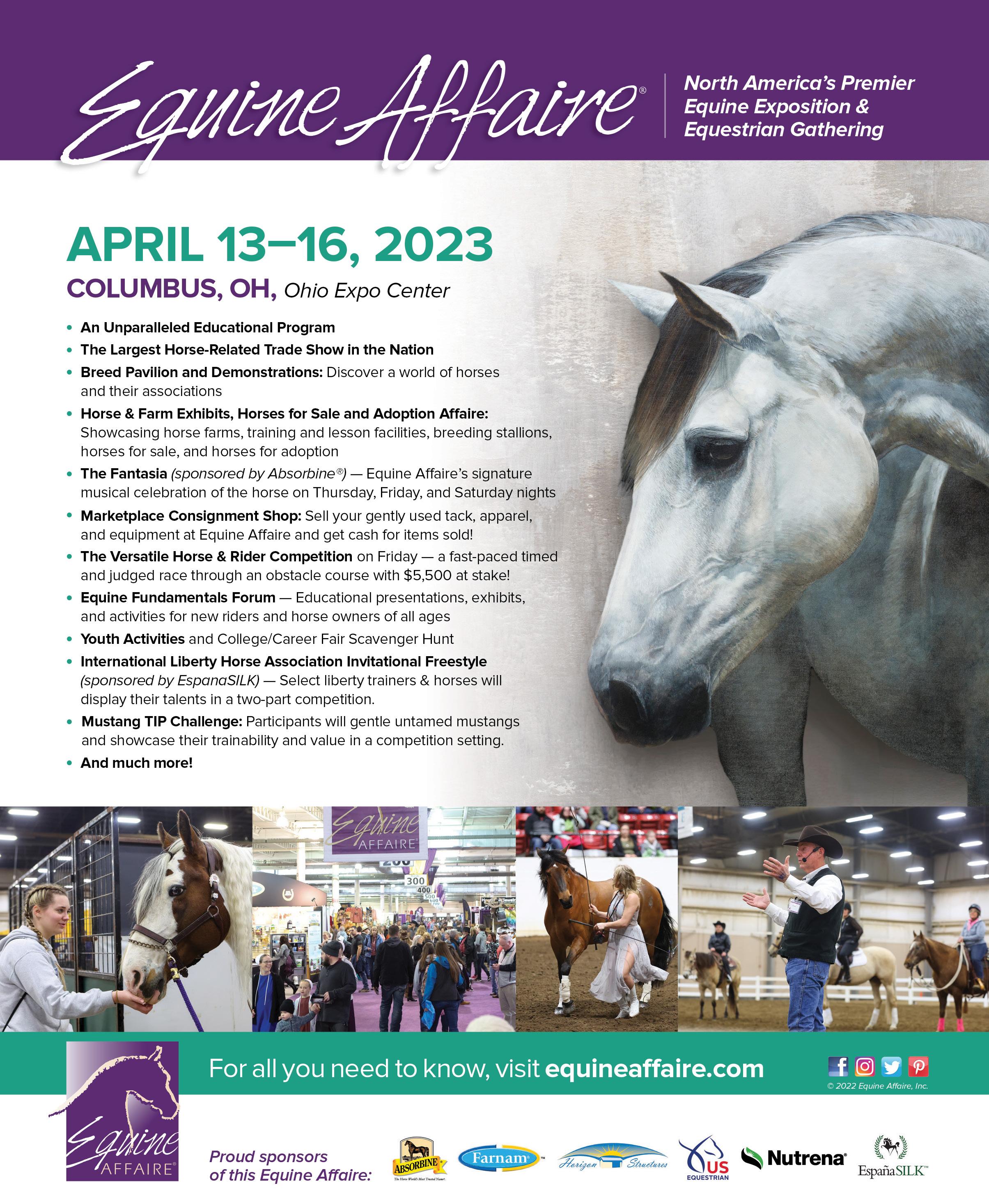
The 5-yearold Dutch Warmblood has won multiple Young Hunter championships in Florida
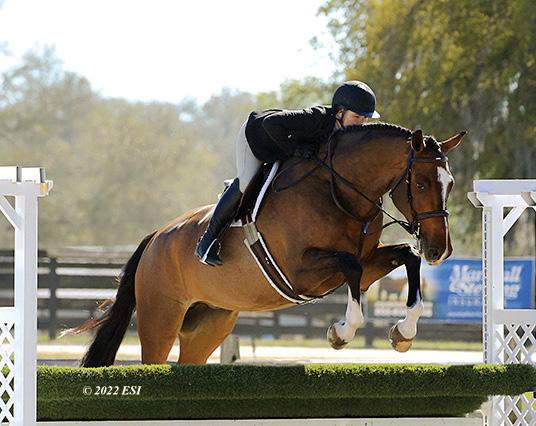

1
How does it feel to be a top 5-year-old hunter?
I don’t really understand what that means, but it makes my humans really happy so I’m happy.


What do you like about the hunter ring?
I like the hunter ring because it’s slow and methodical, like the way that I think. 3

What would surprise our readers to know about you?
My readers would be surprised that I require no prep to compete. I just go from stall to ring.
4
What’s life like for you at home when you’re not competing?
At home I do turnout, ride bareback, and trail ride down the back roads. My life is very simple.
Do you prefer the company of horses? Or humans?
I wayyy prefer humans. Horses are rude to me.


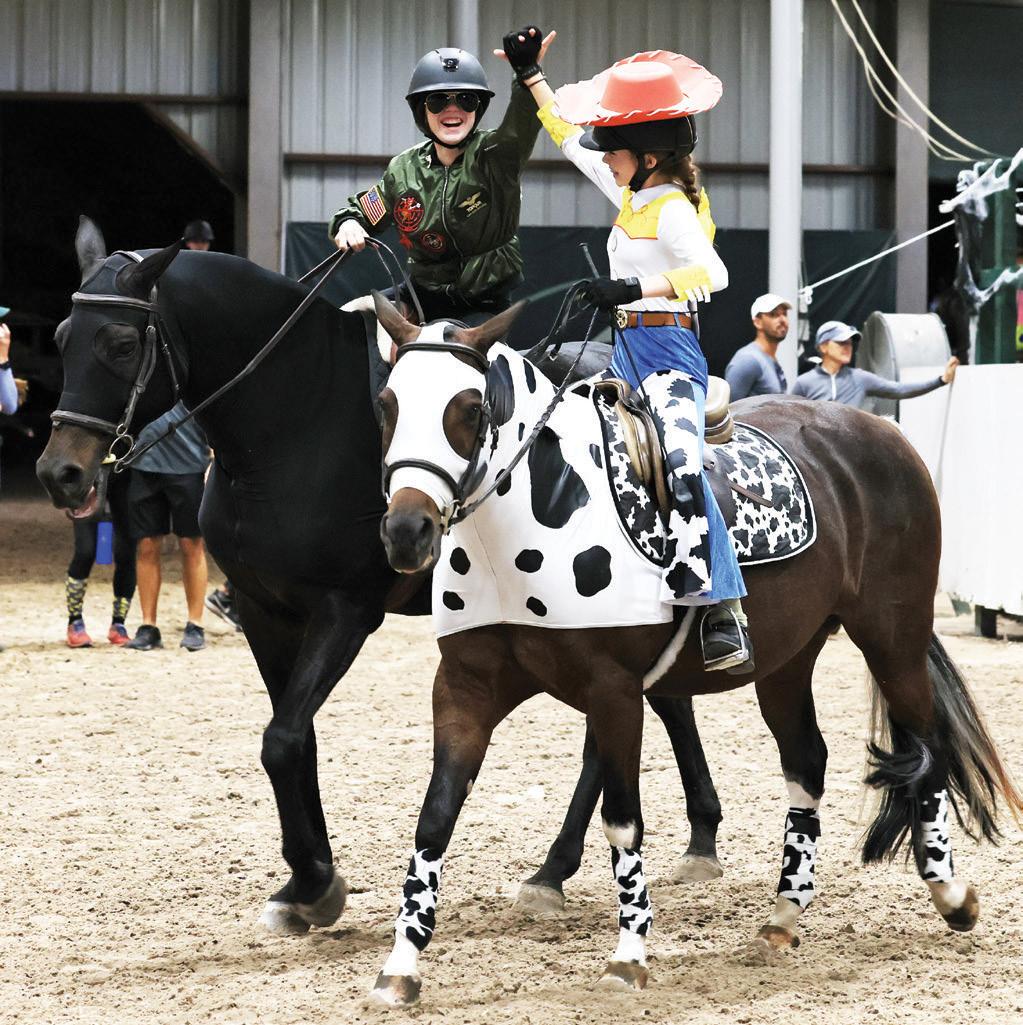

 PHOTO GALLERY
PHOTO GALLERY



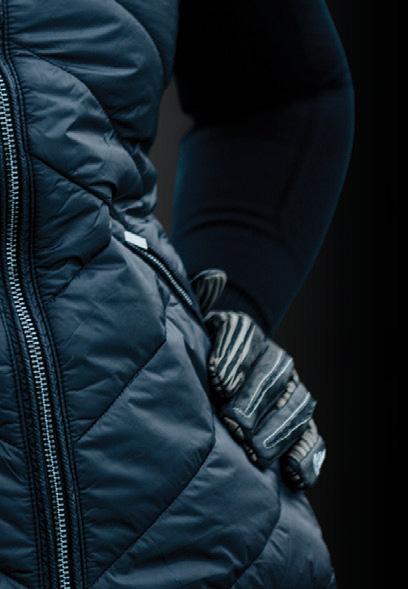


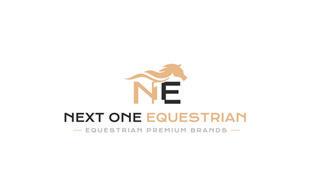



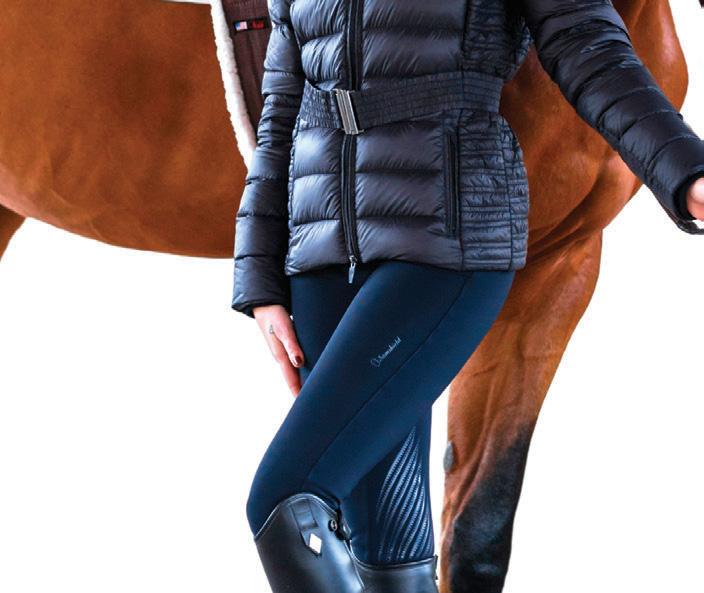




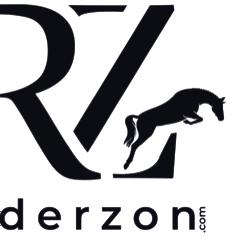


3 CHAMPIONSHIP
Leesburg, Virginia
OCTOBER 20-23, 2022
Low Adult Hunter Joey and Rennie Dyball
Zone 3’3 Amateur
Owner Hunter
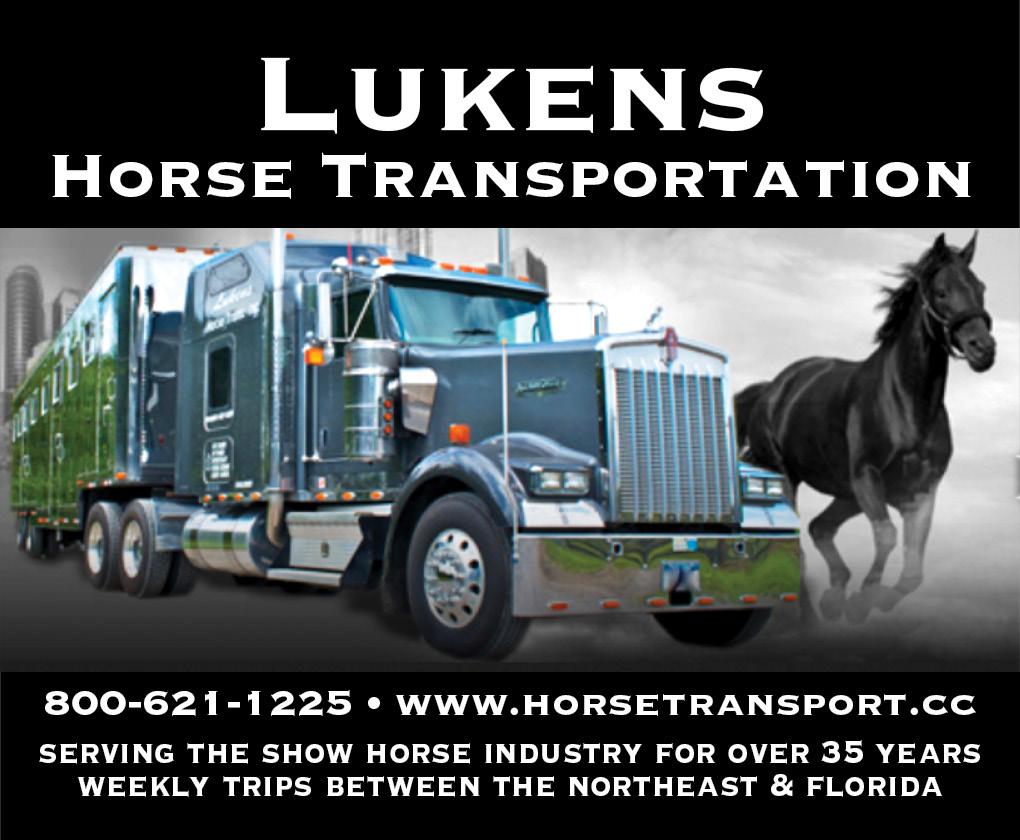
On Your Mark and Kerry Cole
Opp. Short Stirrup
Equitation Chilly Willy and Leopold Glover Reiter
Low Children’s Hunter MTM Snowday and Rylan VanCourt
MURIETA AUTUMN
CLASSIC
Rancho Murieta, CA
OCTOBER 19-23, 2022
Children’s Pony Hunter Posh Finders Keepers and Anya Esmail
Low Child/Adult Equitation Incandescent and Eloise Taylor .70-.75 Jumpers Miko and Alana Thalheimer
Performance Hunter 3’3/3’6 Lulavani and Sam Milo
NORTH CAROLINA
STATE FAIR HUNTER JUMPER SHOW


Raleigh, NC
OCTOBER 5-9, 2022
Adult Amateur Hunter 18-35 Duvel and Kelsea Hall
Childrens Hunter 15-17 Kirby Lane and Jayne Beth Martin
State Fair Schooling Pony Silver Lining and Peyson Parker
Low Child/Adult Jumper 1.0M Fitz River and Ella Craft
TUCSON FALL FESTIVAL Tucson, AZ
NOVEMBER 2-6, 2022
Beginner Equitation 2’3 Ice Cream and Stacey Slick .80M Non Pro Jumper Gus and Anne Foley
Baby Green Hunter C’est La Vie and Jade Hodgeson Junior/AO Hunter Barbados and Adelaide Quigley



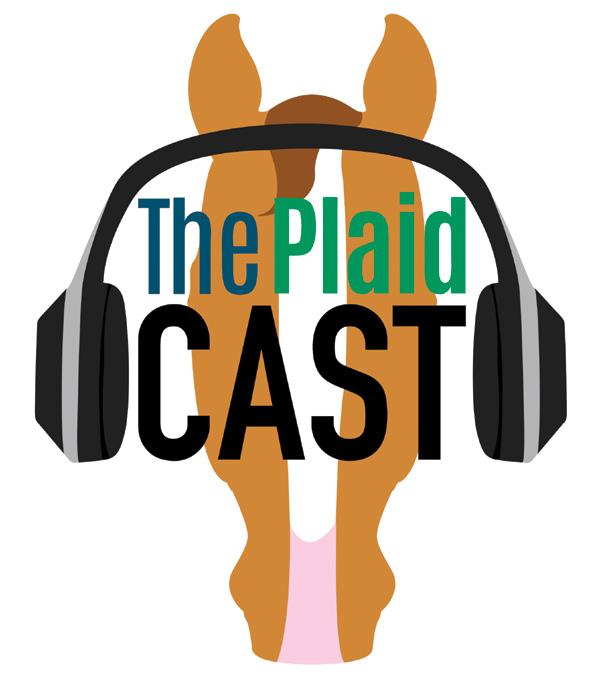


YOU DON’T NEED TO spend much time with Savannah Strome to pick up on the special con nection she has with her animals. Hand grazing one of her horses at a show in Michigan over the summer, she smiles as the gelding sniffs out the perfect patch of green. Unhurried, and without a cell phone in sight, she peacefully takes in her horse’s downtime.
Strome competing over the years, from her pony days in California (LEFT) to the 3’6” Junior Hunters at the Great Lakes Equestrian Festival in Traverse City, MI, (RIGHT ) and at the Pennsylvania National Horse Show in Harrisburg, PA (CENTER )

“I can still remember the first day I got on my first pony to ride at three and a half years old,” Strome tells The Plaid Horse. “It was just so exciting. I’ve always had a love for animals and nature.” Currently showing in the Small Junior Hunters and the High Children’s Jumpers, she’s built upon her love of animals with some big initiatives. At just 16, Strome has already formed a nonprofit, Climate Justice for All, and she’s starting a podcast to interview scientists and students about their experience with climate change, as well
as to provide solutions for listeners.

“My goal is to spread awareness and provide easy, simple green alternatives,” says Strome. These projects have been a long time coming for the equestrian, who rides with Balmoral in southern California. “I spent most of my childhood outside, whether it was riding, camping, or swimming in the ocean,” she recalls.

“My passion for horses and the environment inspired me to launch my nonprofit. It’s easy to take for granted the horses and the overall world that we are given, but we are losing it. Climate
justice is the idea that the people most affected by climate change are the ones least contributing. Climate Justice for All focuses on this idea that communities are being unfairly subjected to the effects of climate change, and seeks to remedy this.”
Strome is also collaborating with WildAid, a global wildlife conservation group, this summer, providing aid to conservation efforts in Gabon and Zimbabwe. Together, they’ll work to educate people on the biggest contributors to climate change,
“What’s always stood out to us about Savannah is her empathy for the animal. From her pony days until now—competing at a high level in the hunter and jumper rings—she’s always had that soft, special way with her horses. They can sense that, and always try their best for her.”
—TRACI AND CARLETON BROOKS
particularly In Africa. The group will launch a series of animated short pieces to explain global warming, climate change, biodiversity, and more.
Not surprisingly, Strome’s environmental passion is a time-consuming one, along with her studies as a junior in high school. So she’s particularly grateful to find a balance with her horses—Castle, whom she shows in the Small Junior Hunters, and Dena d’Eclipse, her partner for the High Children’s Jumper. A third horse, Cathartic, is currently rehabbing an injury. “Fitting riding time into my schedule can be challenging, but it is essential for me,” says Strome. “My academic life can be very demanding so going to the barn is my escape from that. I value my academics just as much as I value the time I spend with my horses,
so I try to make room for both.”
“Riding and spending time with my horses allows me to disconnect from the stressors of high school and focus on my horses,” she adds. “The barn has become a safe space for me when I’m feeling stressed in my school or social life. Spending time and getting to work with my horses makes me happy and reminds me how lucky I am every day.”
The horse show is an extension of that happy place and safe haven for Strome. “I love getting to show my horses and going to horse shows because of the atmosphere and how much I learn,” she says. “Riding horses is an endless learning process.”



“My barn, Balmoral, is my team that supports me and makes each show fun. I also love getting to meet my competitors and rooting for them. Without horse shows I wouldn’t have been able to meet some of my closest friends. Most
importantly, I know my horses love it. They can sense the friendly competition and the pressure, and they work just as hard as I do to make each show better than the last.”
Strome’s trainers at Balmoral have also taken notice of what their young rider can bring out in her animals. “What’s always stood out to us about Savannah is her empathy for the animal. From her pony days until now—competing at a high level in the hunter and jumper rings—she’s always had that soft, special way with her horses. They can sense that, and always try their best for her,” Traci and Carleton Brooks tell The Plaid Horse.
“It’s been interesting over the years to observe the relationship between Savannah and her horses and ponies,” adds her mother, Tammy Strome. “There truly is an empathetic bond where they seem to carry each other. I have noticed

“I remind myself that staying focused on my own personal journey is the best way to improve, to appreciate my horses, and, most importantly, enjoy the sport.”
—SAVANNAH STROME
that, for her, the accomplishment comes in the challenge to be present, in the moment with her horses. I think for her the goal isn’t to always win, but to show up with her best self, a positive attitude and to keep learning.”
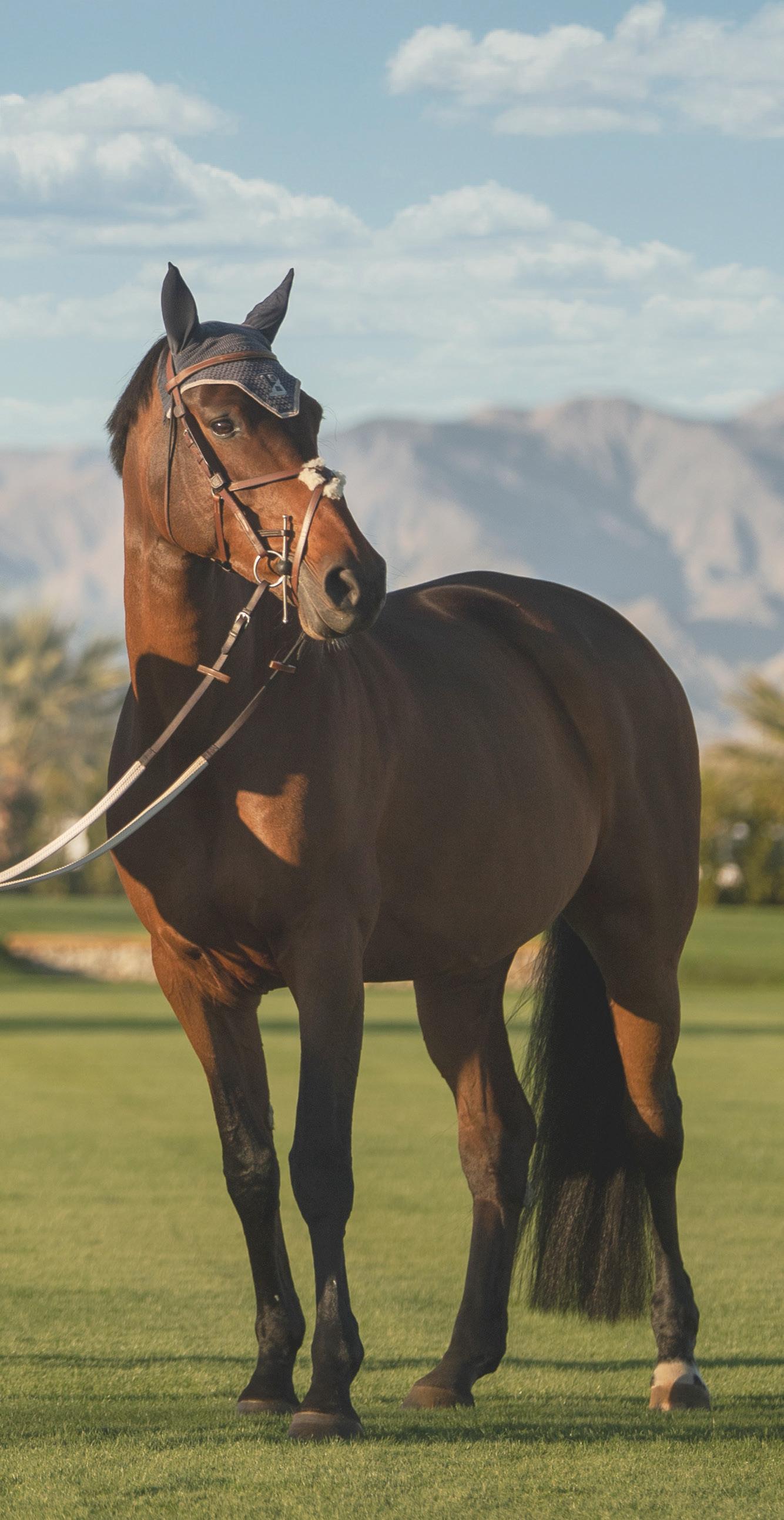
SPORTSMANSHIP—AND (NO) SOCIAL MEDIA
Strome’s positive attitude was recognized last year in Harrisburg, where she was awarded the Best Sportsmanship Award in the Junior Hunters. In addition to her sportsmanship, Strome stands out from the crowd by skipping social media. “It’s hard not to compare yourself to other juniors,” she says. “I’ve learned that, for me, staying off social media is best, because it can create unhealthy standards. Social media only presents the best of each rider, without demonstrating the journey it took to get there. I remind myself that staying focused on my own personal journey is the best way to improve, to appreciate my horses, and, most importantly, enjoy the sport.”
Strome is looking forward to once again showing at Traverse City Horse Shows in Michigan this summer. “I love showing there. The show grounds and green fields are my favorite, and my horses love it too,” she says. “The atmosphere is friendly and challenging, which is the perfect environment to learn. It’s my favorite horse show.”
Looking ahead, Strome is eager to explore beyond California during her college years, perhaps on the east coast, or even internationally. With an interest in STEM, “I want to be a part of this new age of scientific discovery, and hopefully contribute,” she says. “Ever since I was little, I have always wanted to explore the unknown, and I want to nurture this passion for exploration in college.”
But no matter where her education and adult life take her, Strome says that she will always come back to horses.
“I plan to continue my riding career far into the future. Whenever I picture what’s to come, horses are always in it,” she says. “The sport is my passion. It keeps me grounded while also driving me to work hard.”
Simply put, “My life wouldn’t be the same without my horses.”









